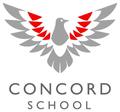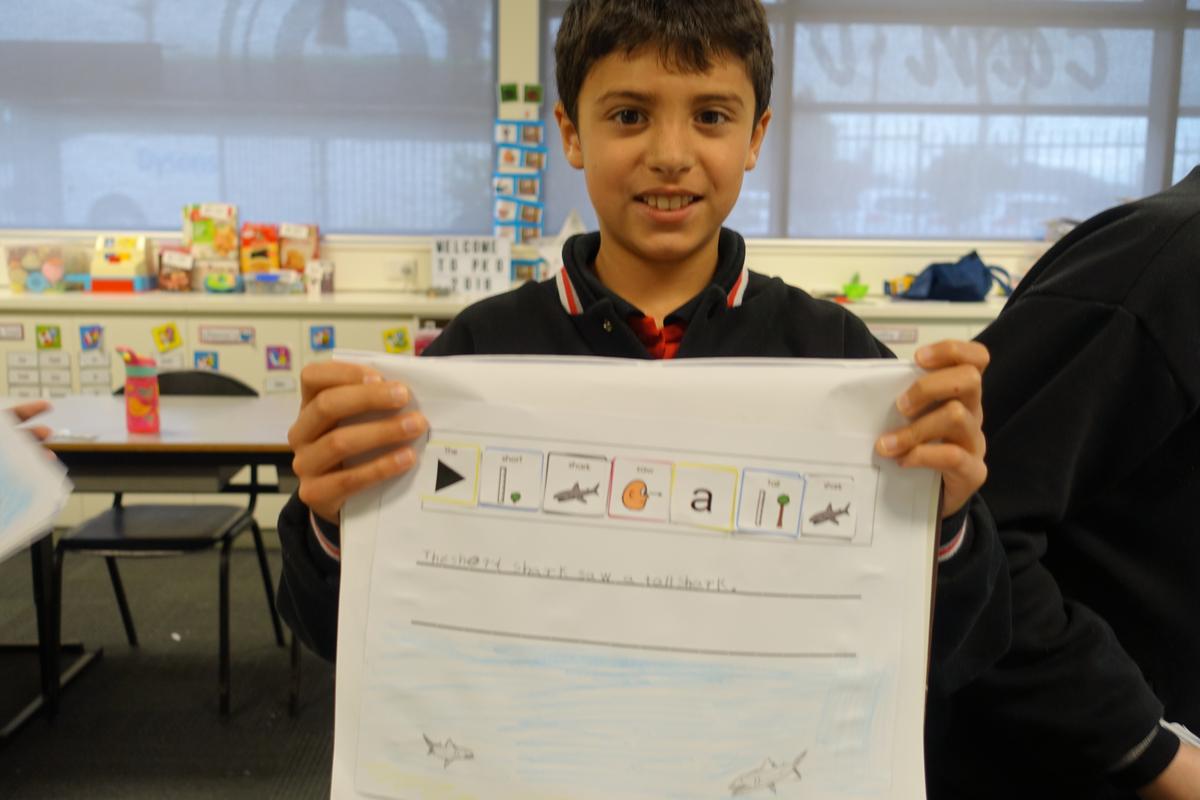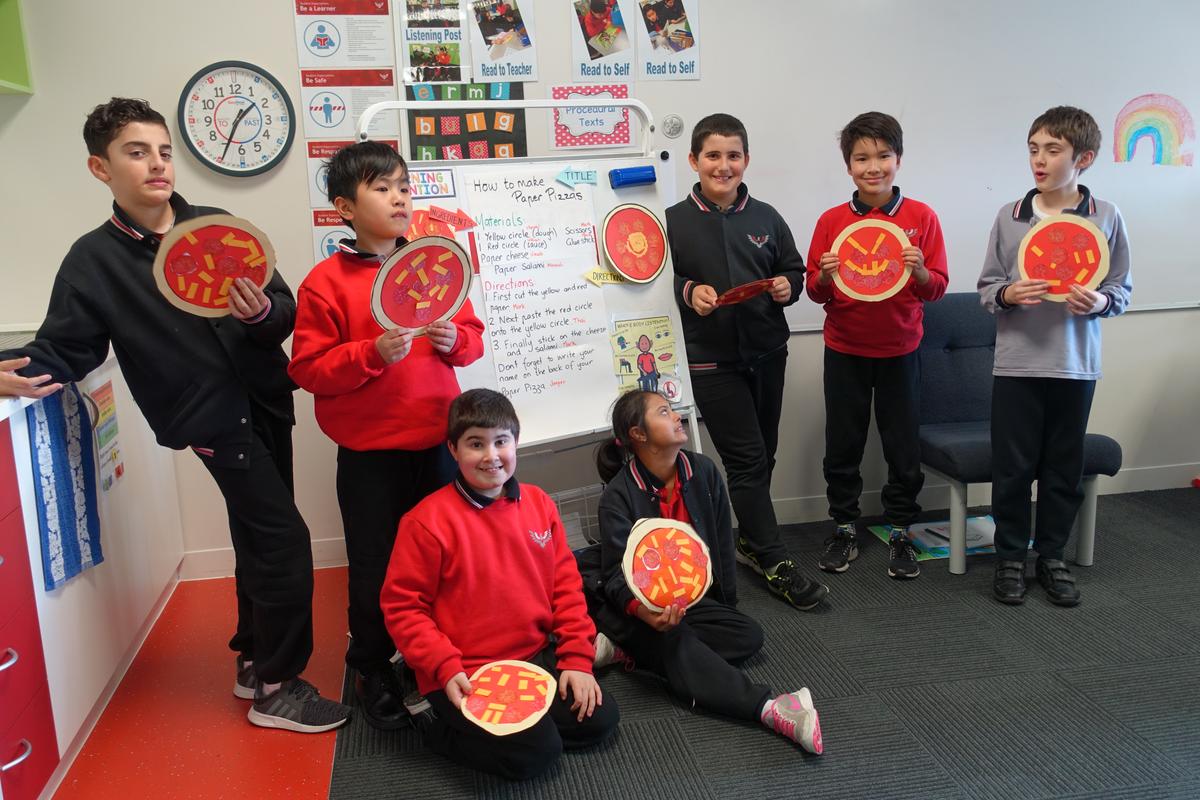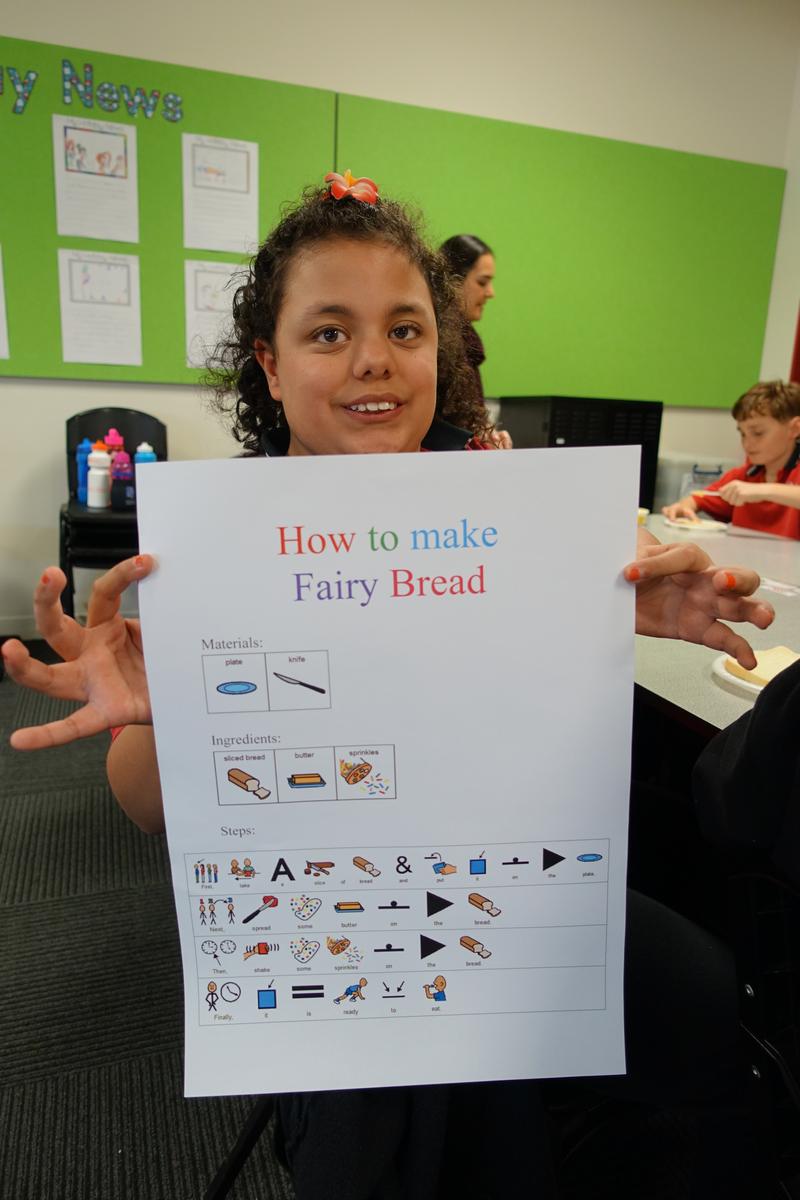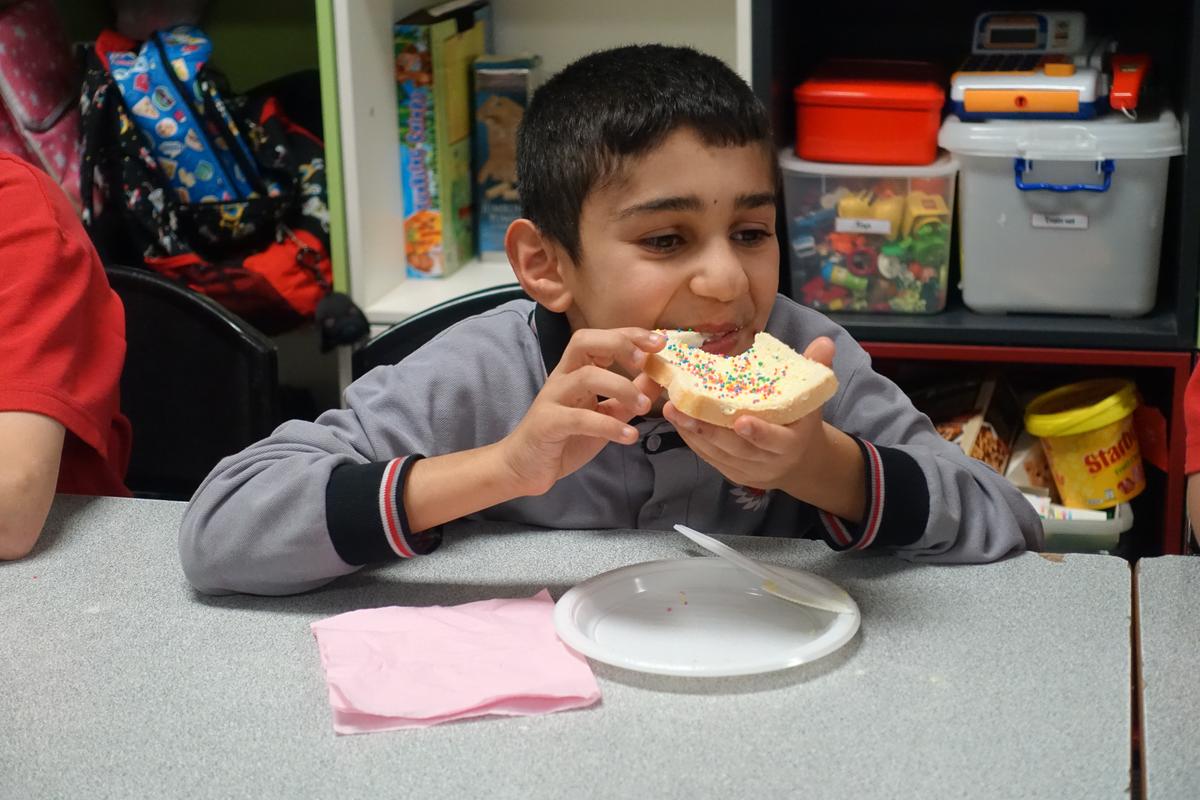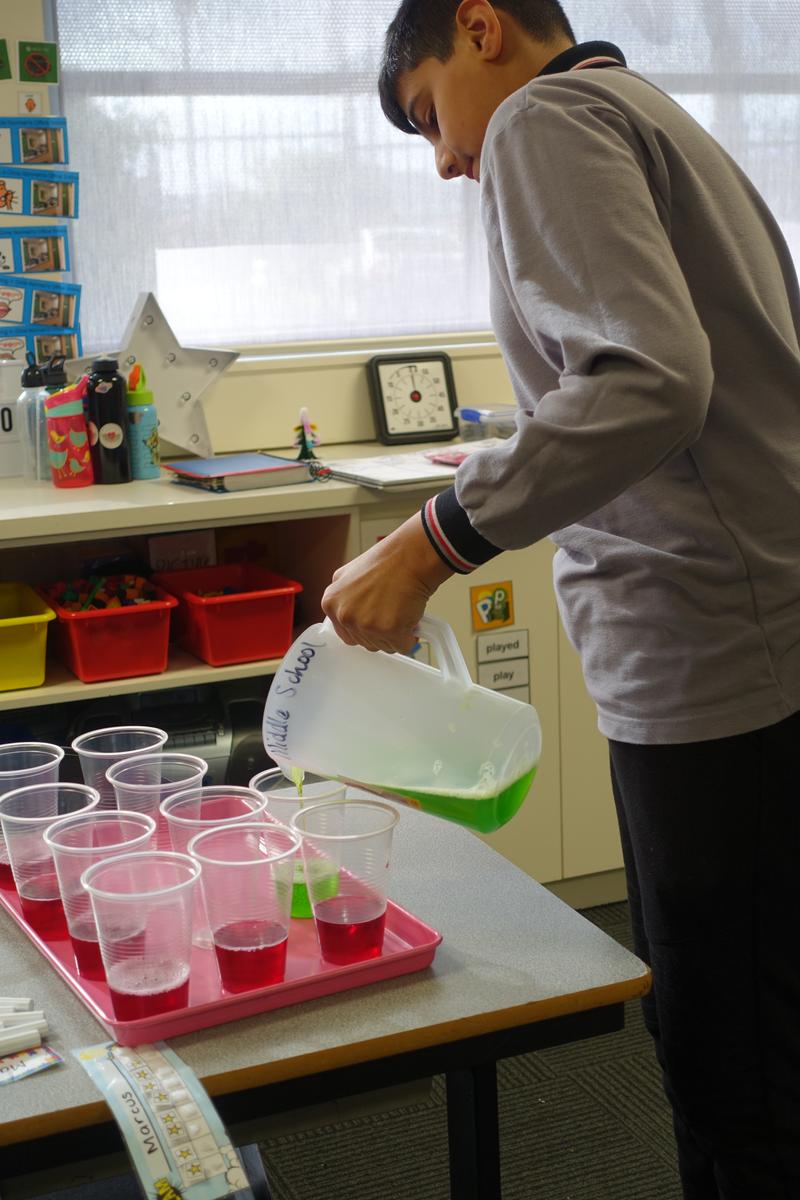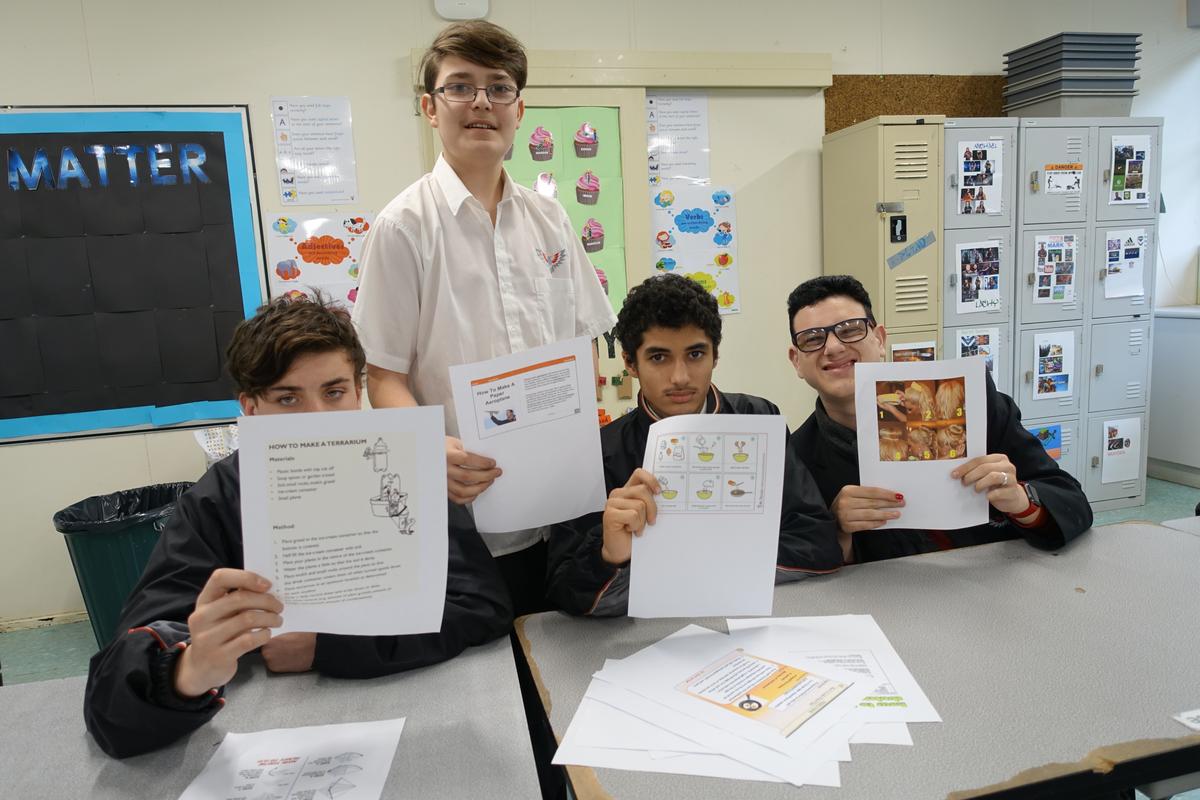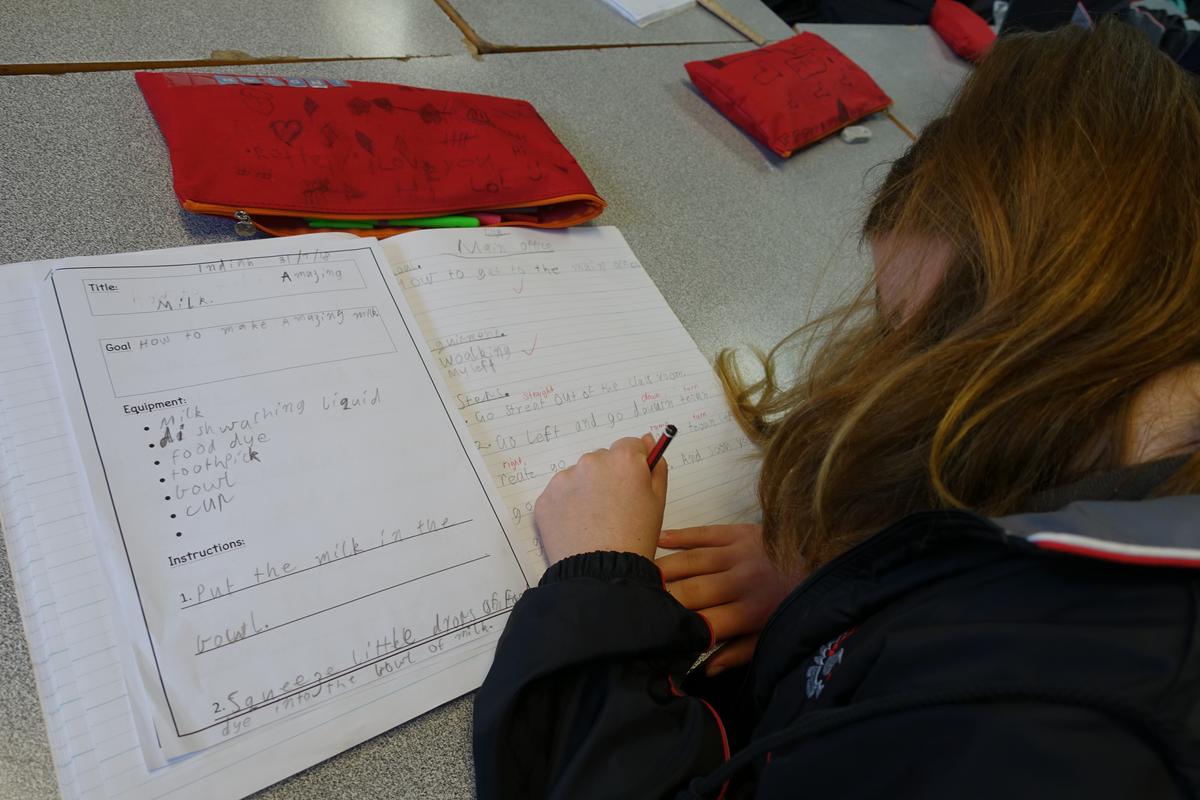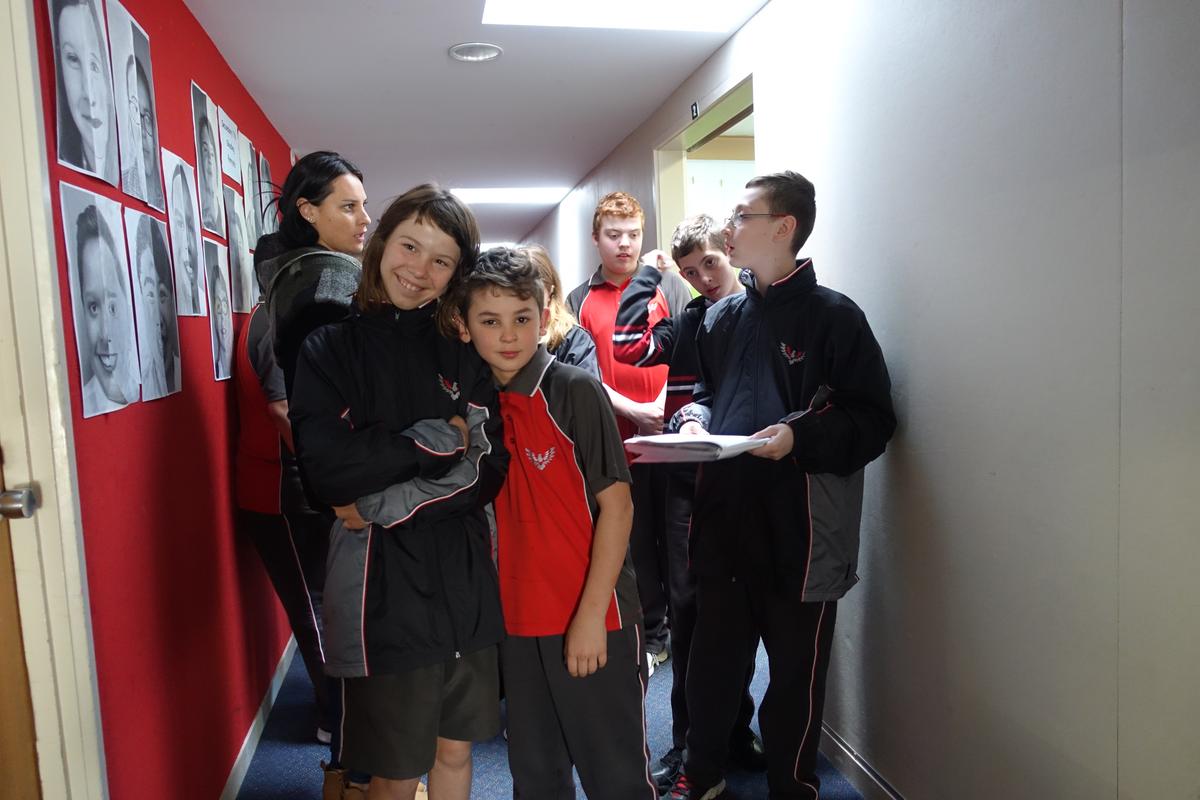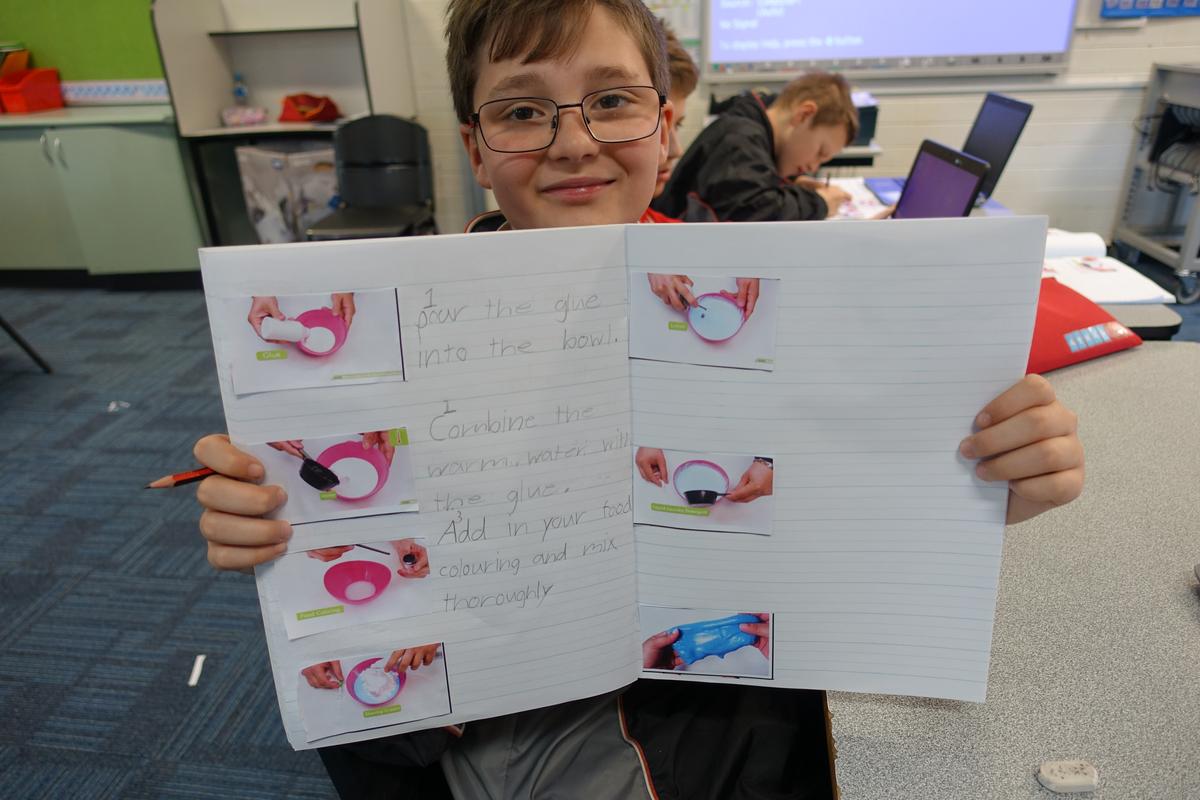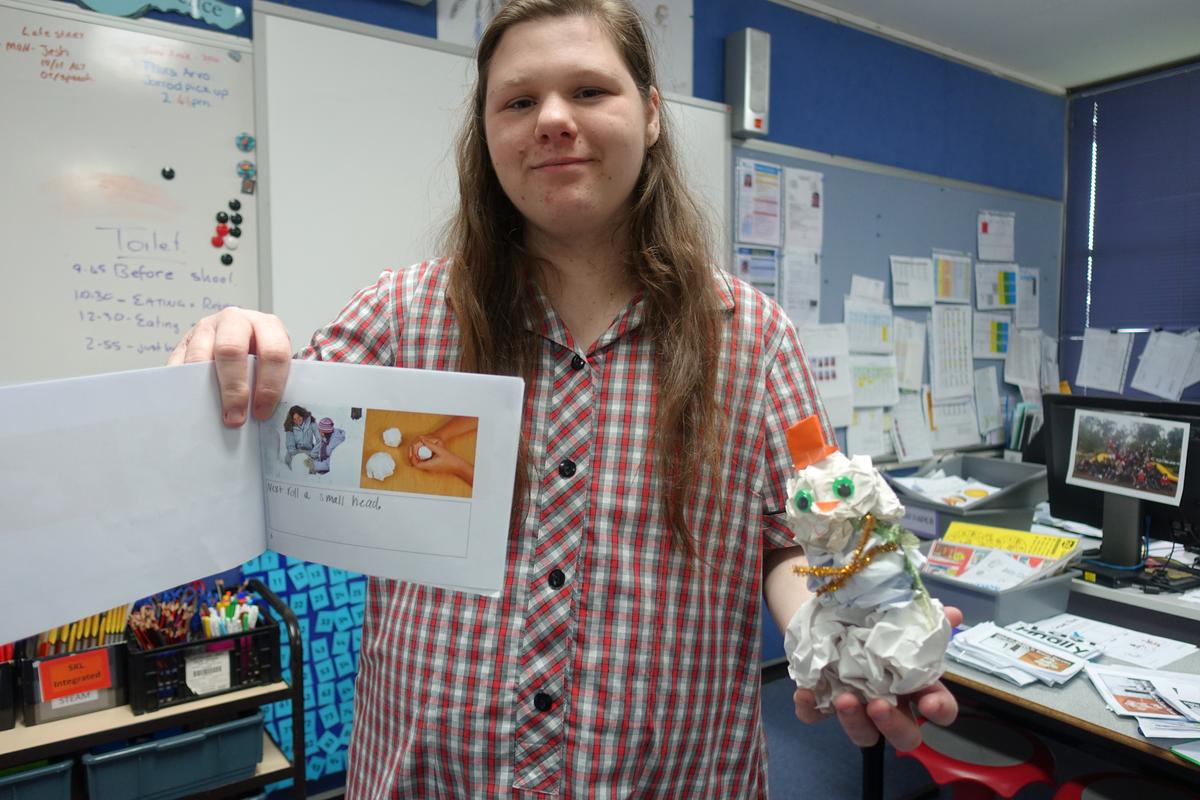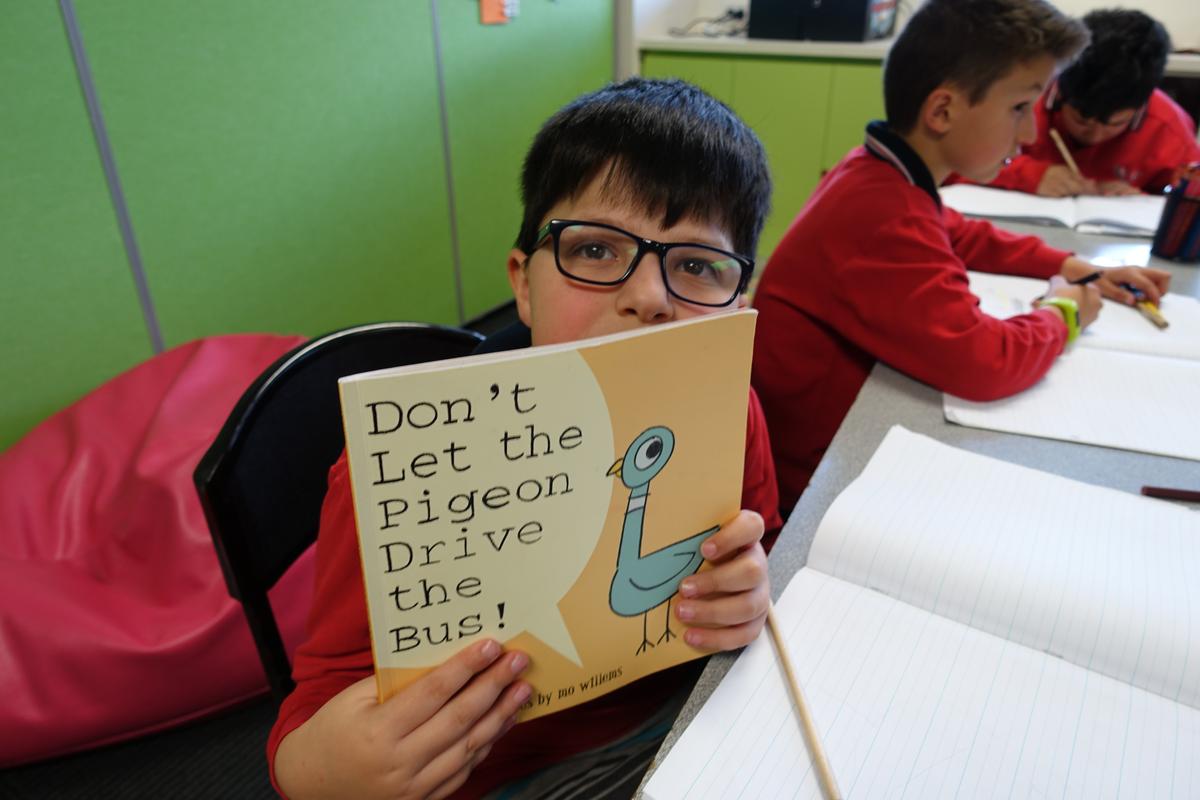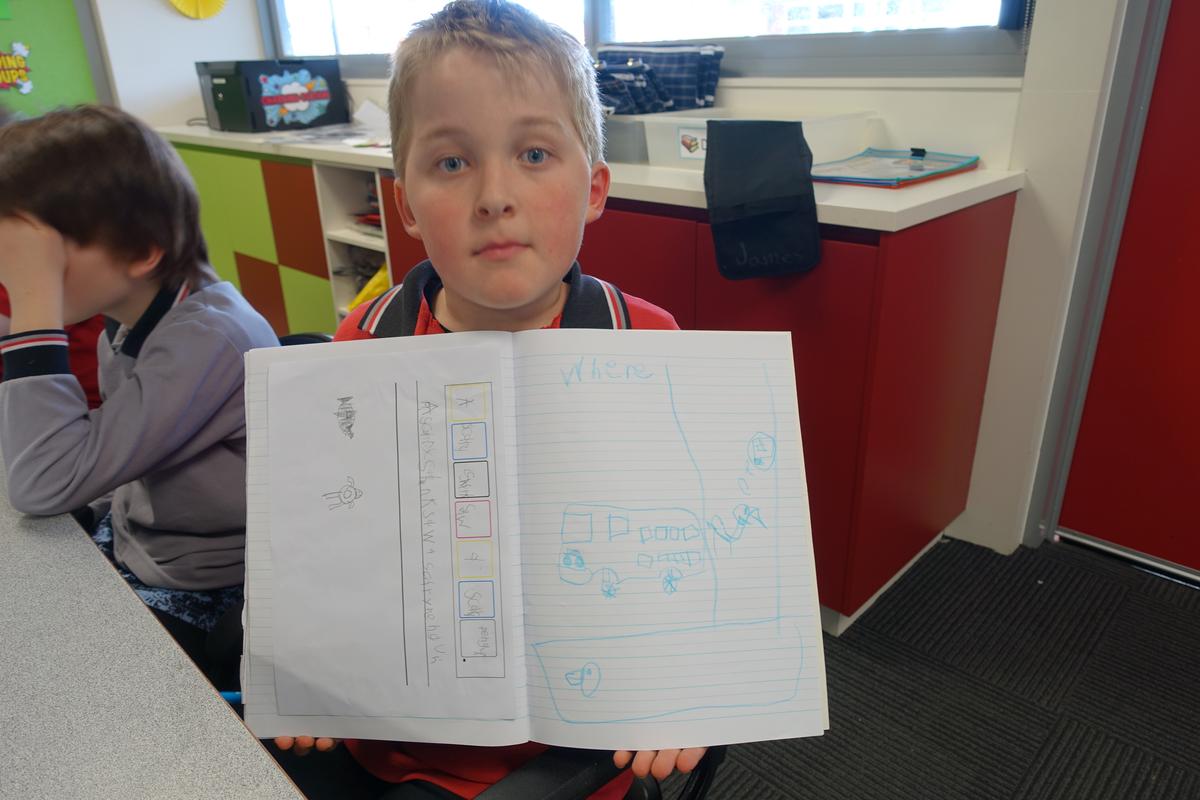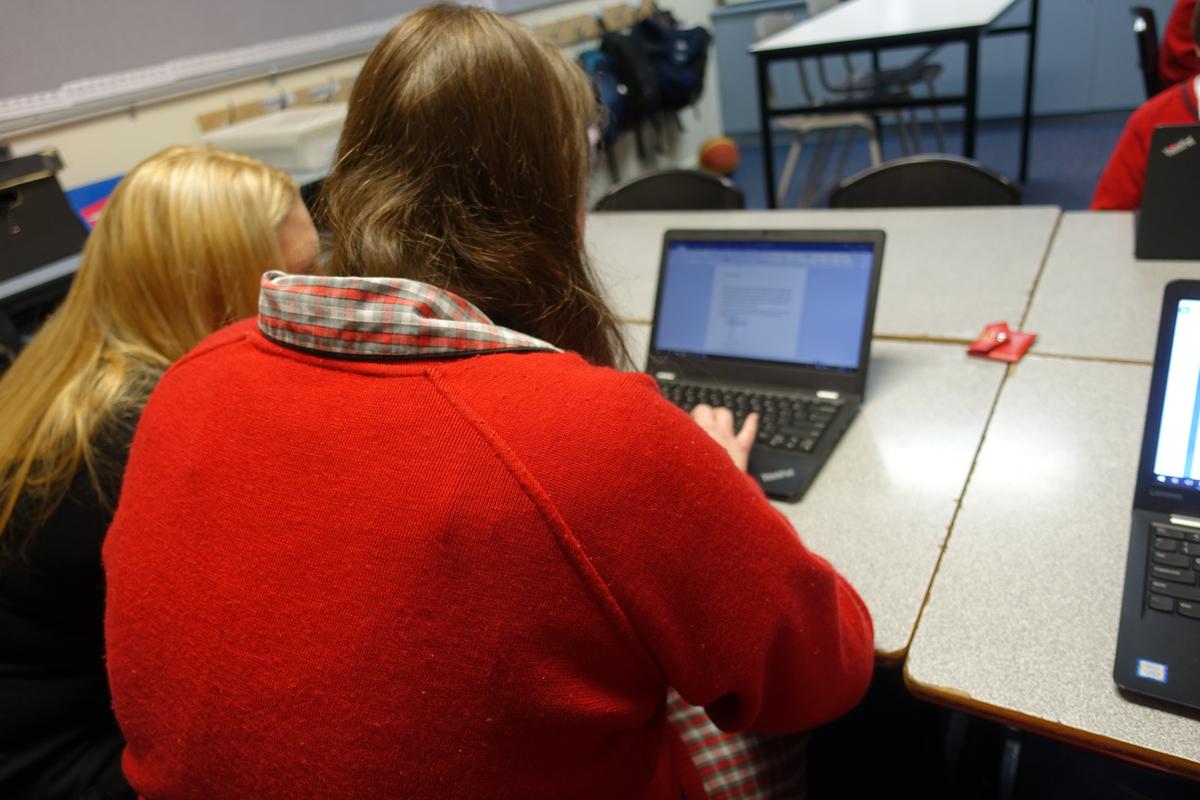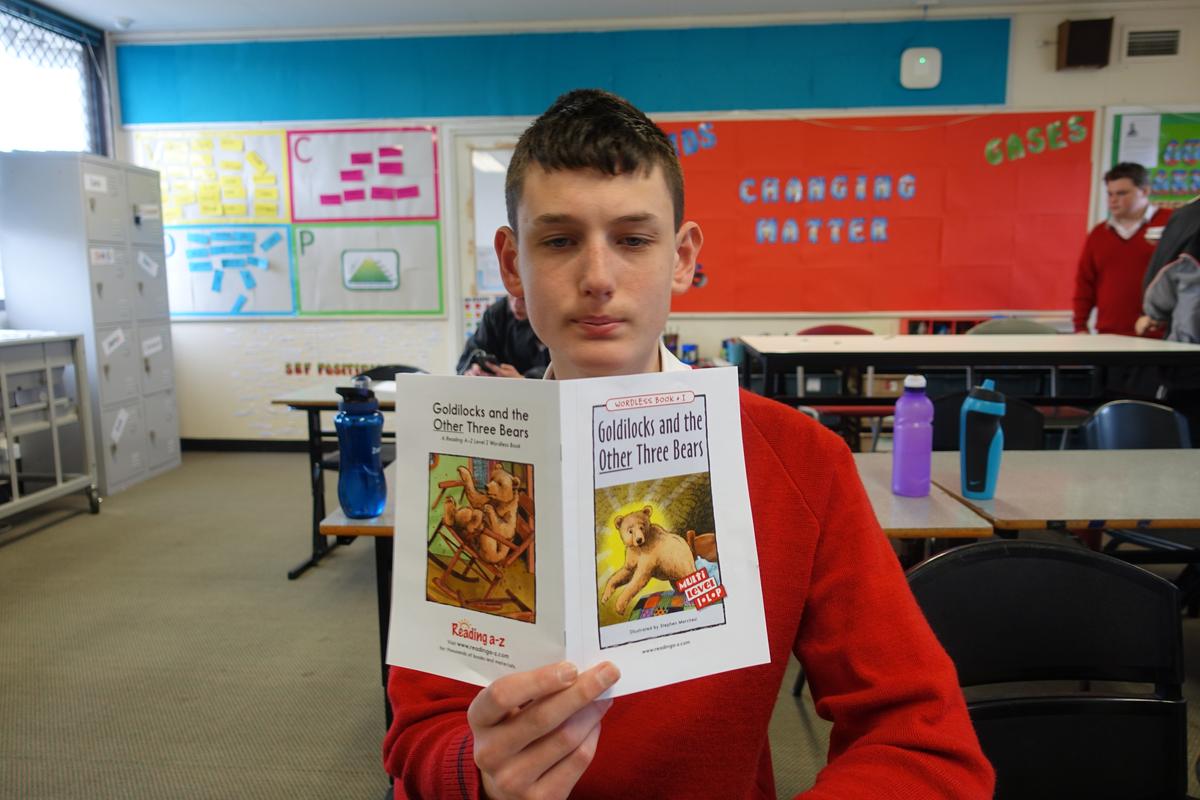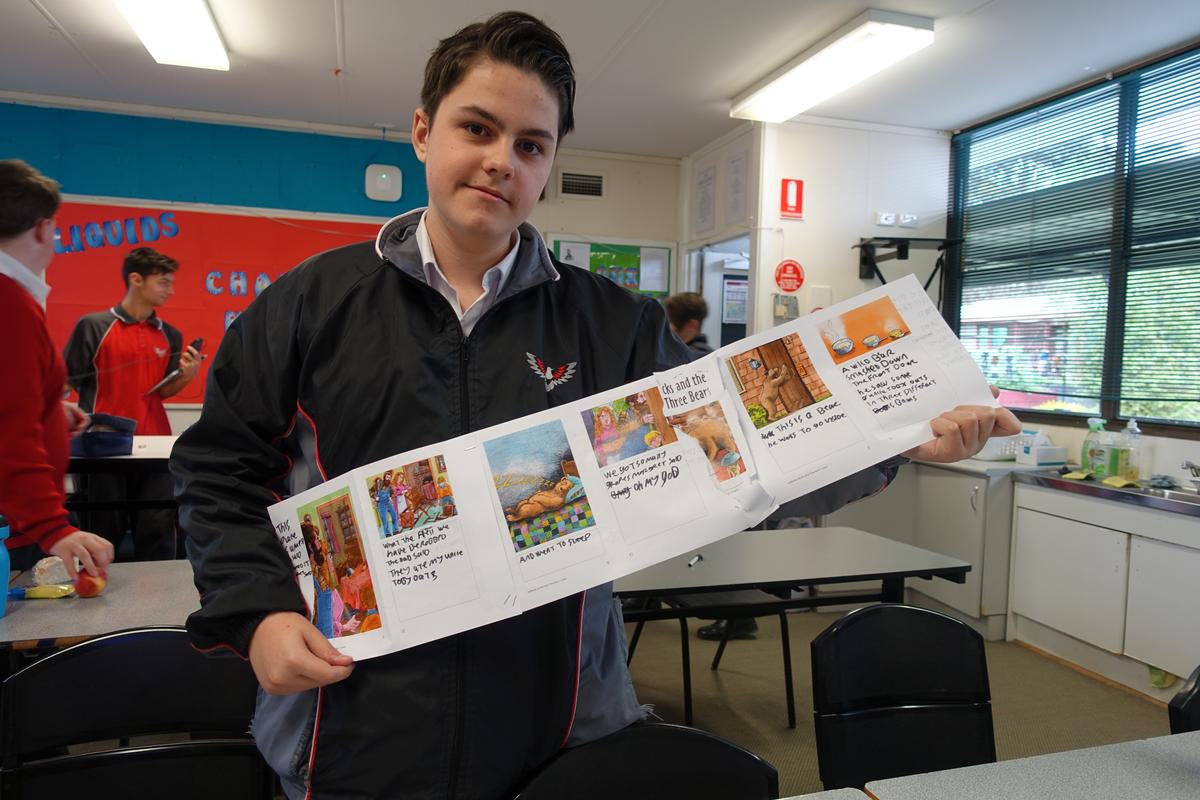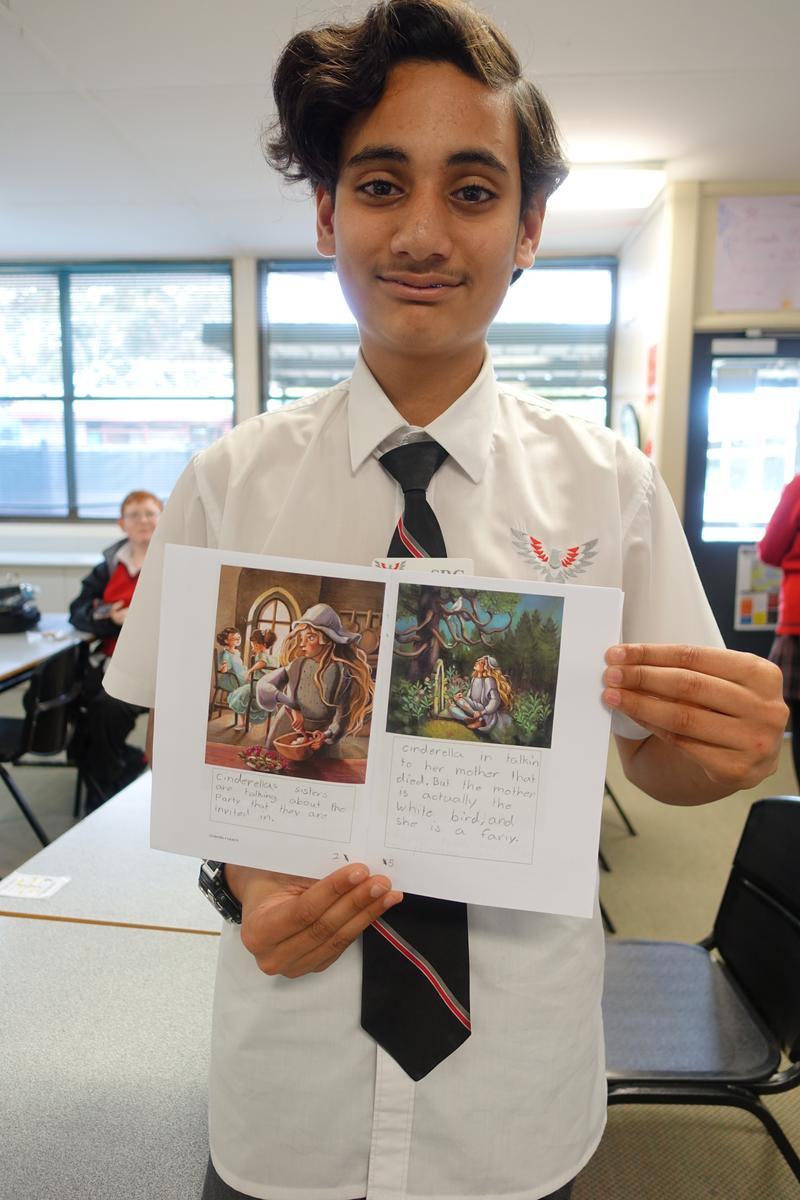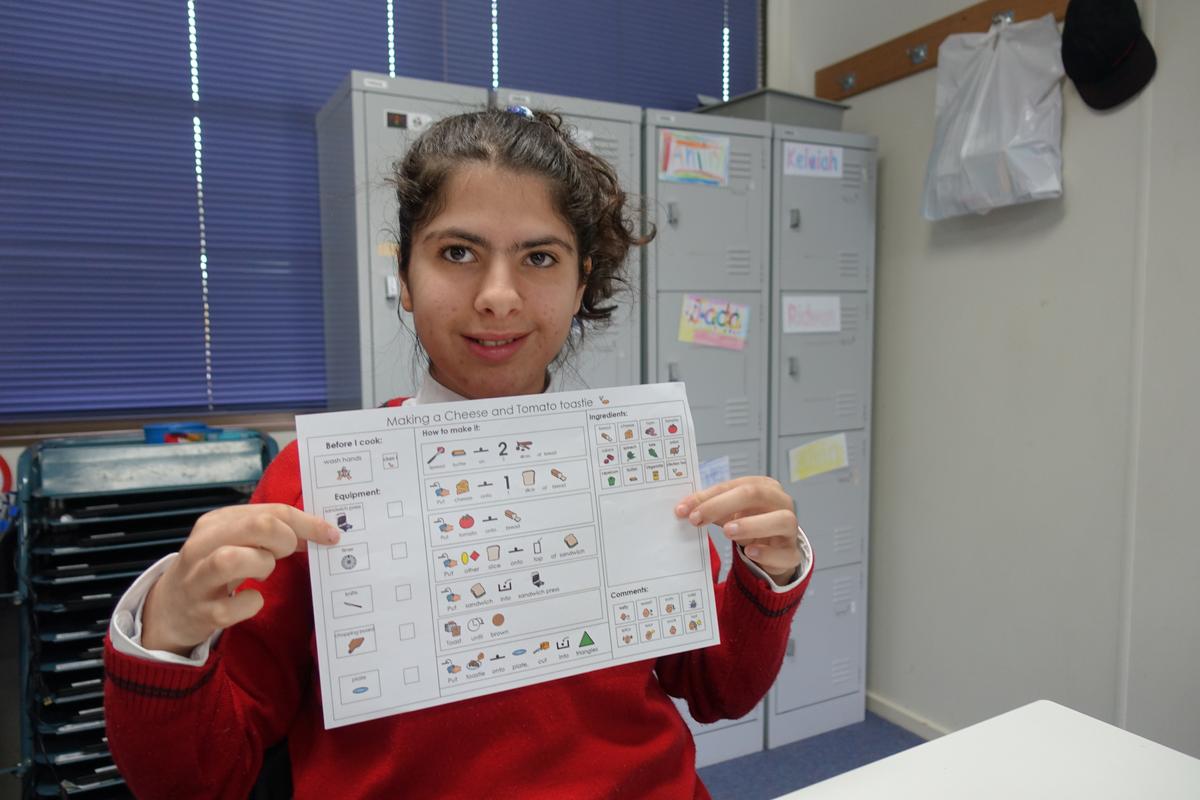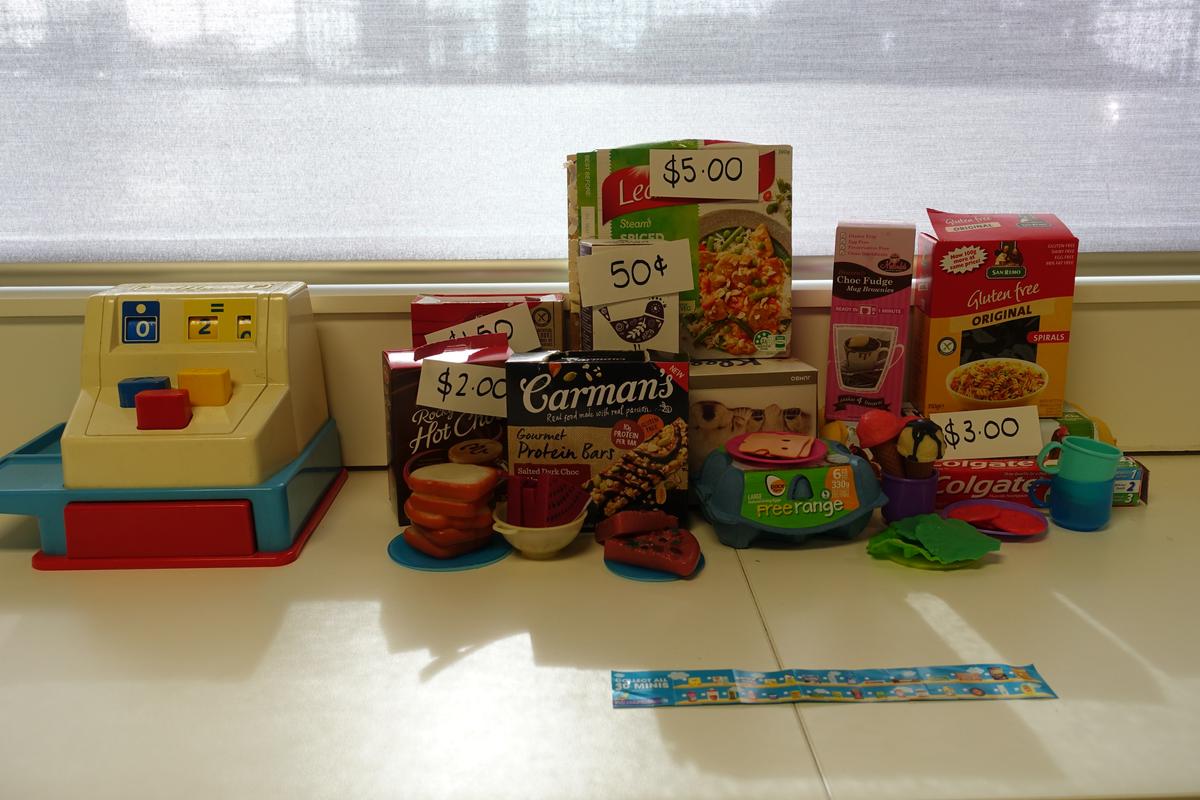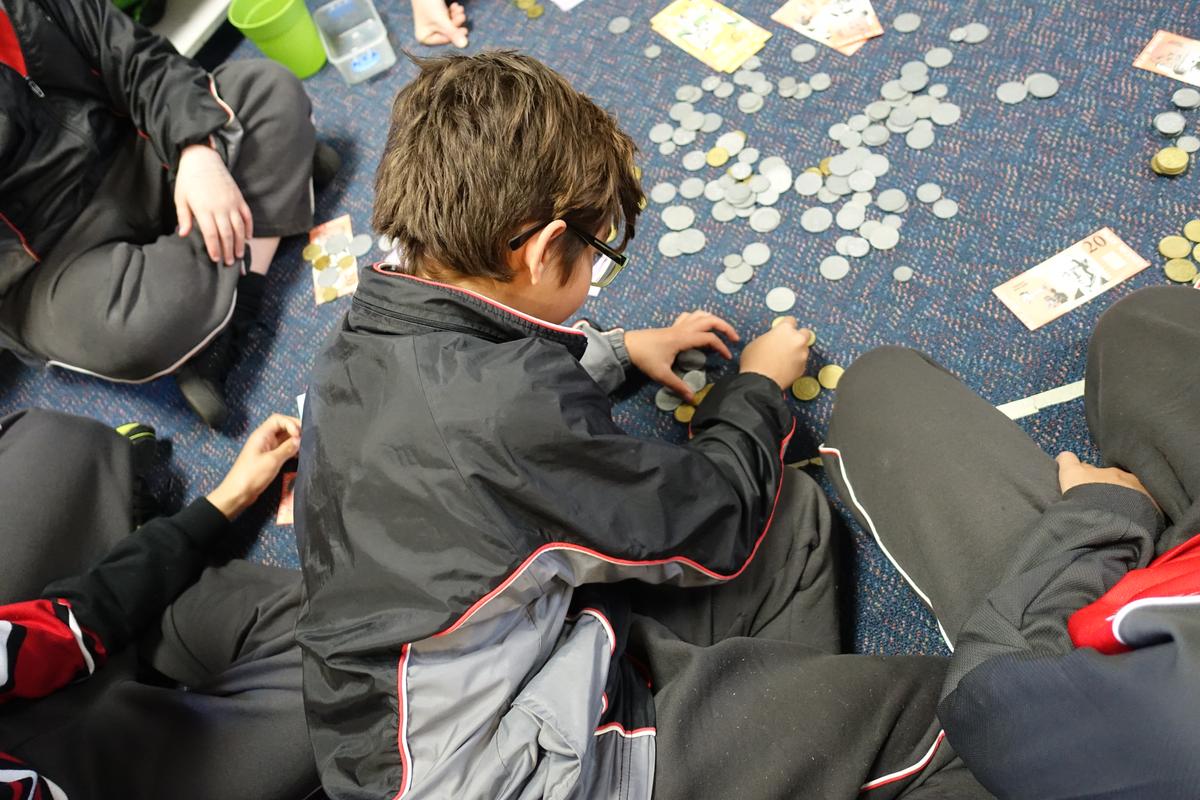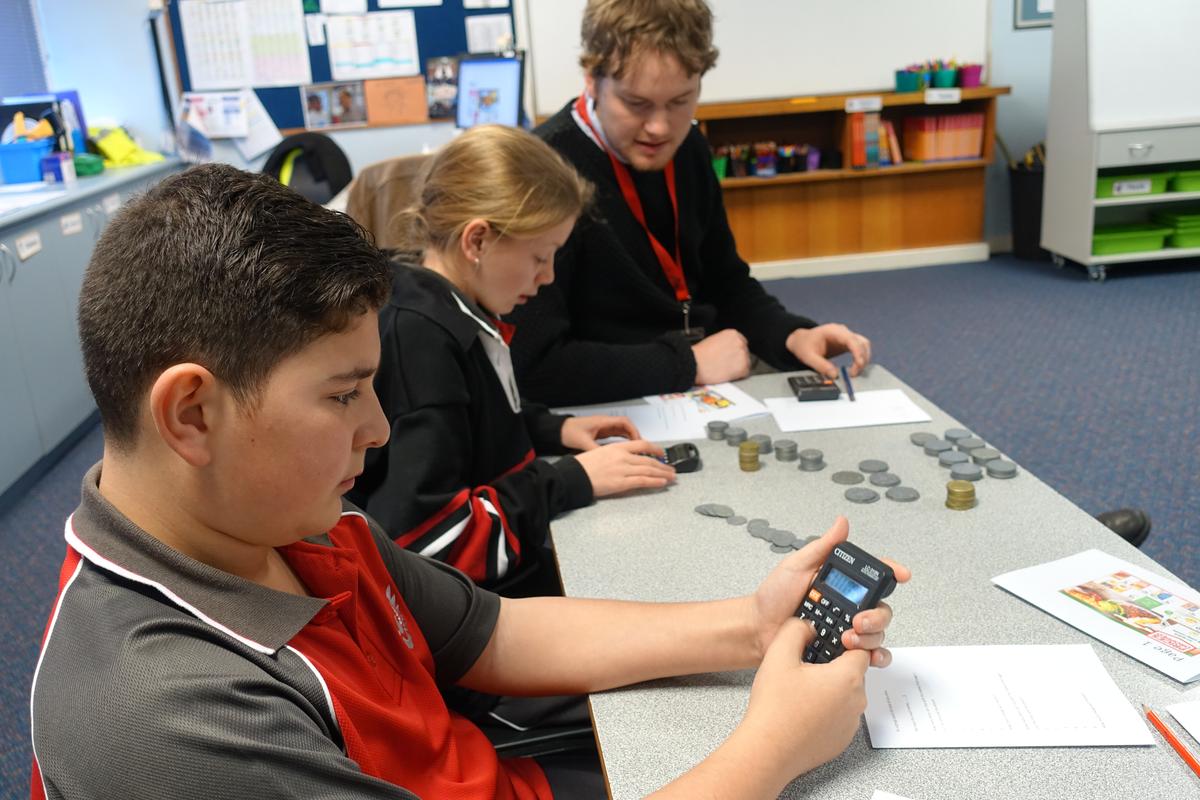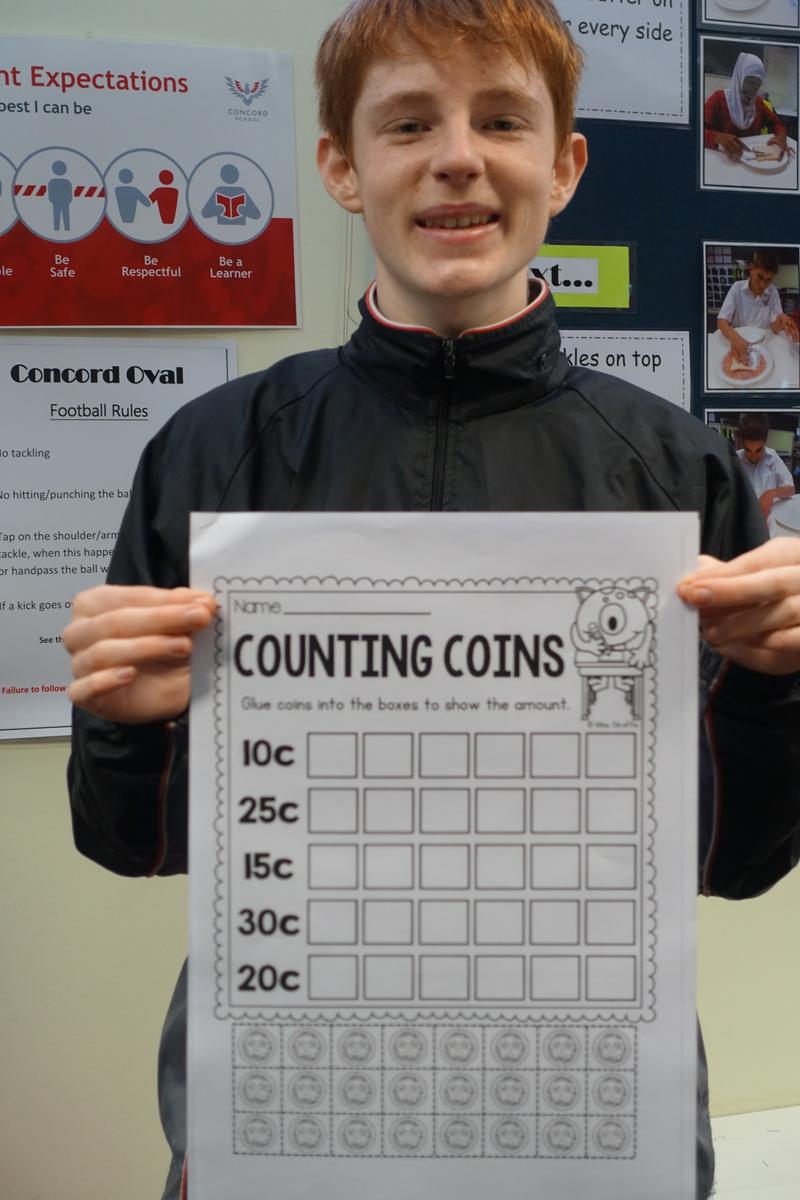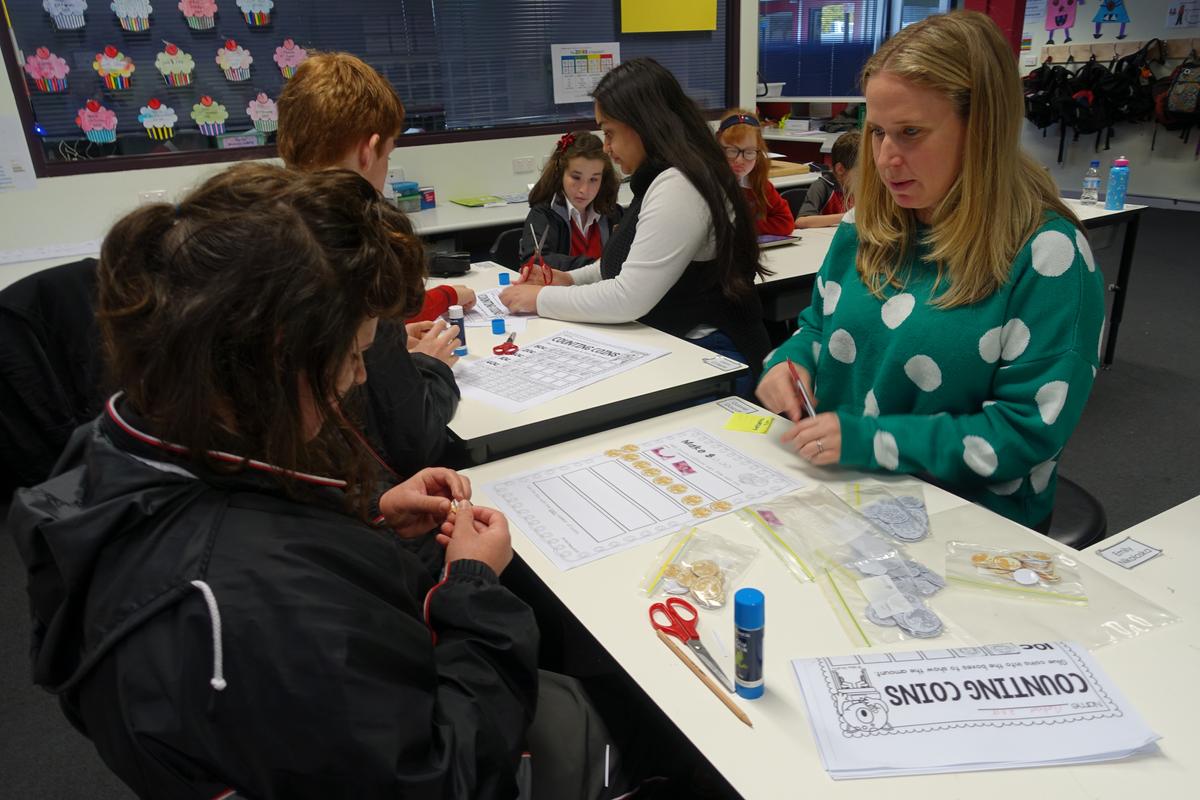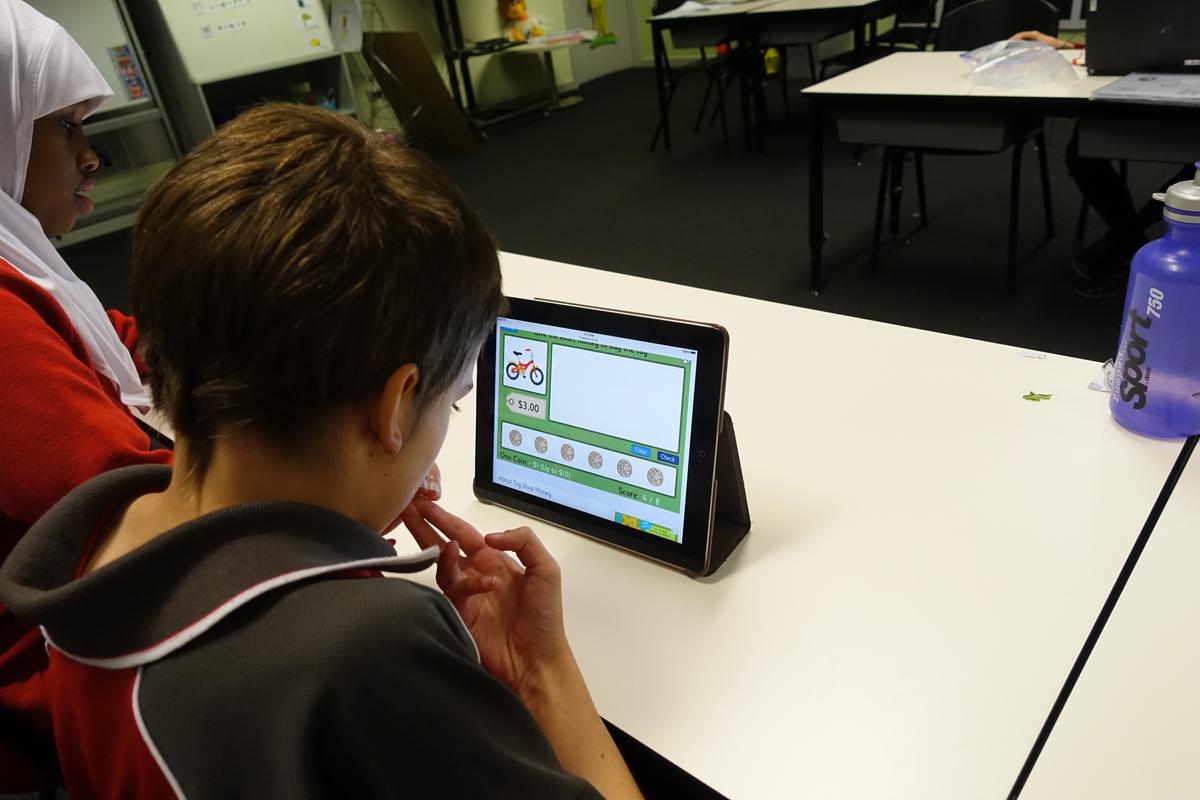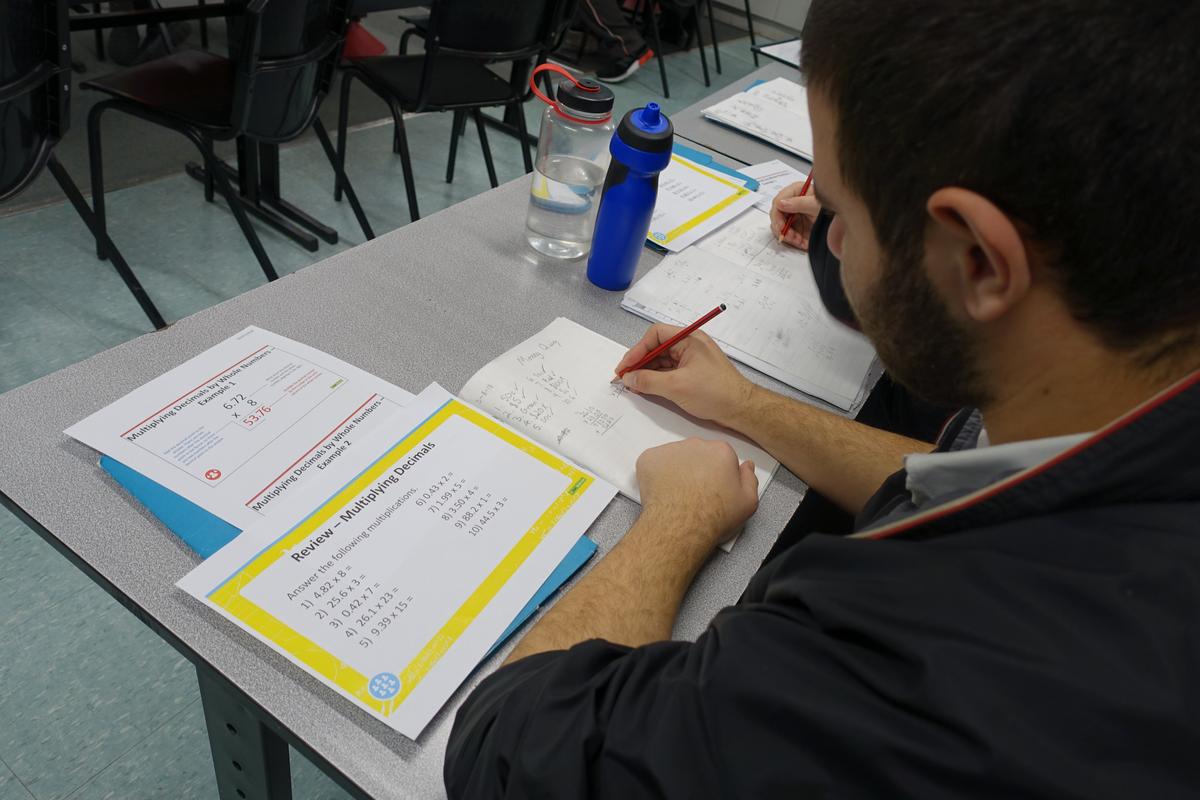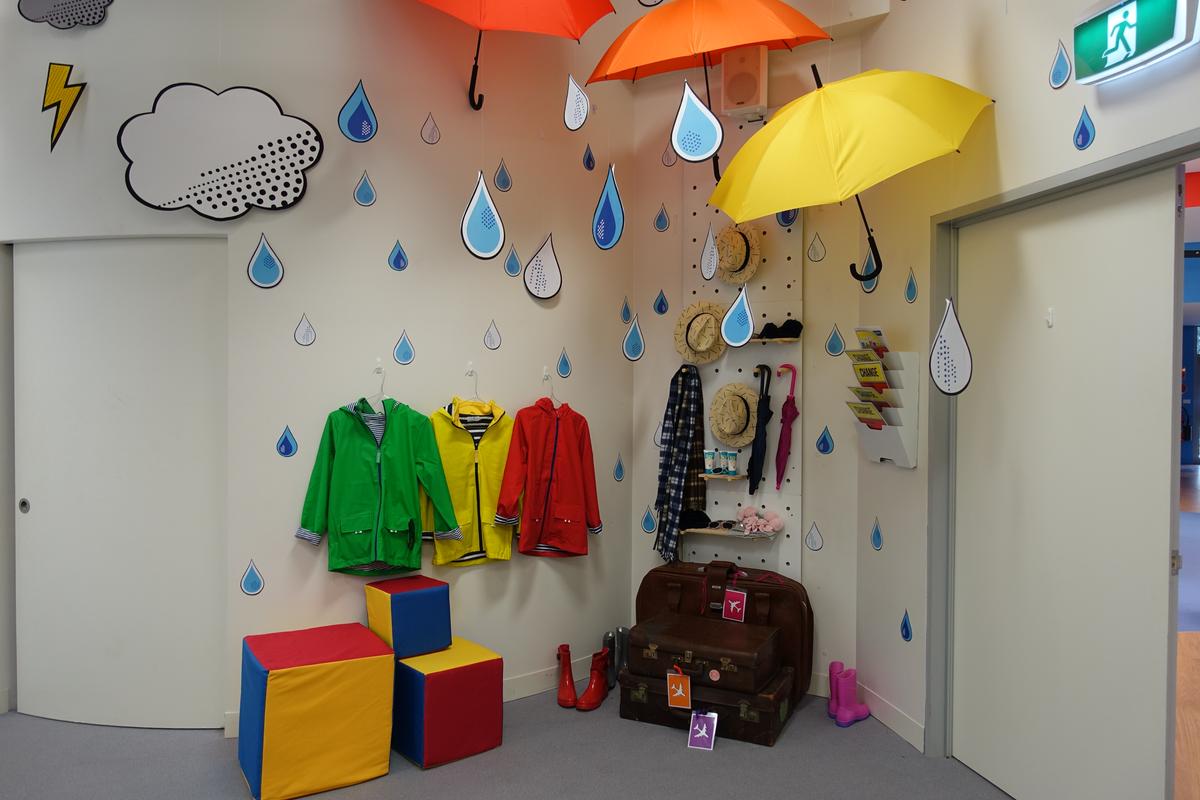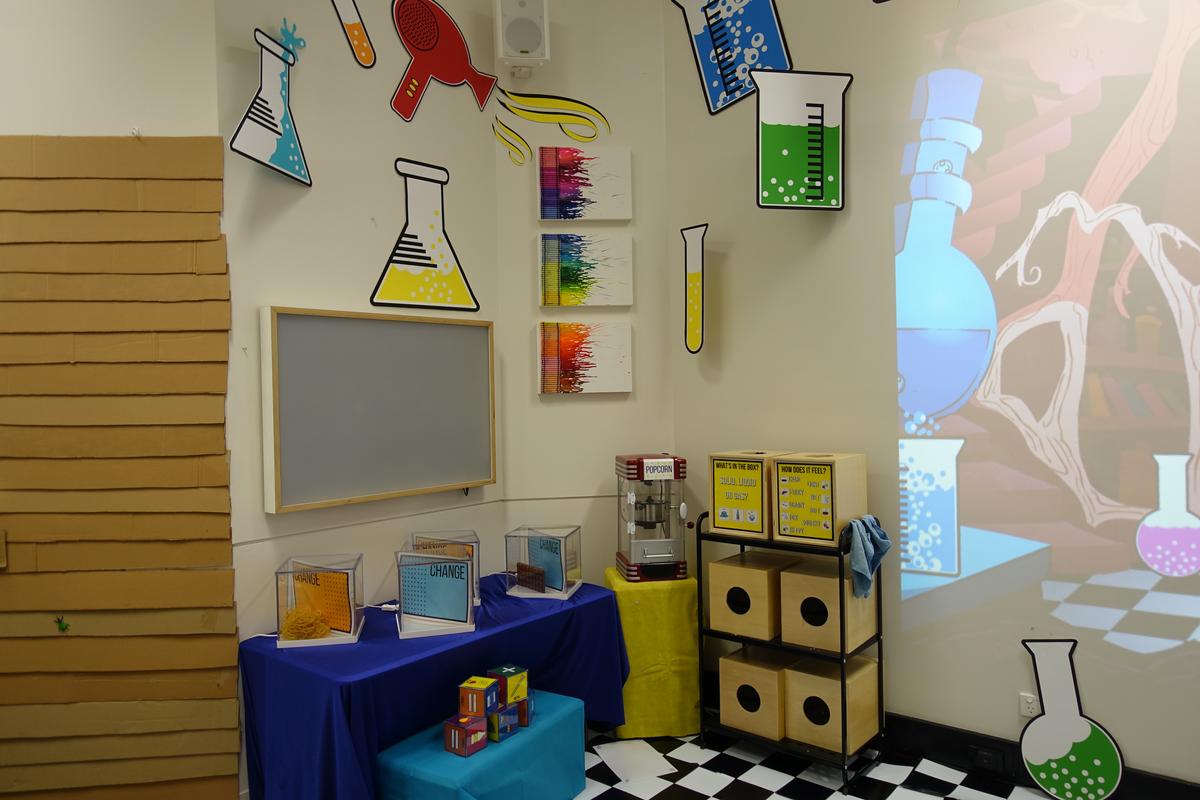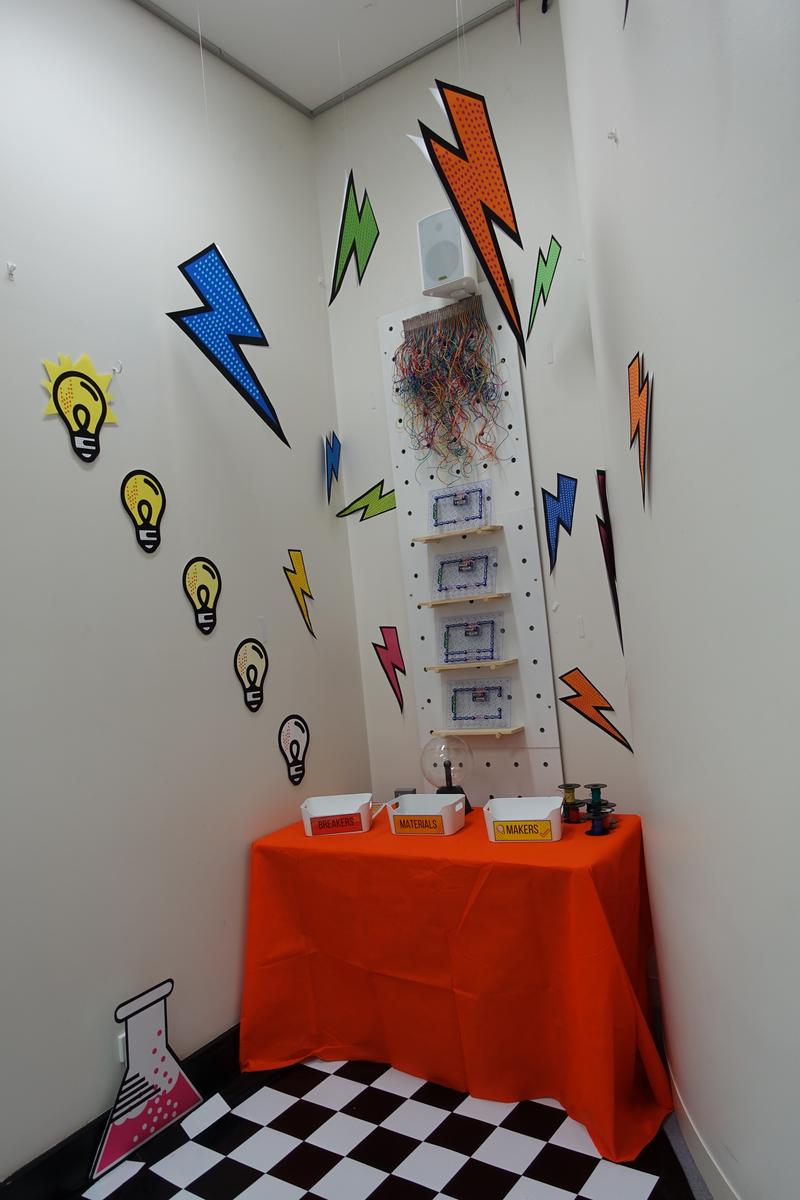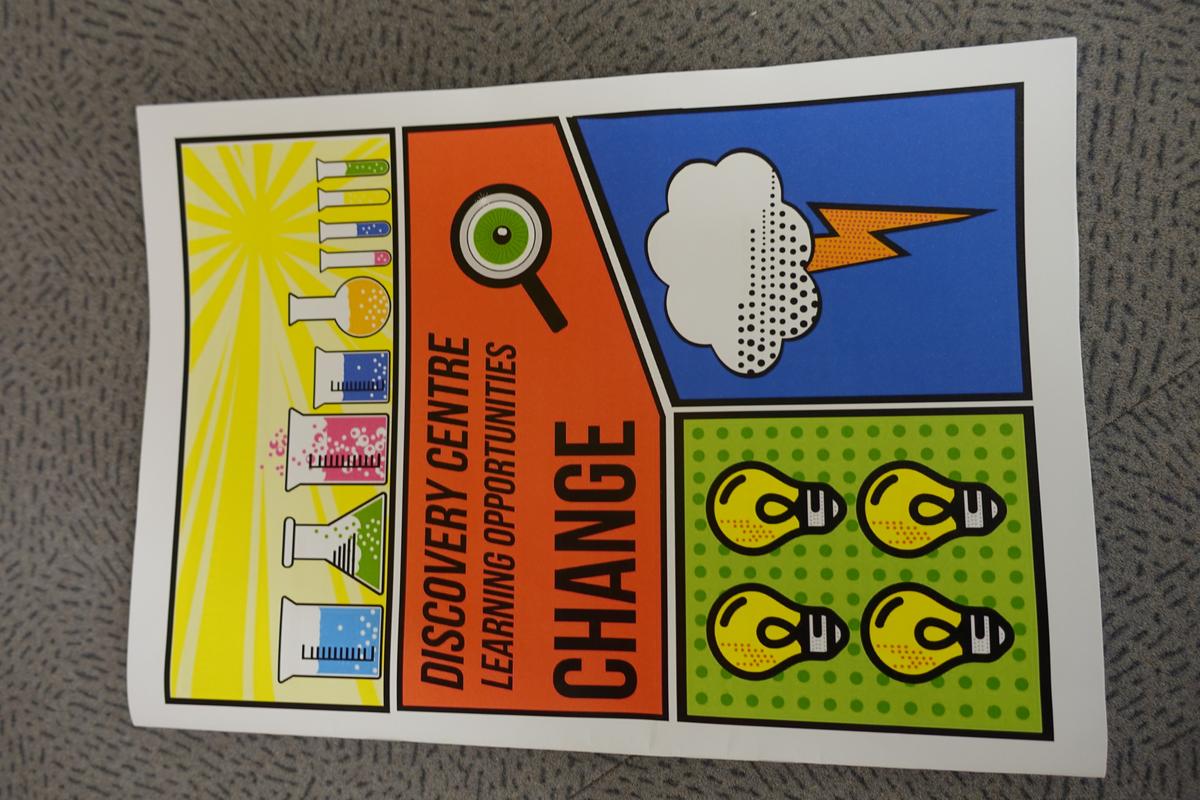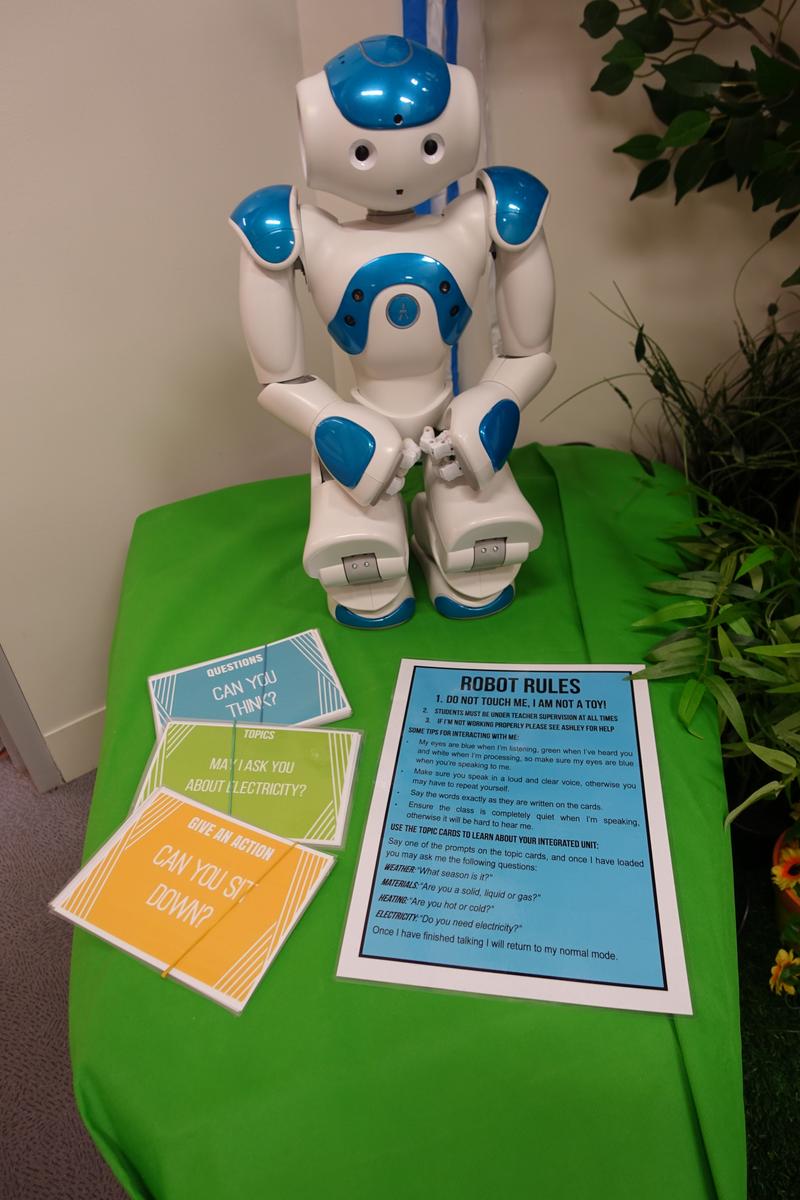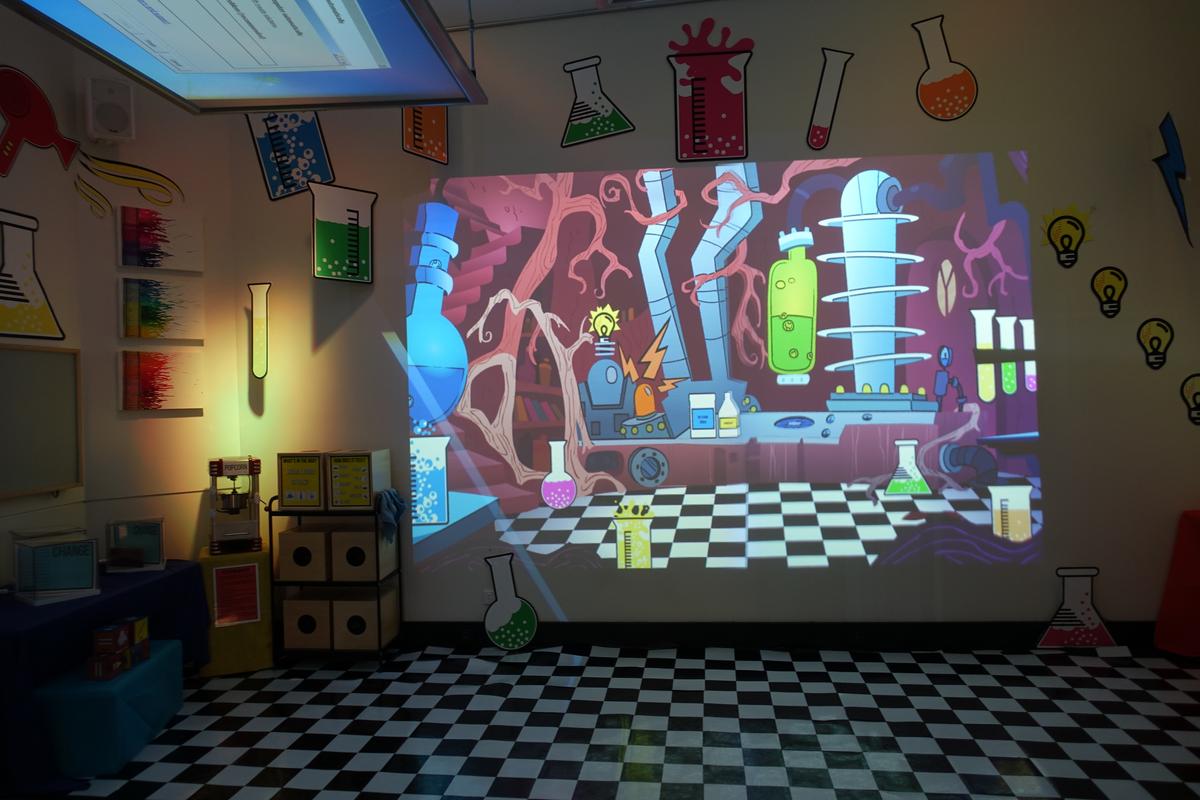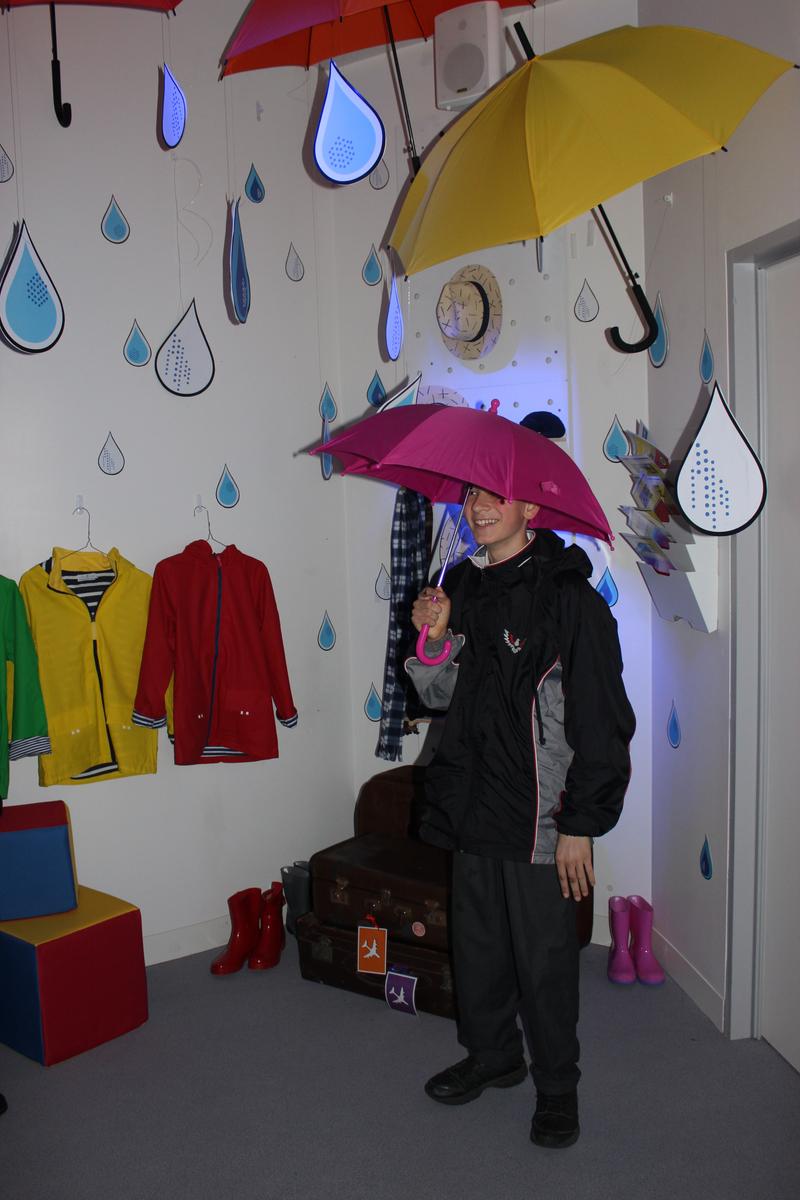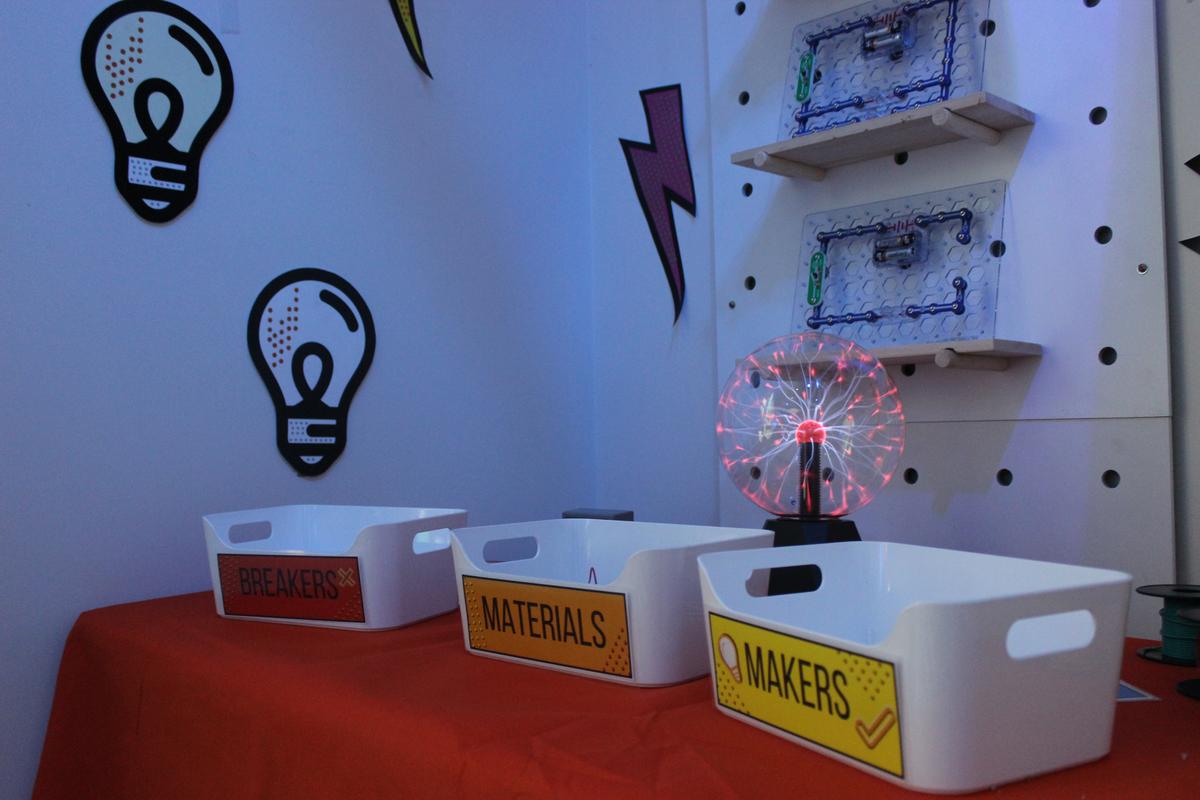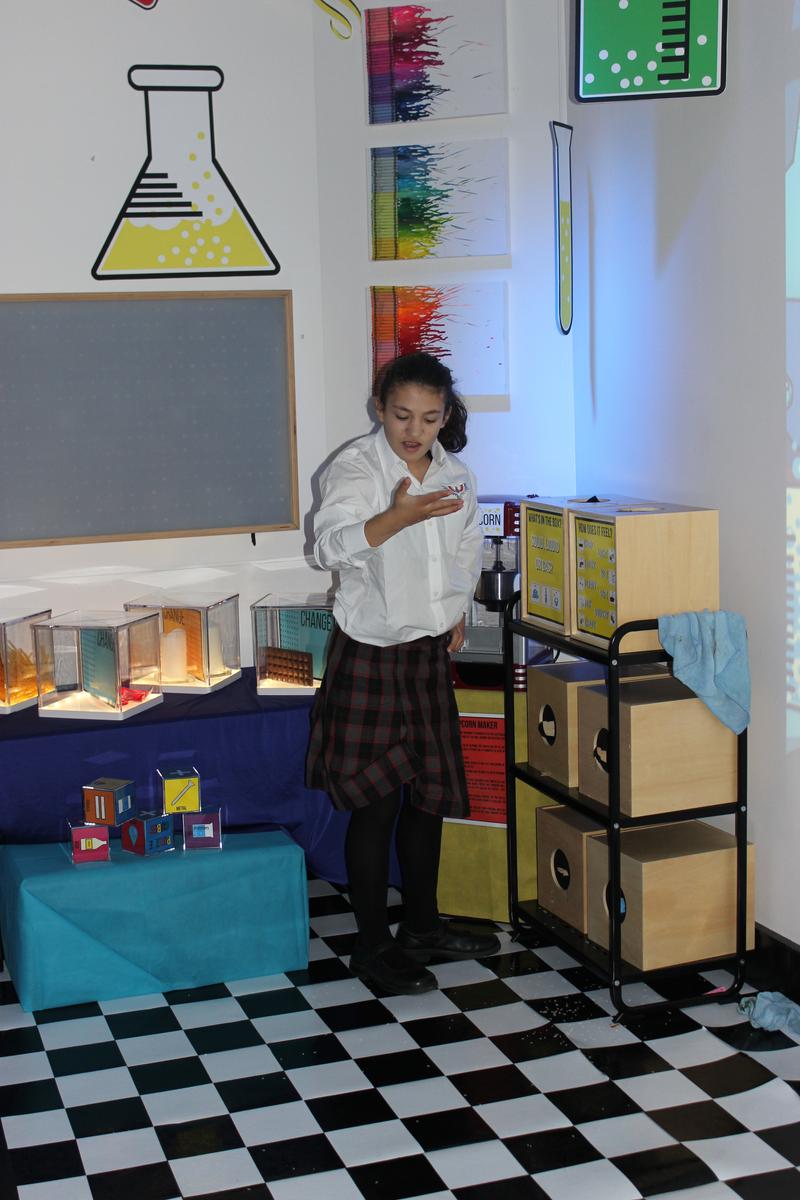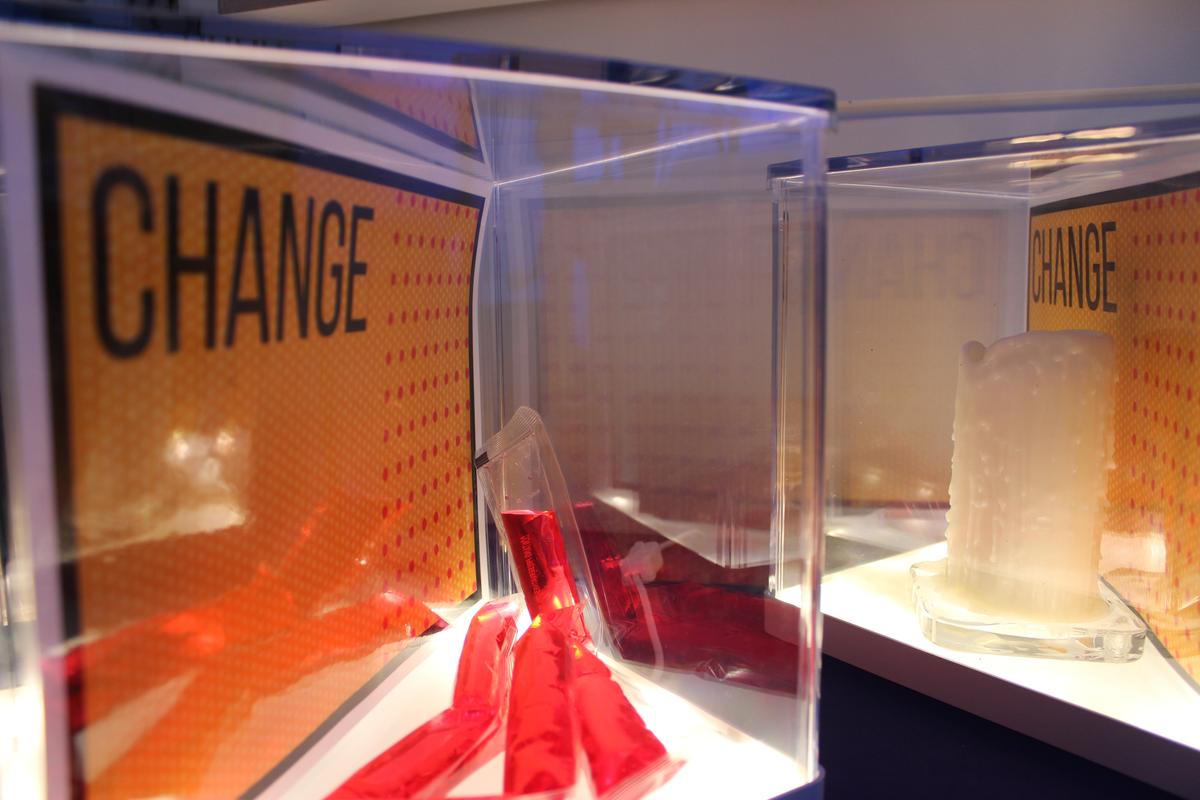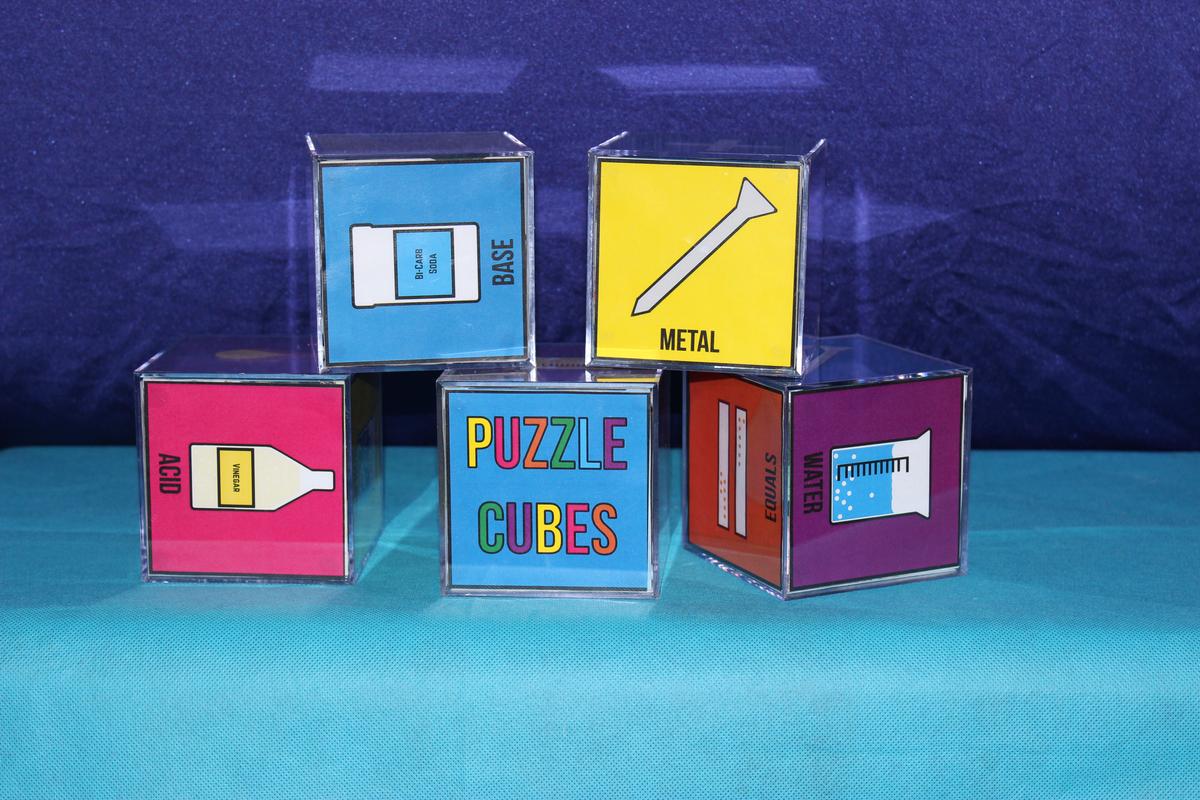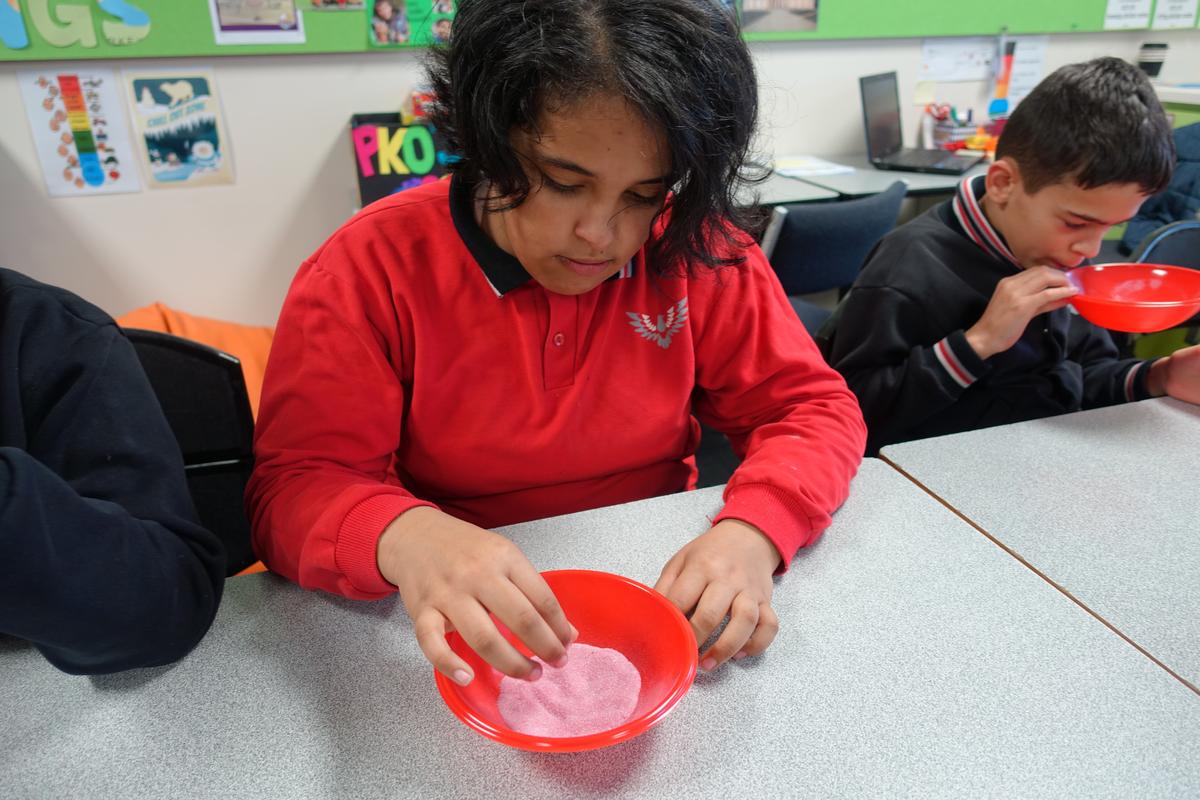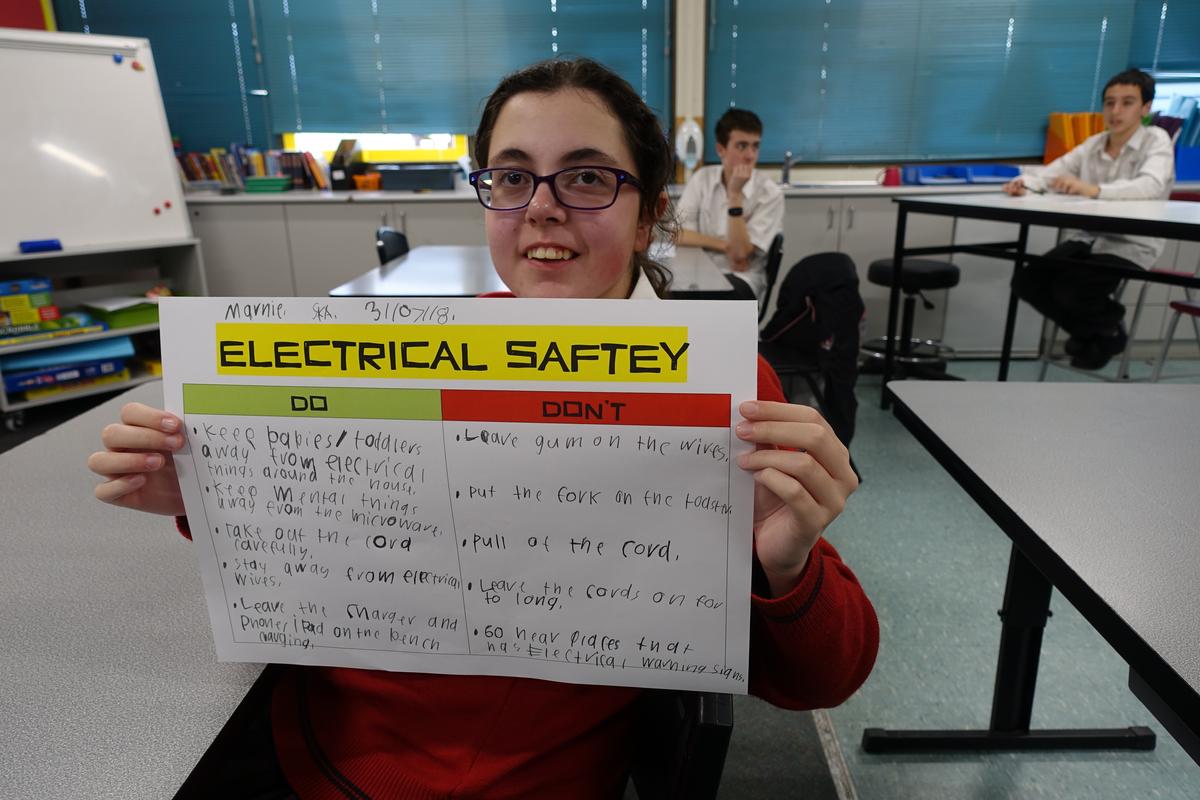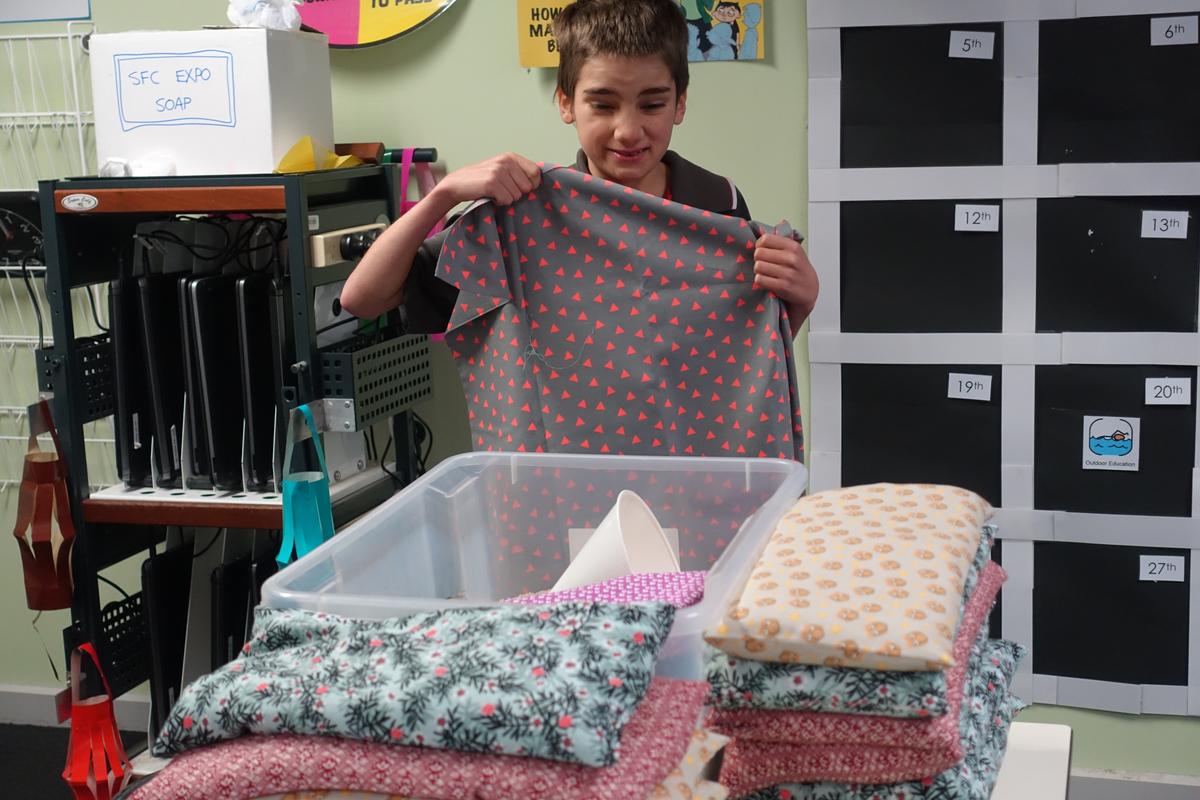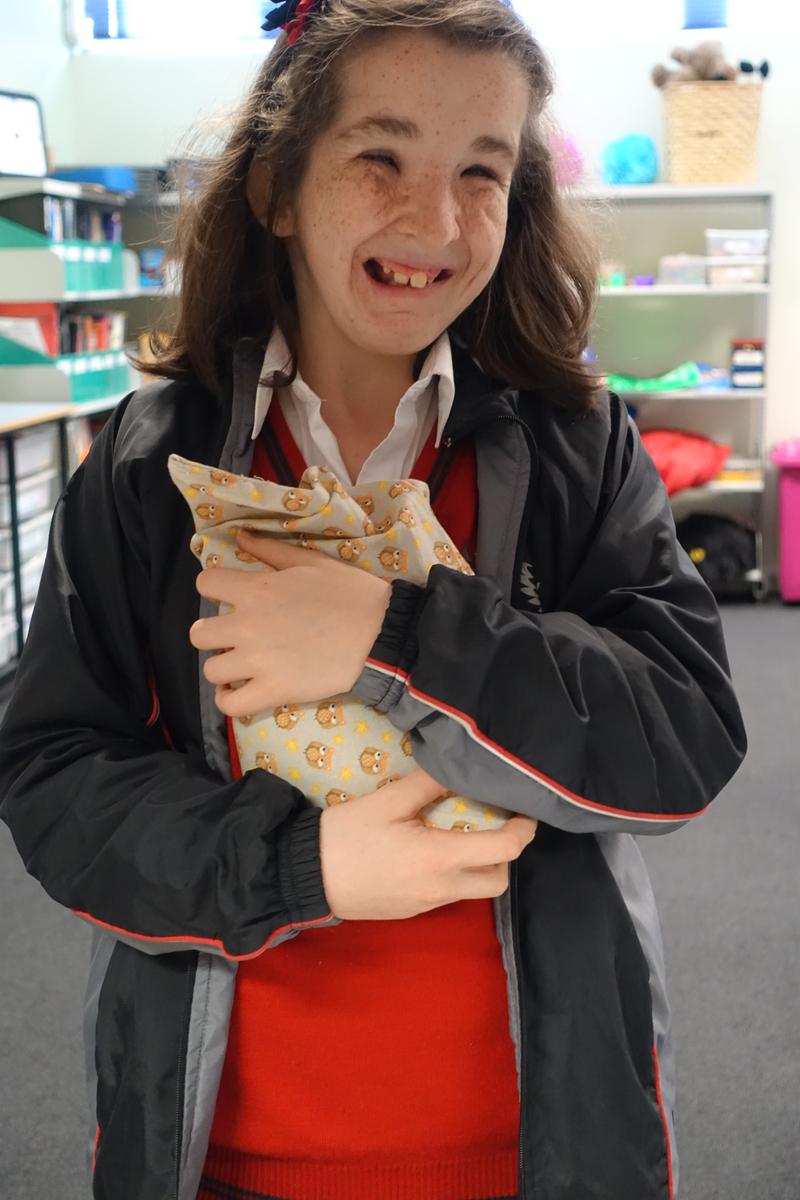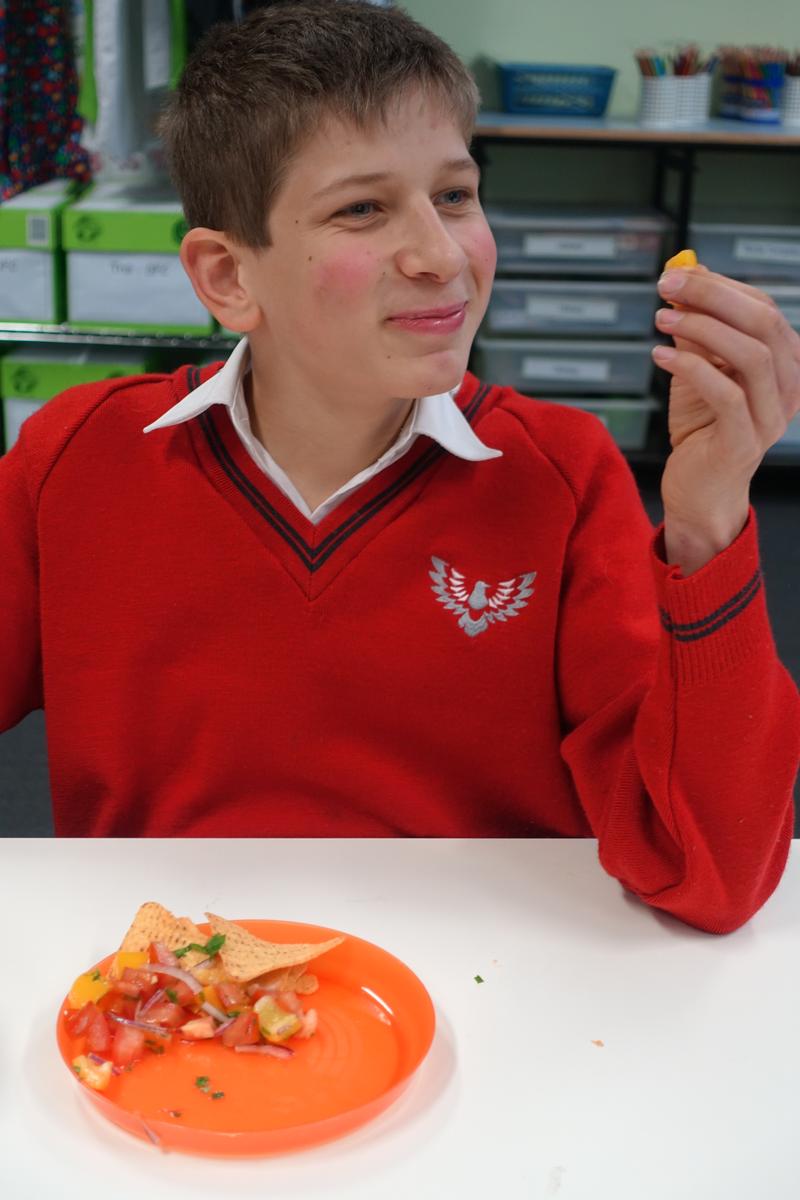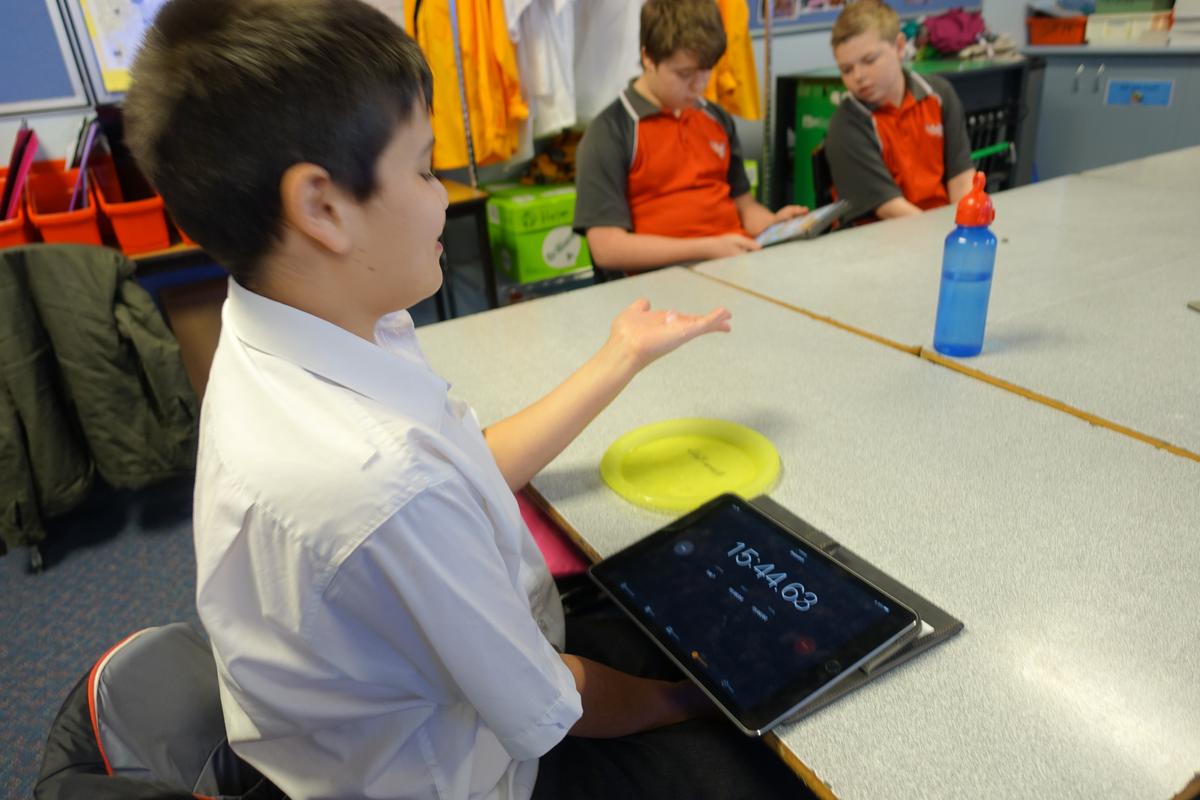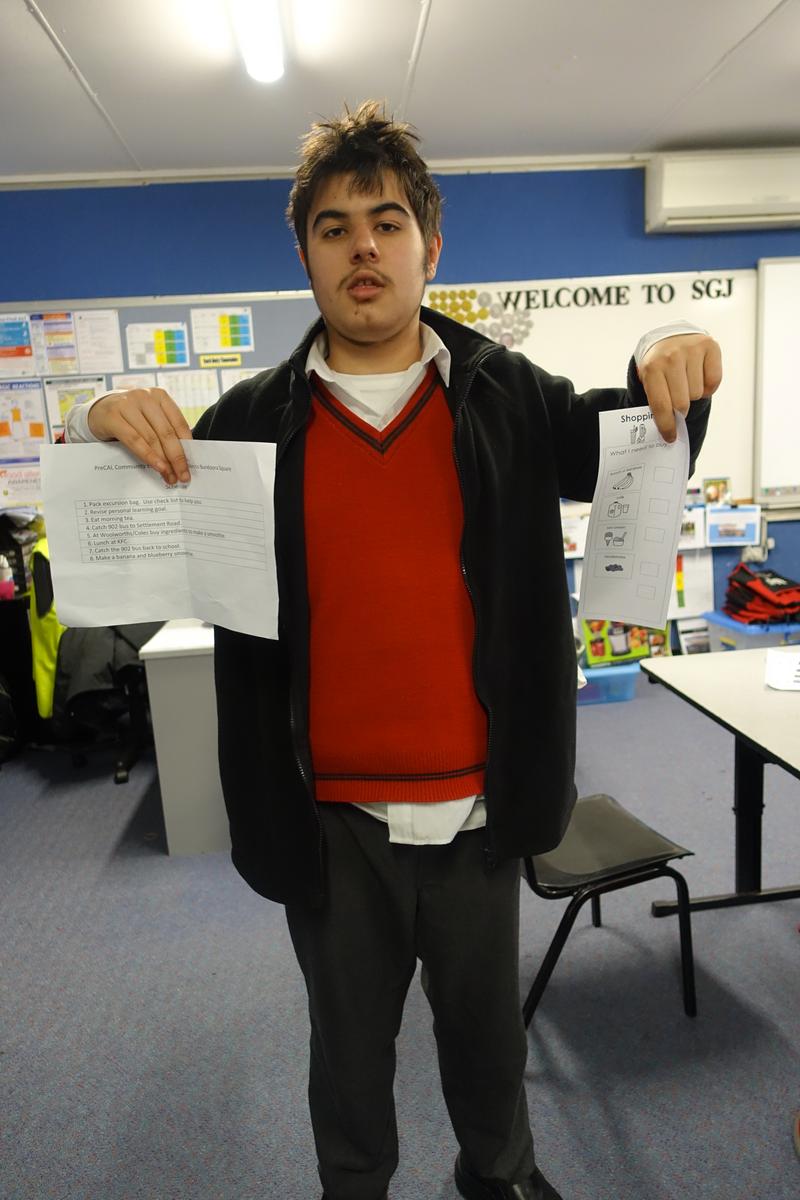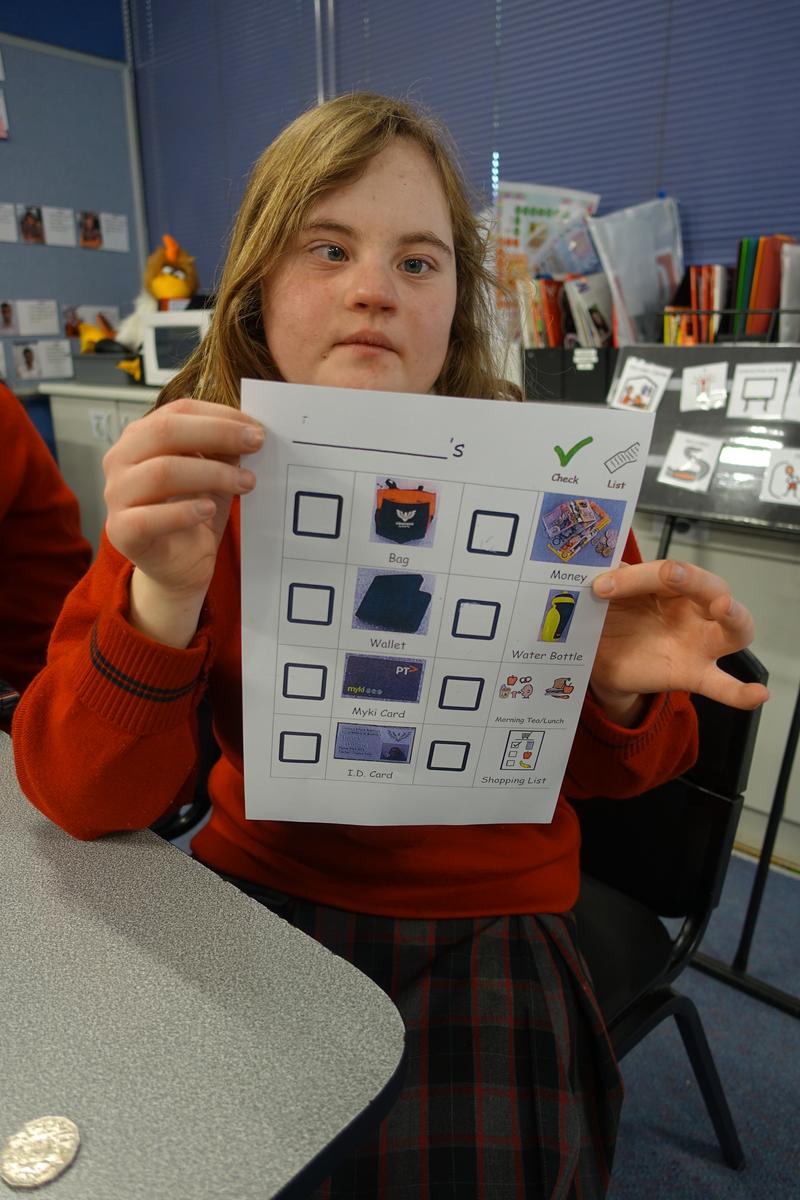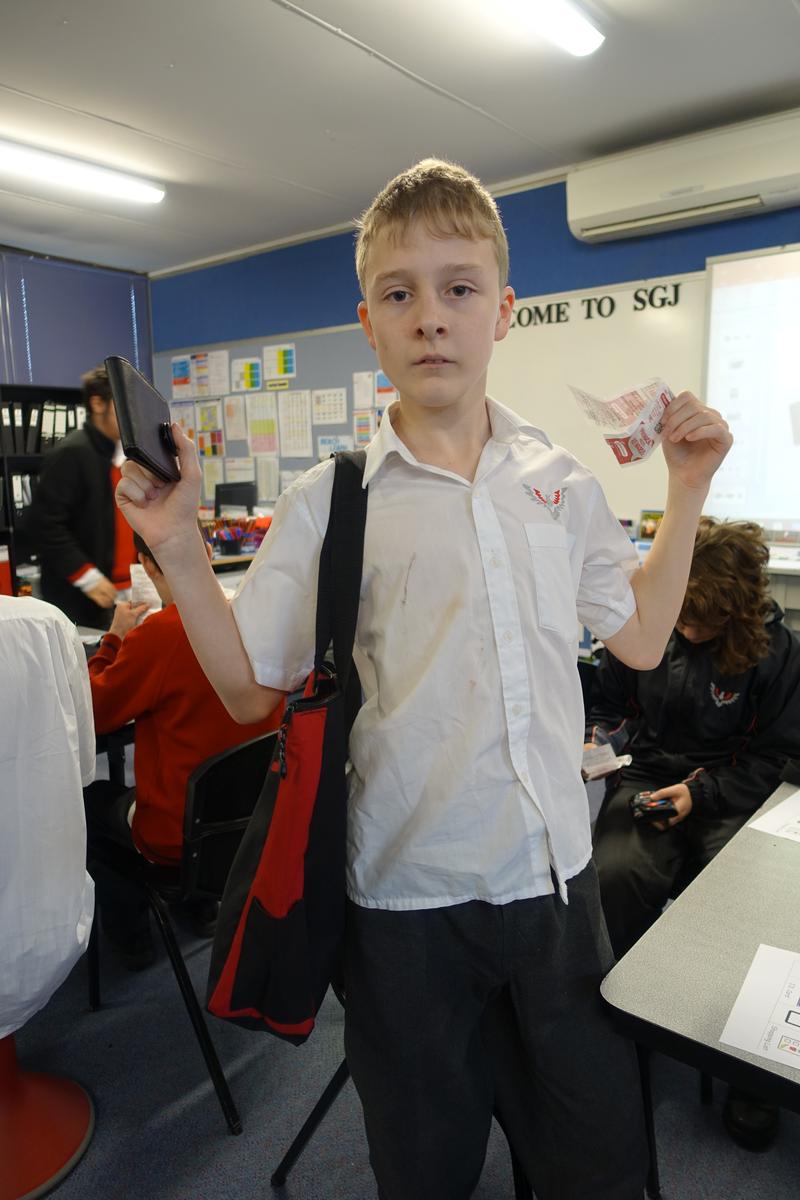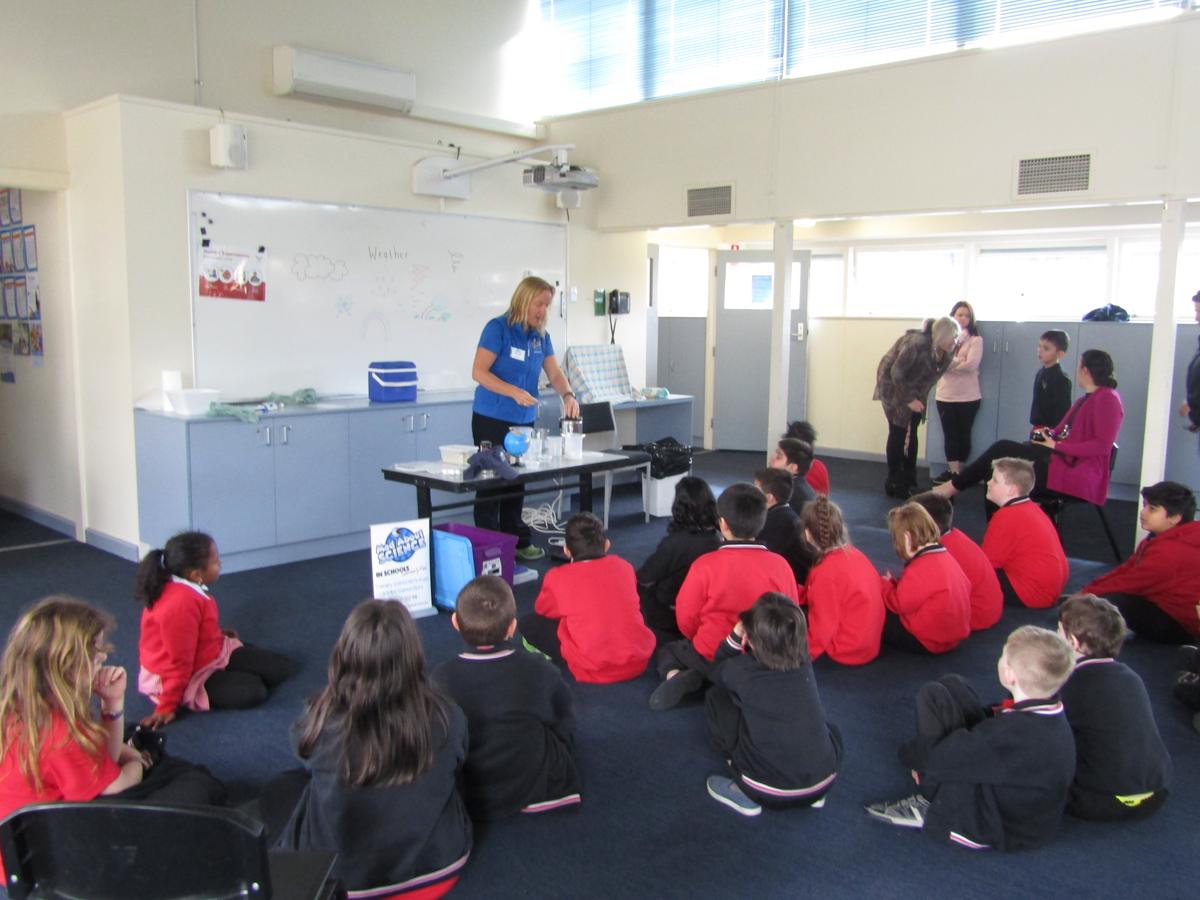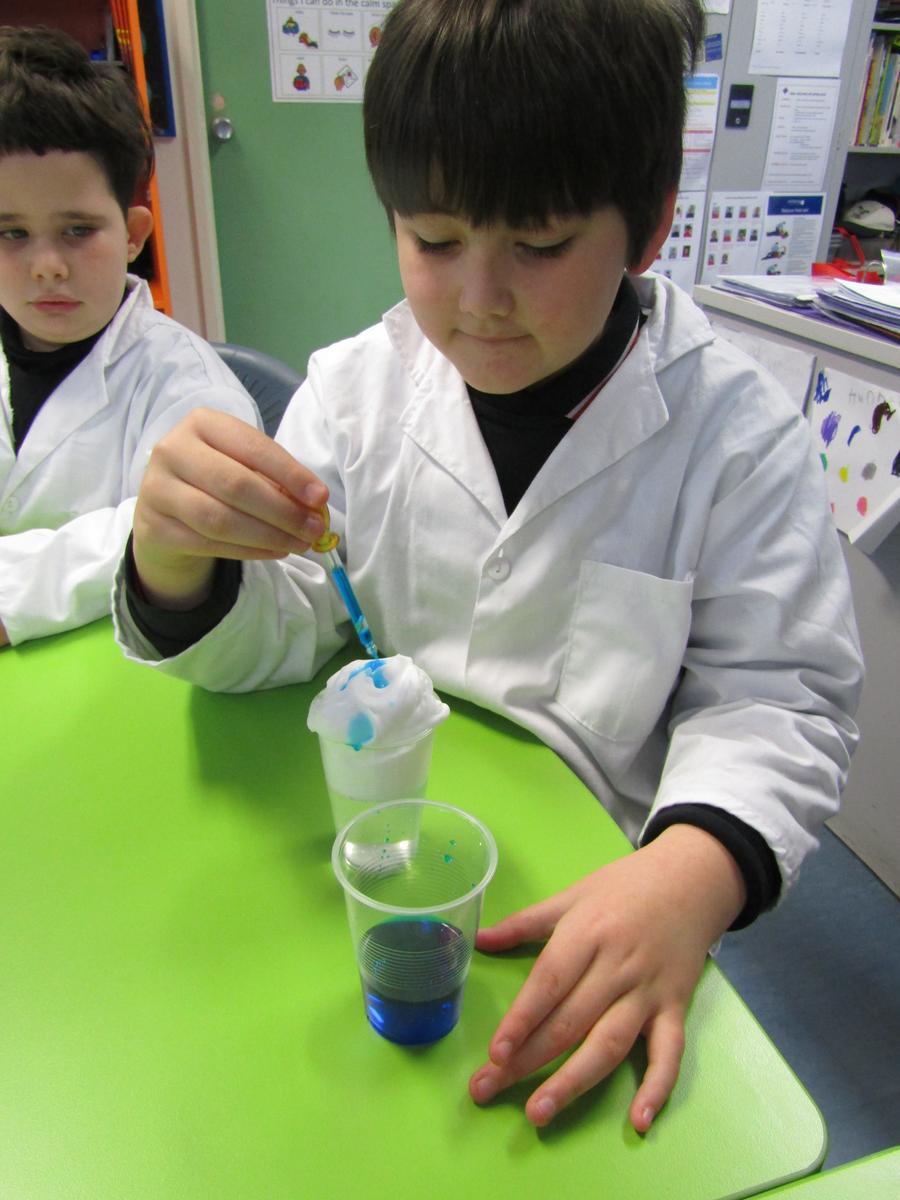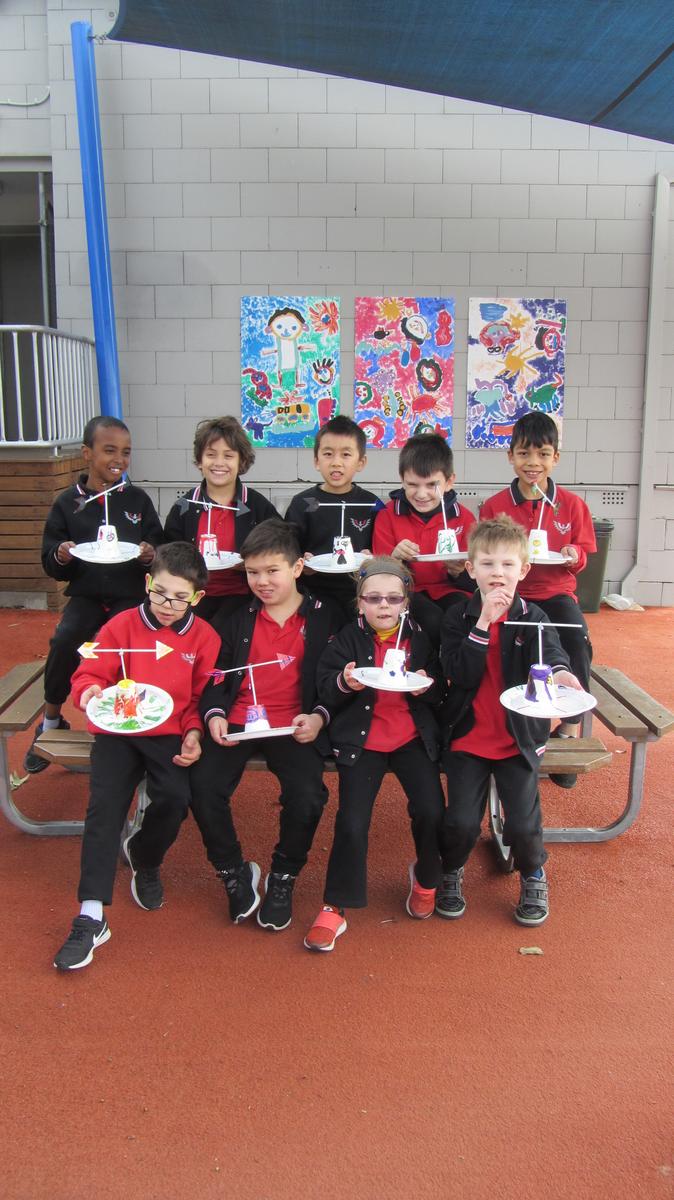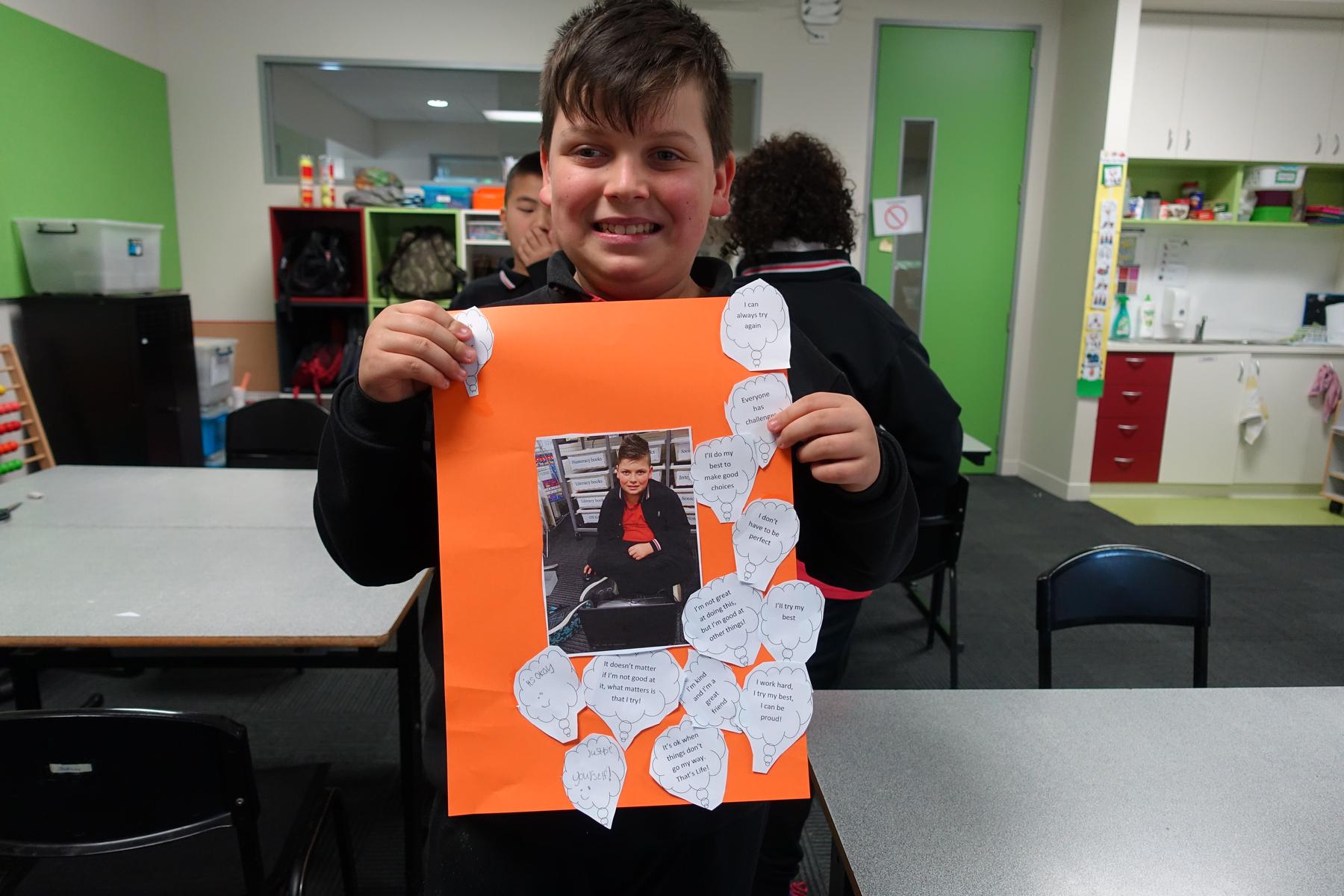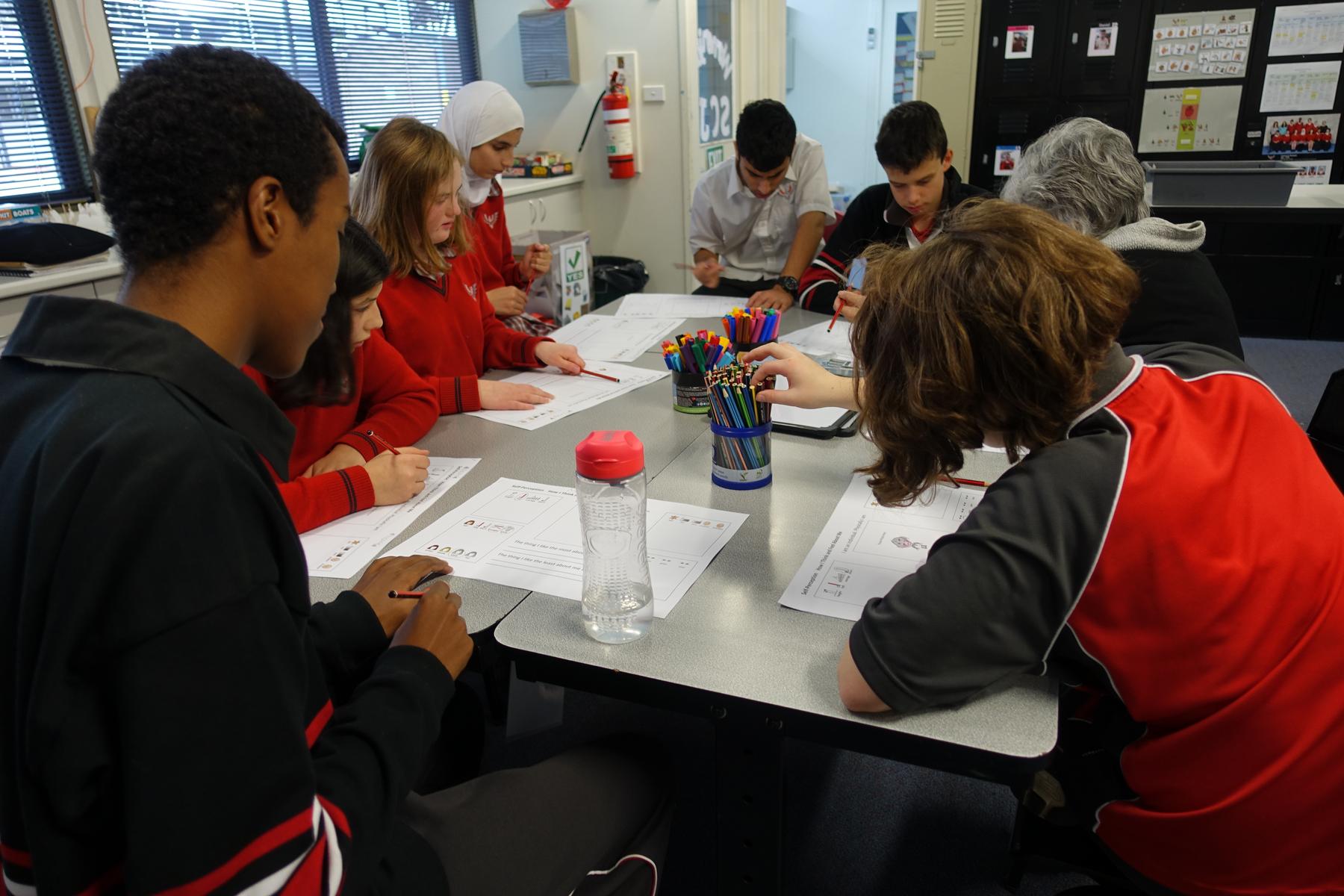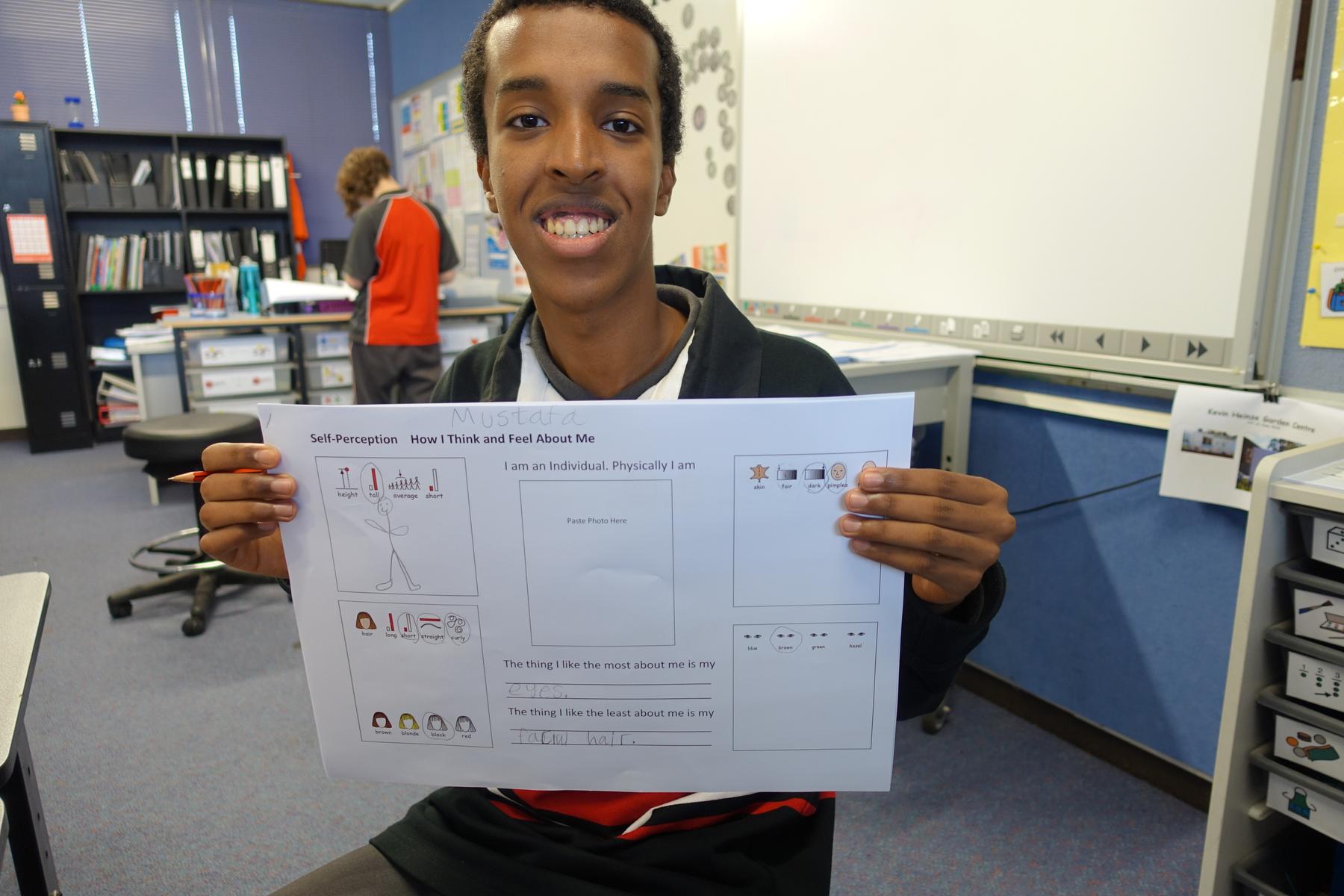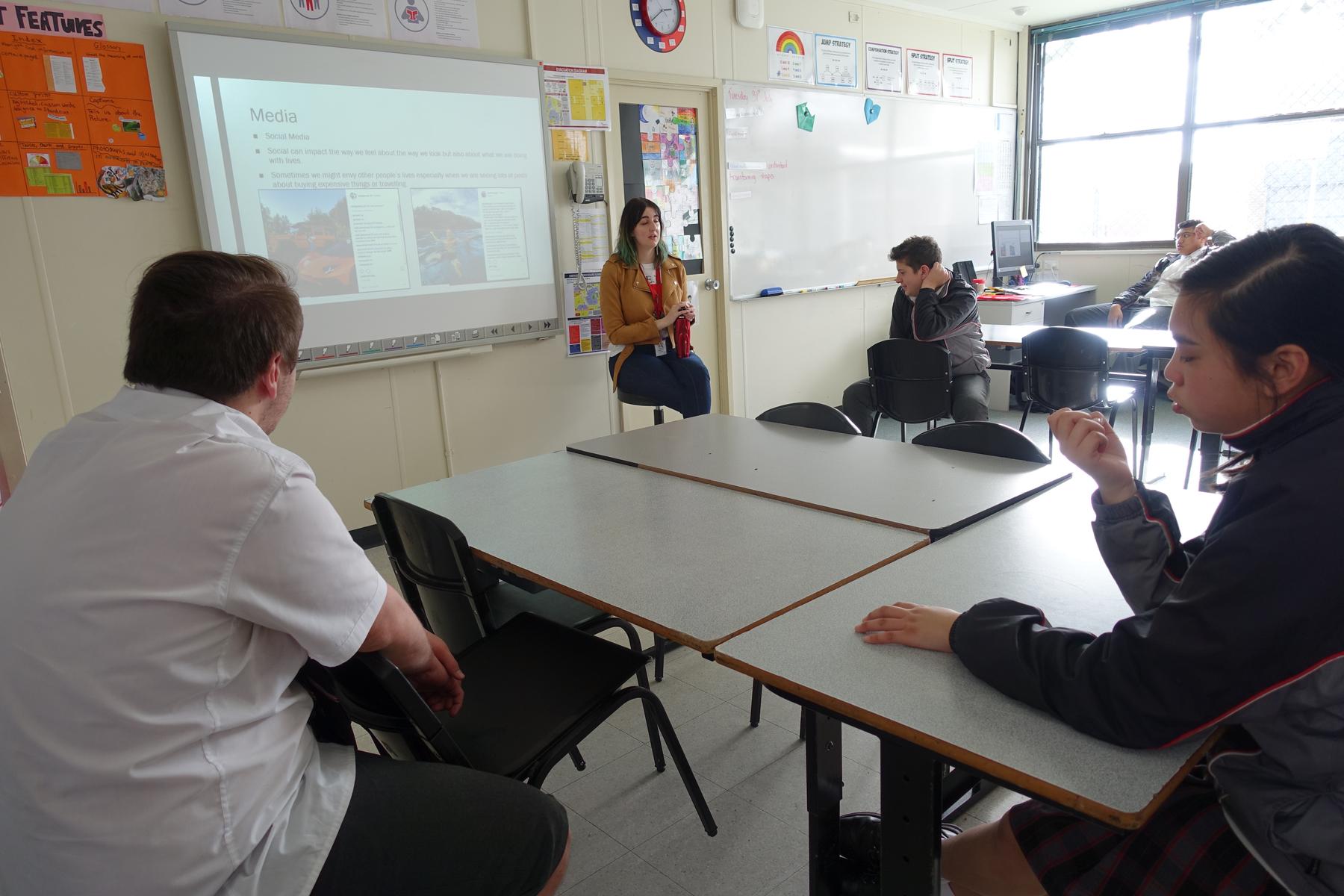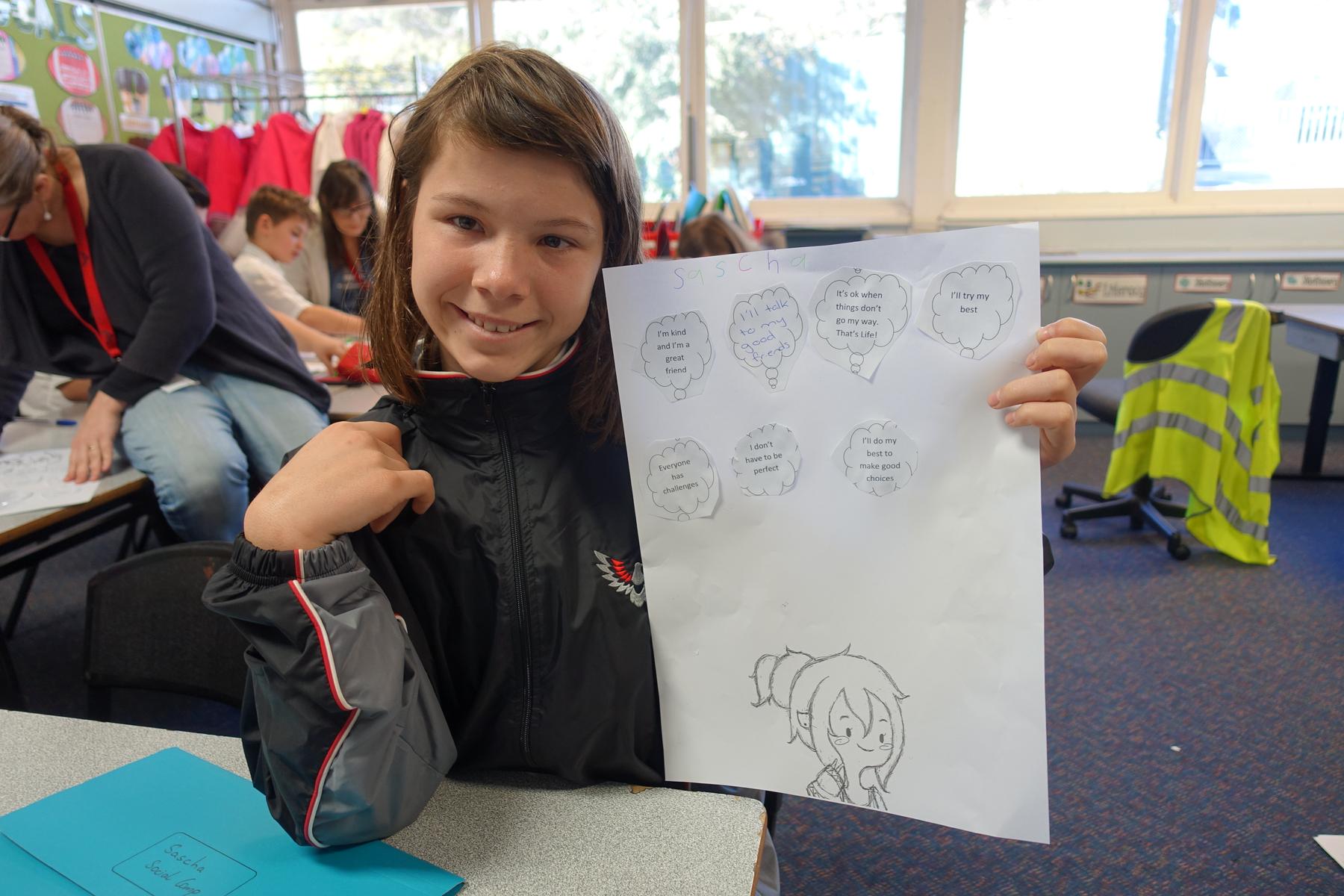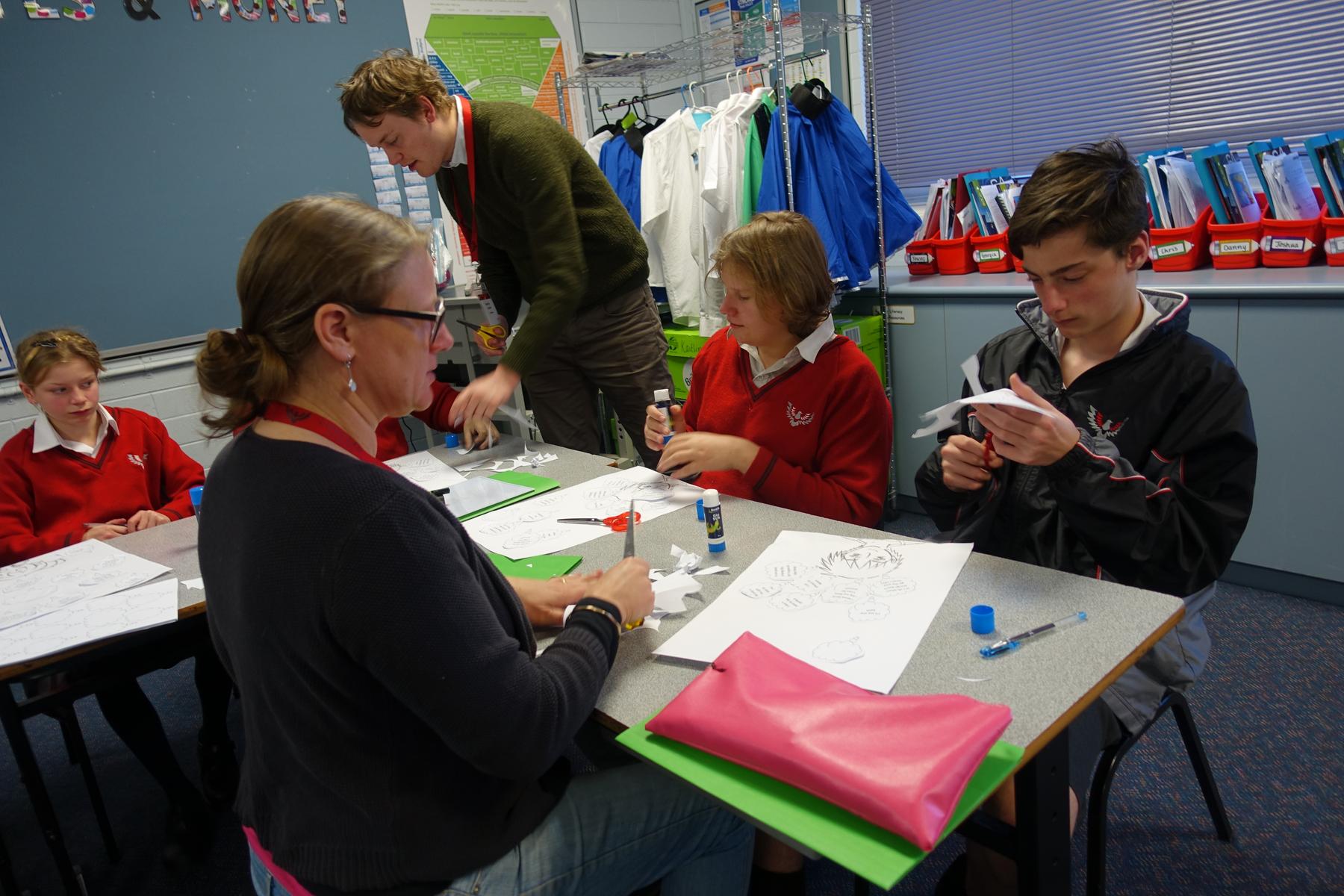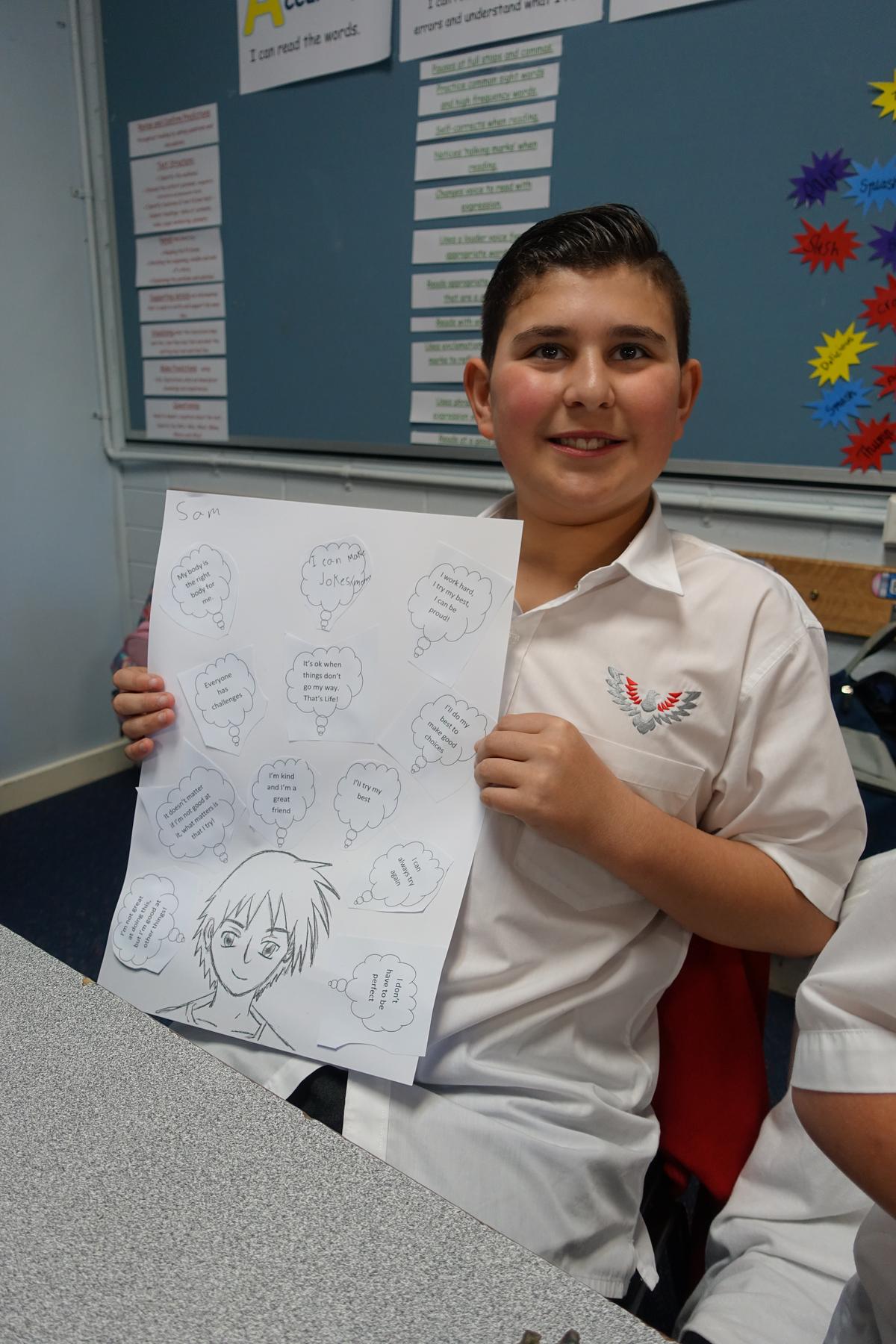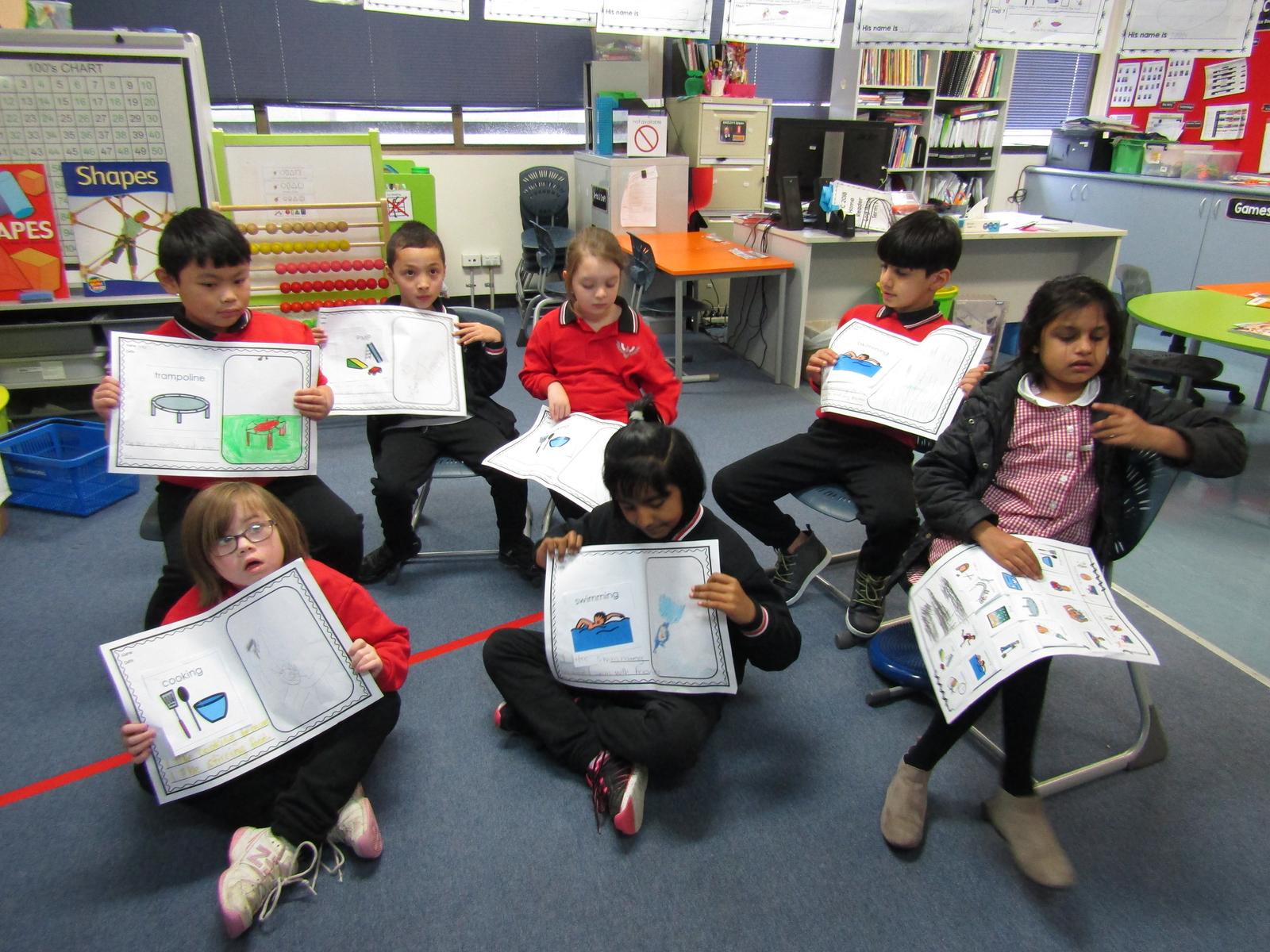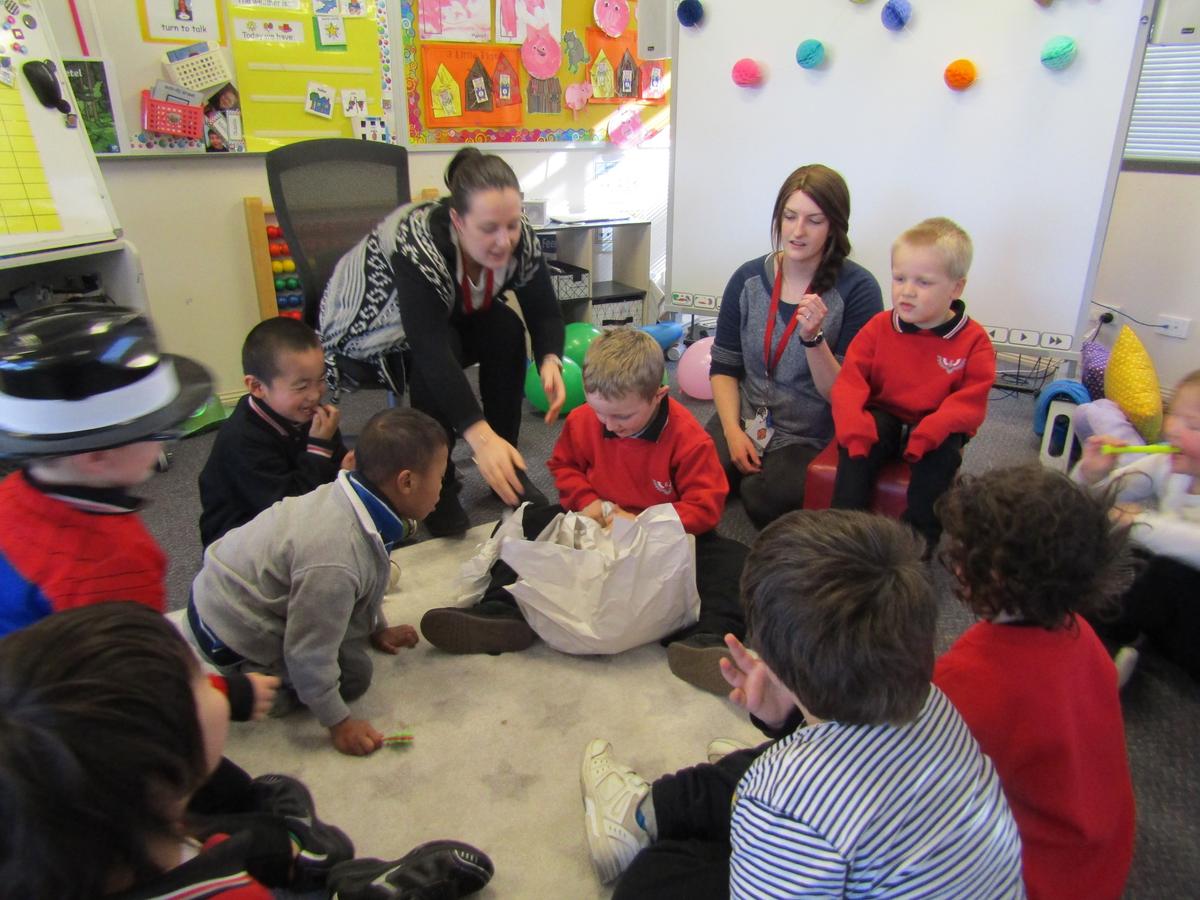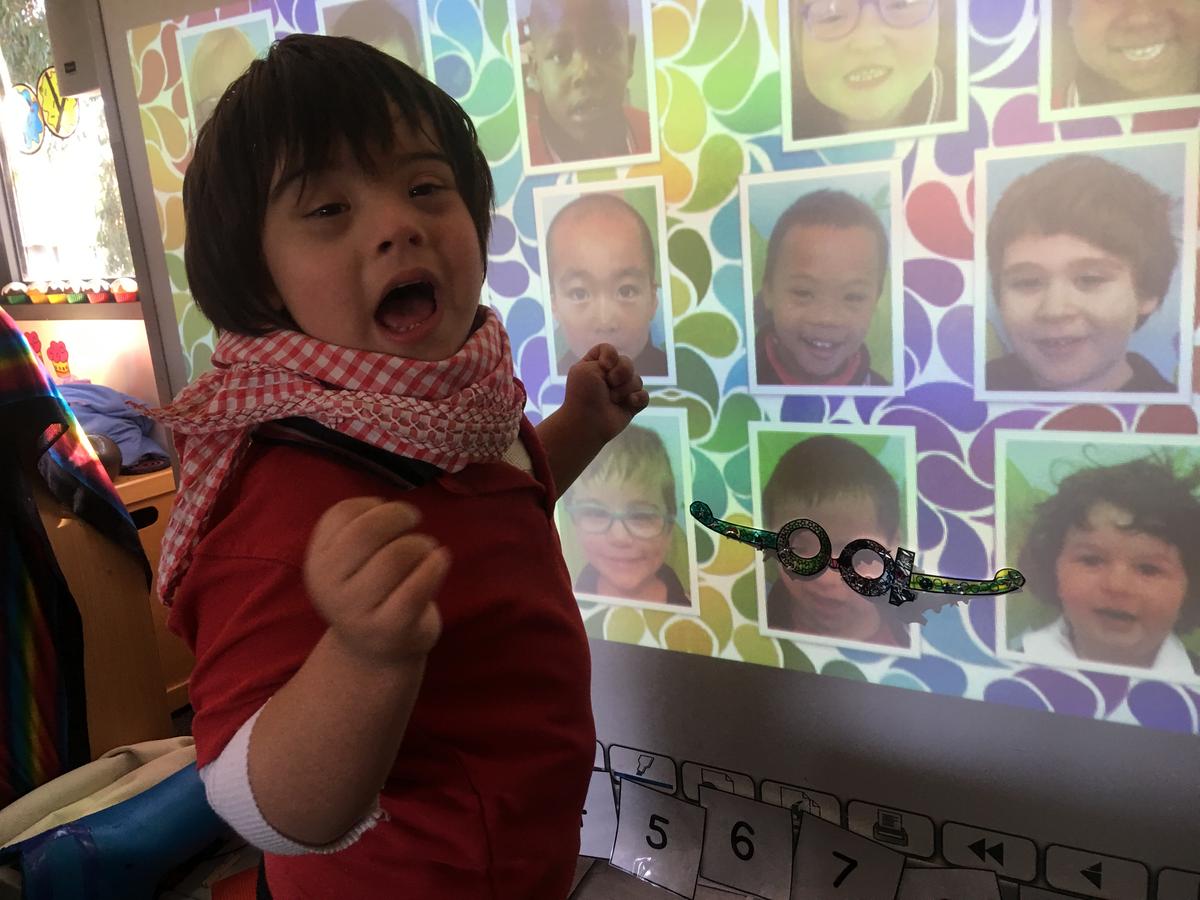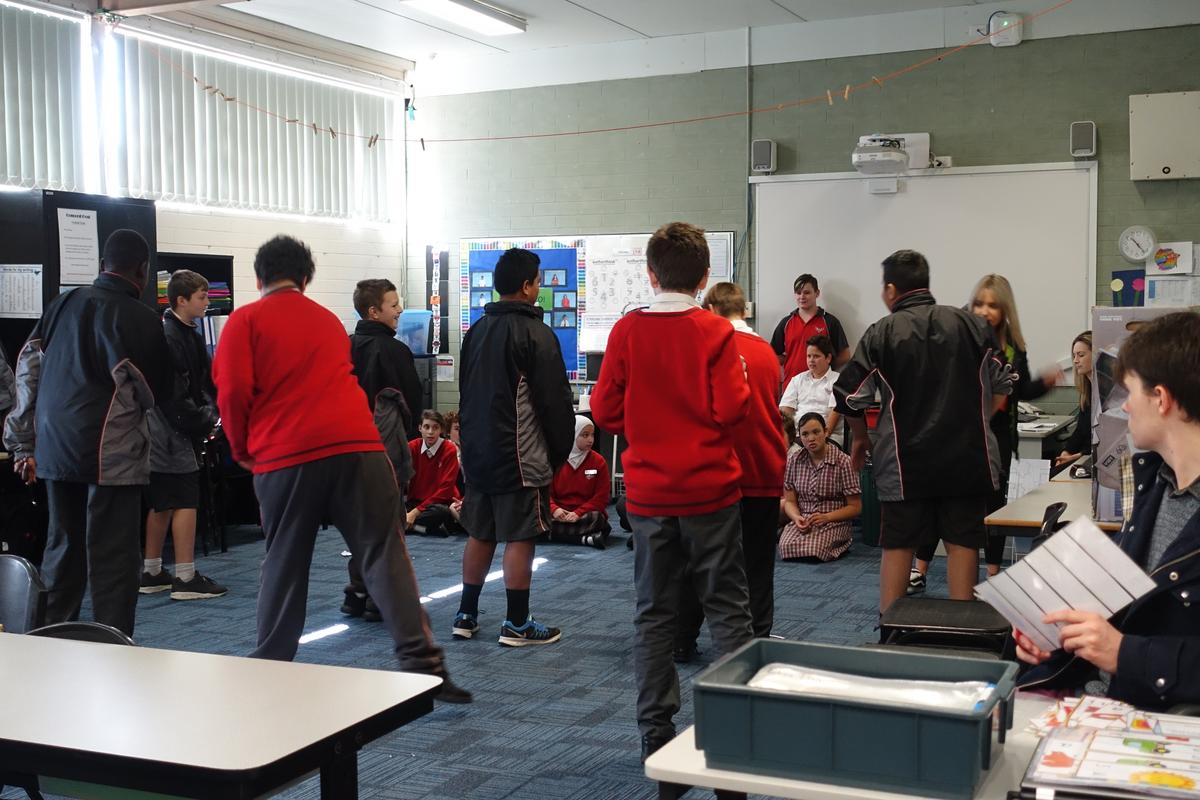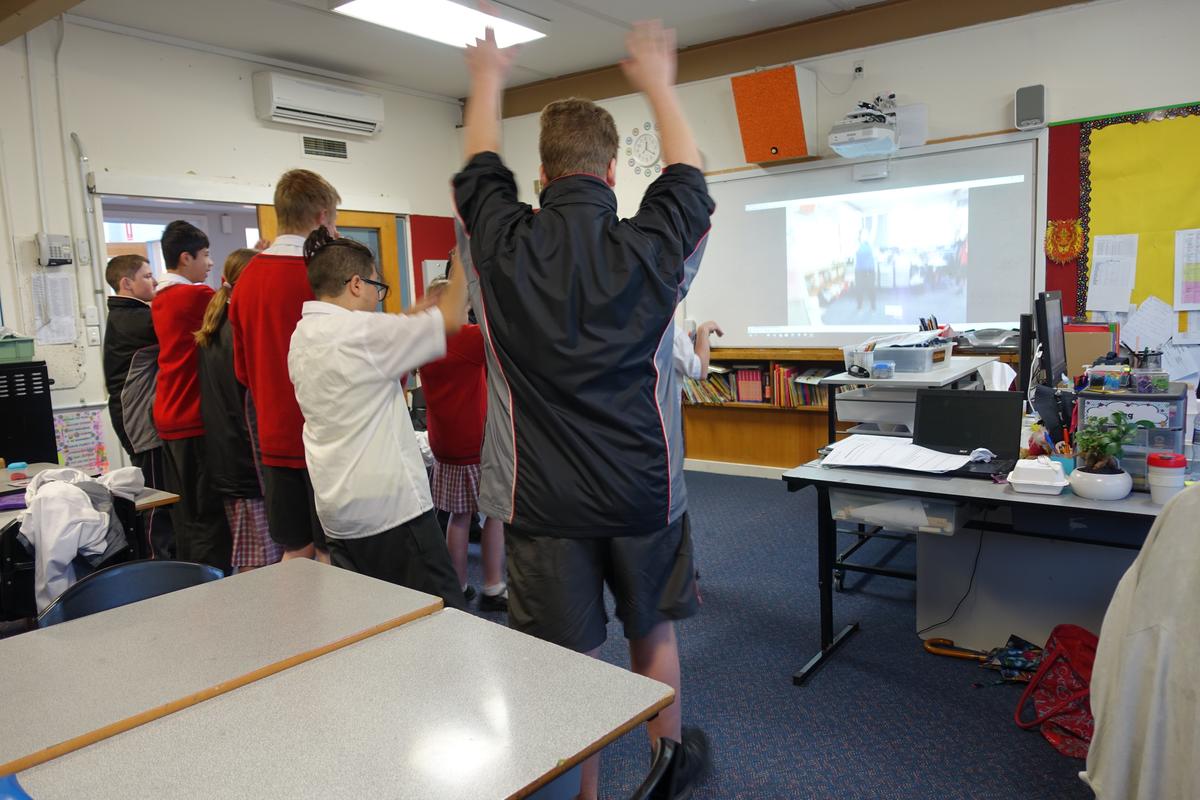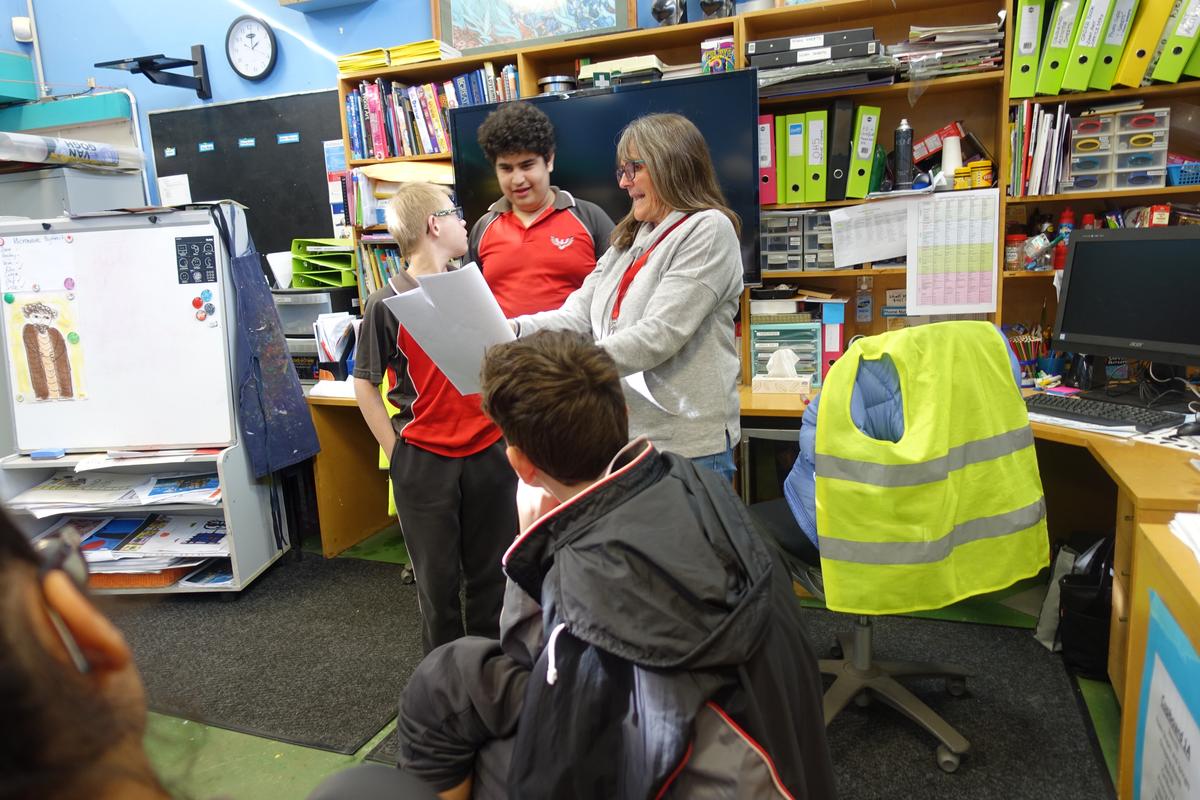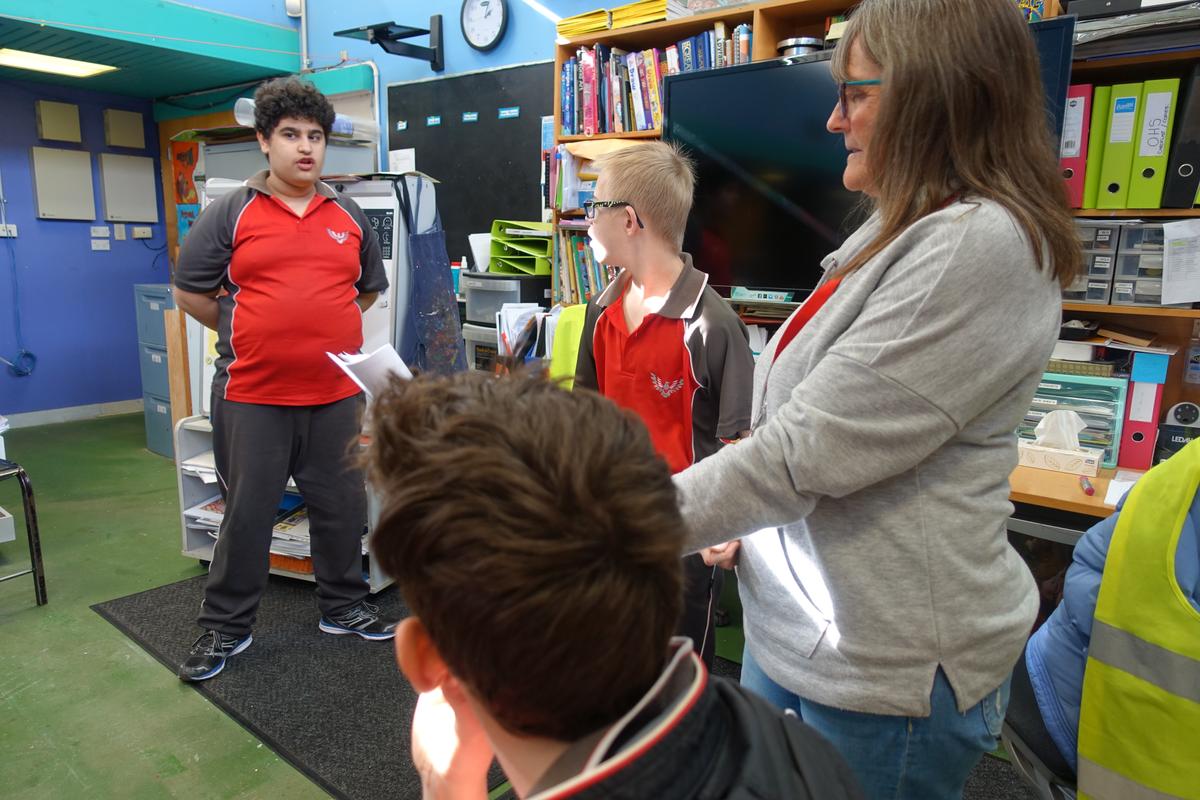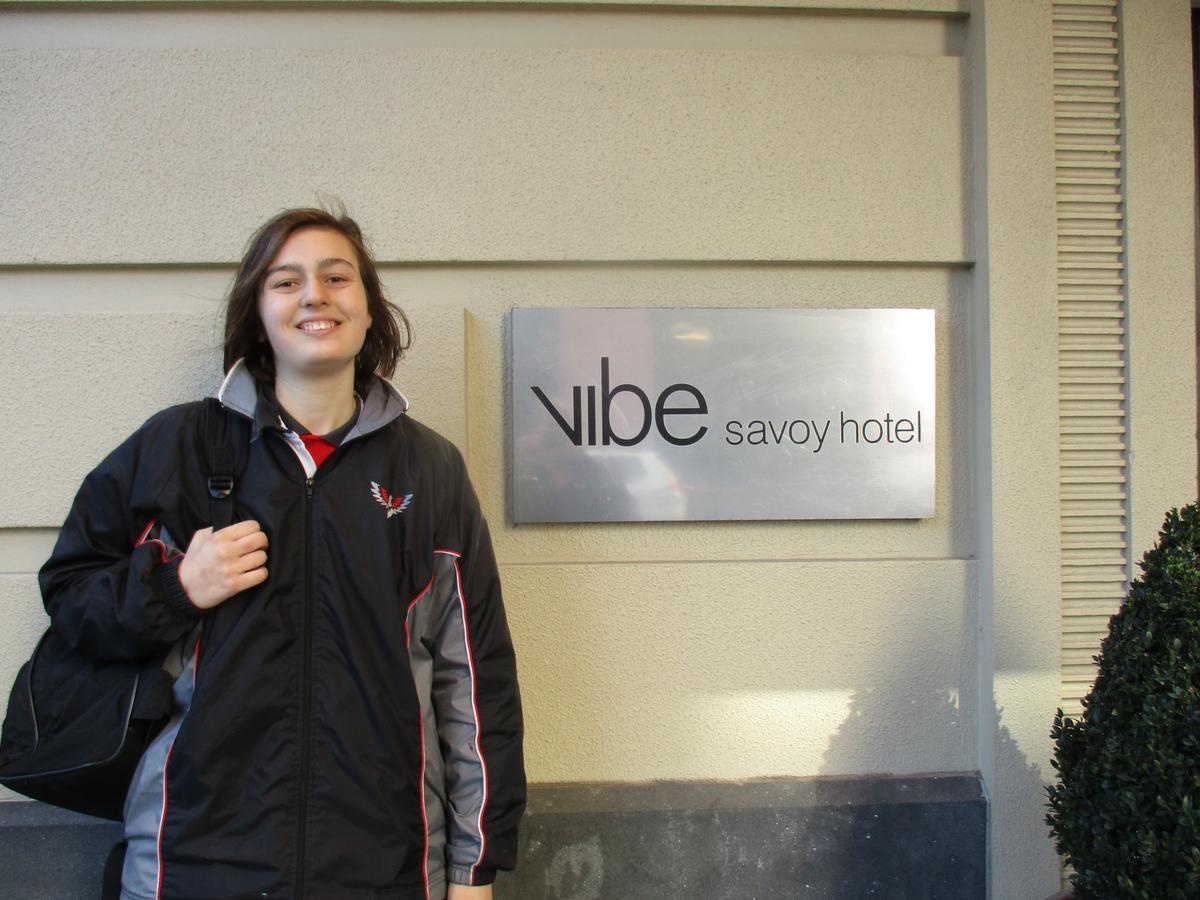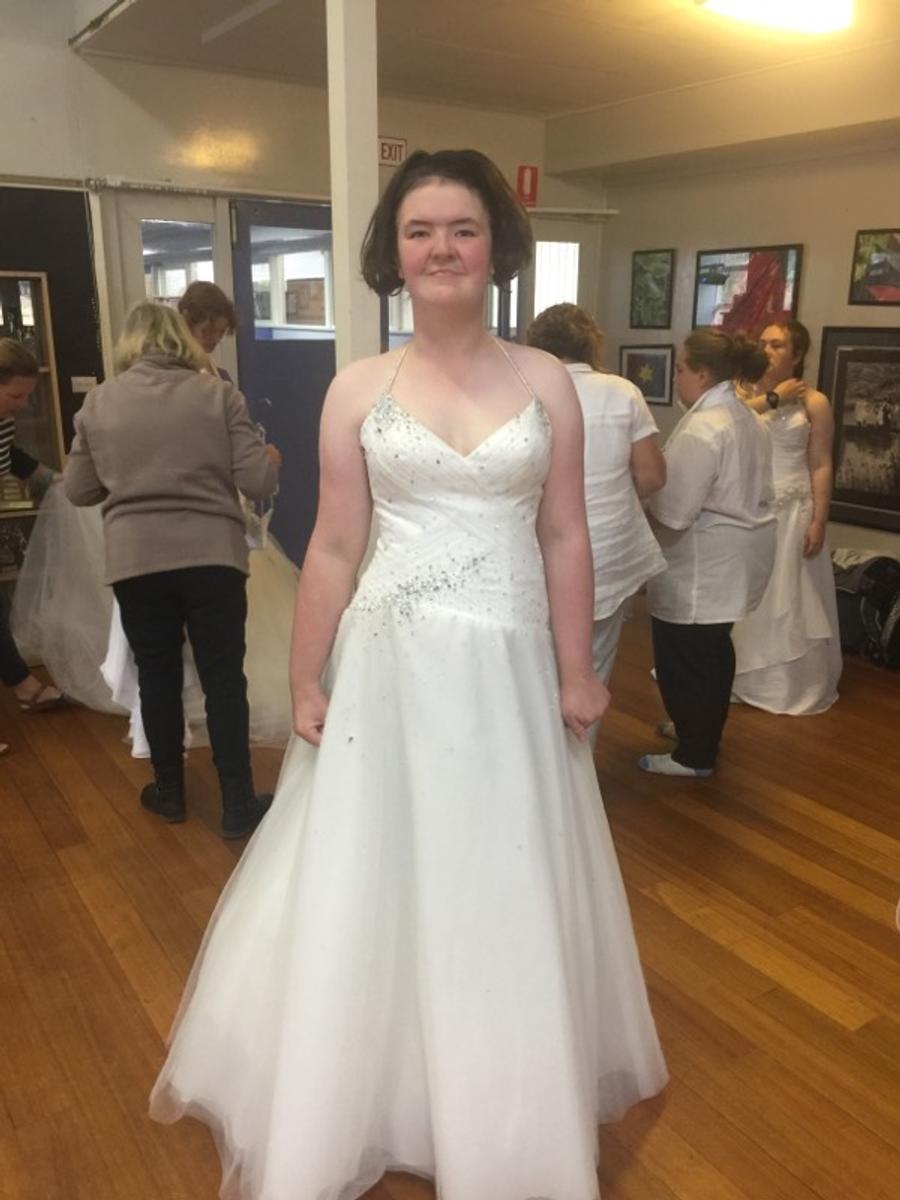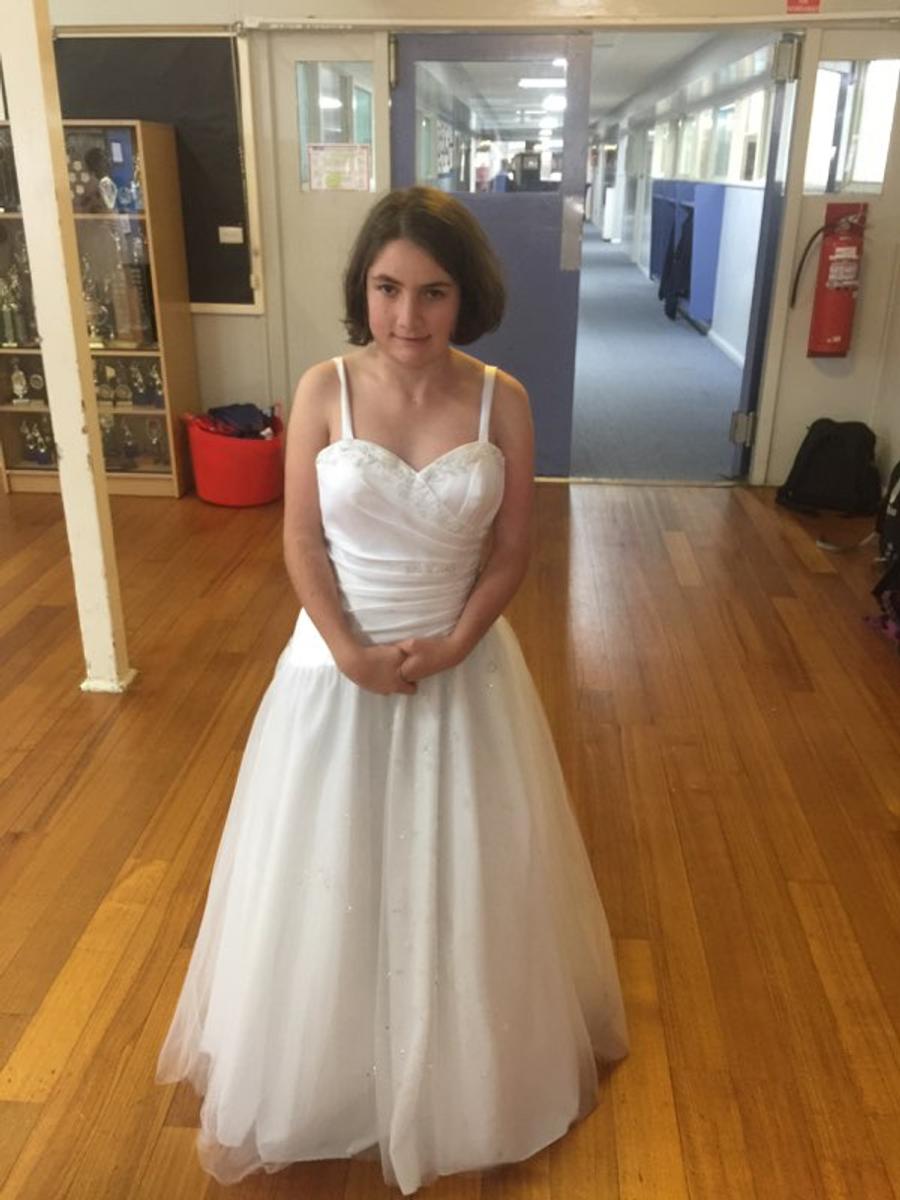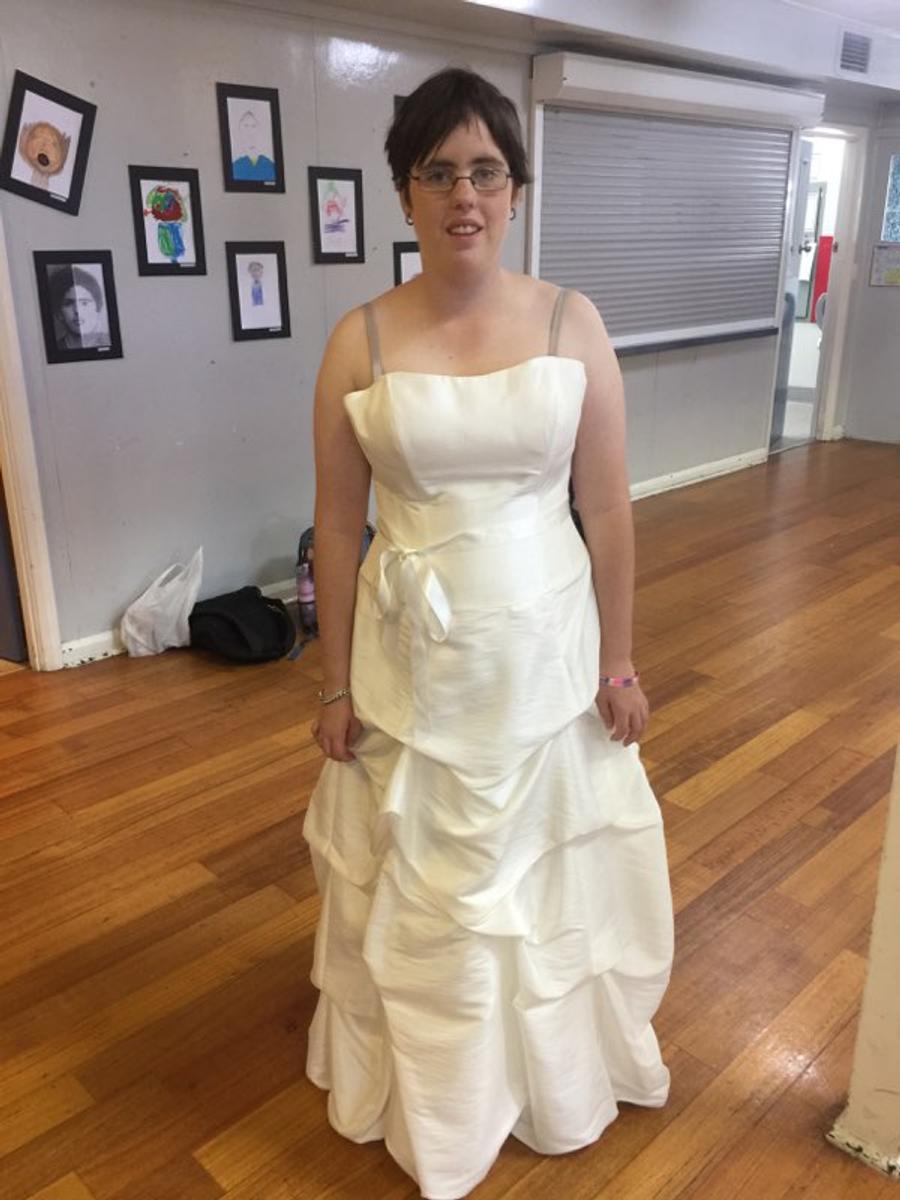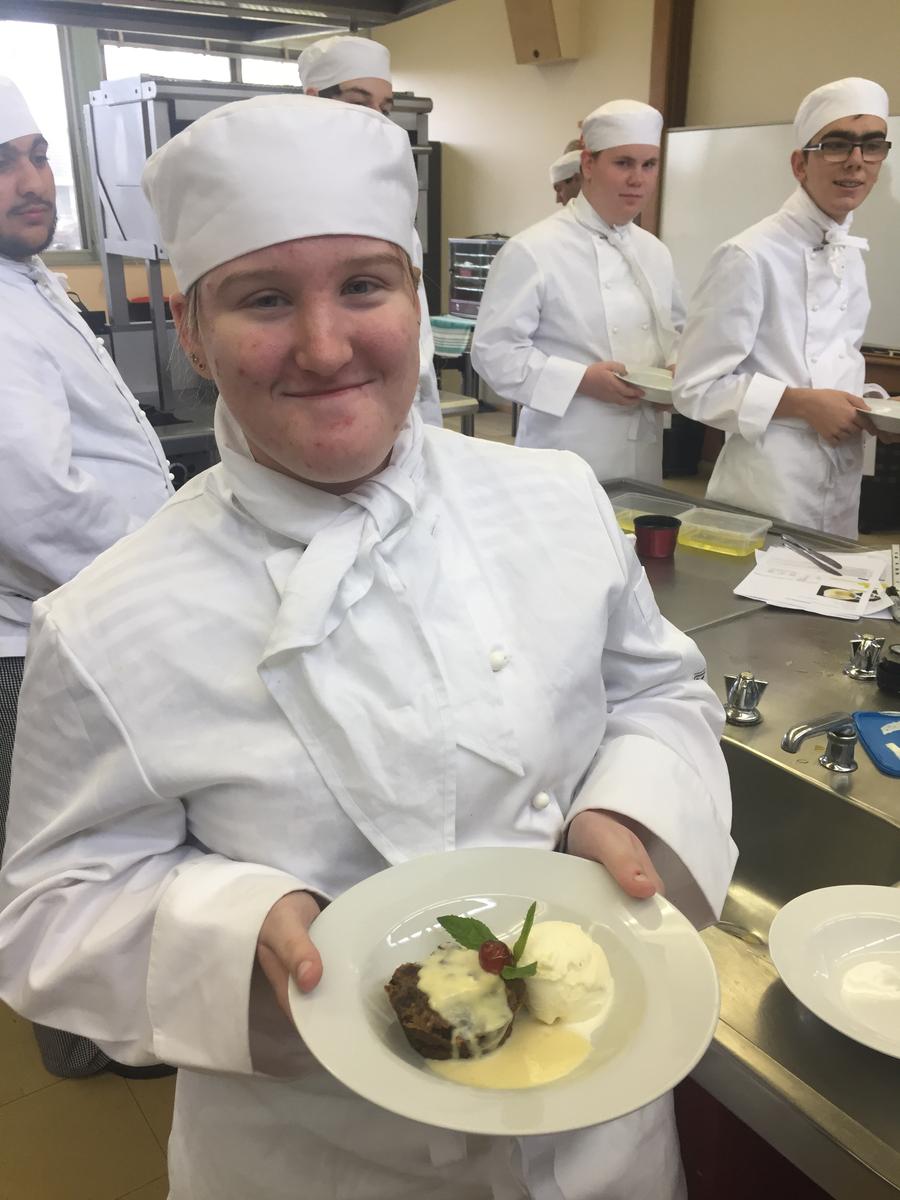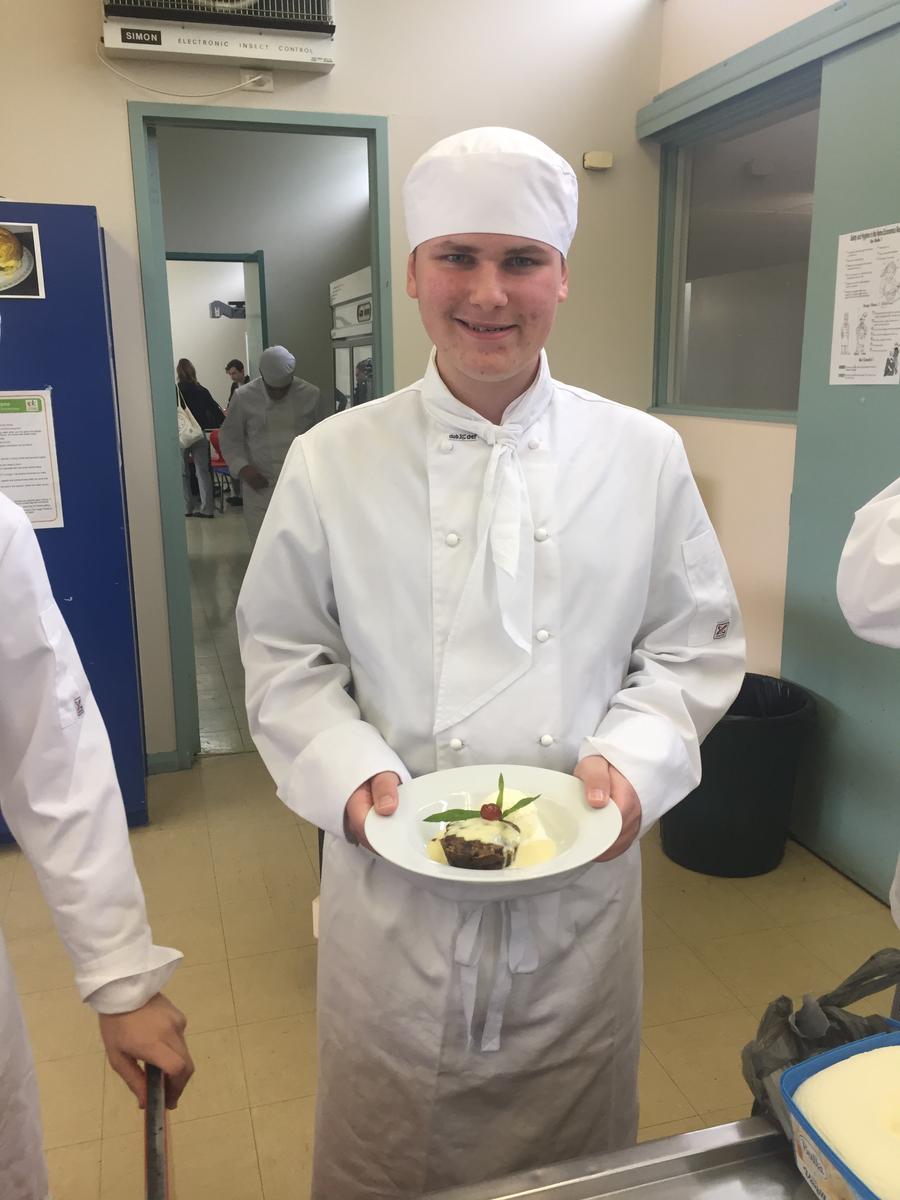Teaching and Learning
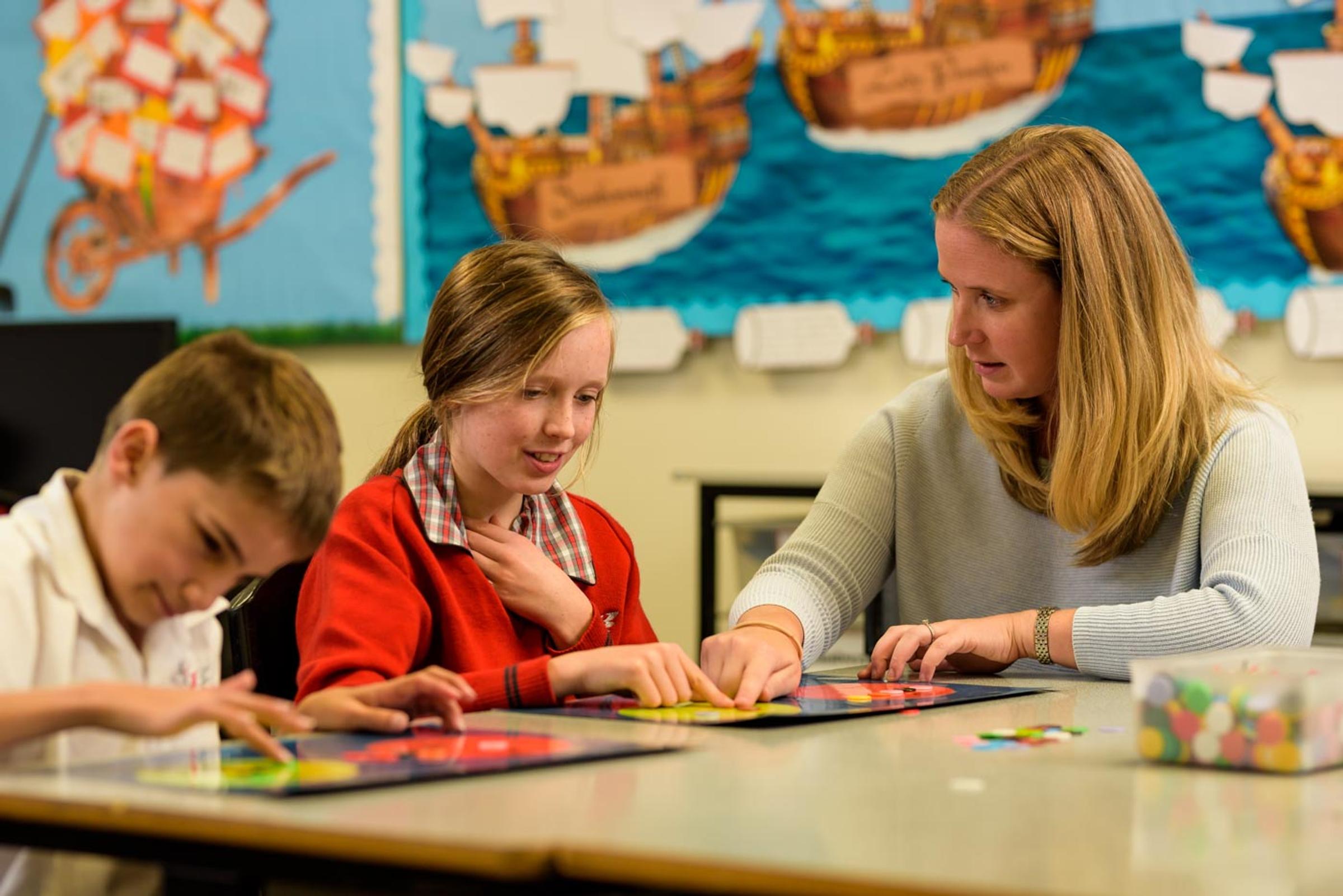
Thank you
Thank you to all parents/careers and students who engaged in our recent SSG meetings. Although last Tuesday evening (July 31st) was wild and wet many of our VCAL students and families participated enthusiastically in SSG interviews. At Concord School we really value this opportunity to develop and enrich our parent and school partnerships. The VCAL team reported that the three way interviews were warmly welcomed by parents. Students had selected learning evidence from their portfolios and were keen and well prepared to talk to their parents and carers about their learning. Many Secondary 7-10 students also participated in the 3 way interview process last week. These students demonstrated with work samples and other evidence how well they met their personal learning goals. It was great to see students confidently talking about their progress and showing parents their learning evidence. There was a good spread of parents and carers attending our Primary SSG meetings as well.
If you have missed the opportunity to chat to the class teacher or specialists about your child’s learning contact the teachers and arrange a time to talk on the phone, via email or face to face.
English
Over the last 3 weeks all students have been focussing on reading and writing procedural text such as recipes, science experiments, instructions, rules or directions. The purpose of a procedure is to tell the reader how to do or make something.. When writing procedural texts, students will use a variety of language features, including; present tense, action verbs, adverbs, connectives to indicate time. They will often add drawings, pictures, diagrams or maps to support the text.
I captured students across the school developing their readiness to write procedural text by:-
1:participating in language experiences
- making paper planes, piggy banks, shape monsters
- blowing bubbles and brushing their teeth
- making fairy bread, jelly and decorated biscuits
- preparing ham and cheese toasties
2. :using visuals to complete a procedure:
In particular, using photos, pictures, picture words, picture word sentences or their own writing to sequence the steps of the procedure
3.building procedural vocabulary:
Groups have created lists of action verbs (spread, mix, cook) and connective words (first, next, then, finally).
4. exploring common structural and language features of different kinds of procedural
text i.e. discussing and comparing recipes, game rules, experiments, directions,
construction guides and phone instructions
5.independently viewing an experiment online and using a graphic organiser to write
a procedure.
6. following a student’s written directions to achieve a goal e.g. ‘getting to Colin’s office’
7. incorporating procedural text in most Integrated curriculum sessions on
F-10 students are currently engaged in planning and writing up Science experiments during this unit.
Students will undertake a common assessment writing task at the end of the unit on procedural text (i.e. week 5). This task will demonstrate how well they have learnt to incorporate procedural structures and language features in their writing. Early writers will experience an everyday procedure such as making jelly and identify the materials they need. Other students will sequence procedures using pictures or picture sentences. More confident writers will use a graphic organiser and write three or more sequenced procedures. More advanced writers are expected to write the goal and materials, draw and label pictures or diagrams, complete four or more procedural/chronological steps that have action verbs, connective language and adverbs to qualify the verbs. e.g. ‘pour the hot water slowly…’
The assessment tasks vary in content across the sections to reflect the age and needs of the students. All students will experience a familiar process and will draw on their prior knowledge to write their procedure. Primary students will complete a basic food preparation procedure, Secondary 7-10 students will compose procedures linked to their Integrated Units on heating and melting or the transfer of chemical and electric energy. Whilst VCAL students will construct procedures related to their current Work Related Skills.
Reading and Viewing- Visual Language ( first 3-4 weeks)
Reading classes are all currently investigating a range of texts to support the comprehension focus on procedural text and visual language. Visual Language is about how different images in texts contribute to meaning. For the last three weeks students have discussed and discovered how images in books, signs and multimedia work and how they affect our understanding, feelings, and opinions.
Learning programs have focused on identifying, describing and matching images and words. They have also practised identifying the key topic of a text through images and explored how both print and images create meaning.
I observed a number of students engaged in deepening their visual learning by:
- looking for picture clues during picture walks
- sorting images into real or imagined/main idea or supporting detail etc.
- asking who, what where questions about the images
- reading wordless texts to tell the story using imagery alone
- writing a story for a wordless text to broaden understanding about how images are read and to increase shared reading opportunities
- drawing images to convey a feeling or personality trait
Helpful home reading tips:
- Explore the visual language of books together with your child
Before reading a book discuss the cover and the illustrations or pictures. Ask:
- What does the picture/image/photo/drawing tell you?
- Do the visuals give you extra information?
- What are the features of the visual
During and after reading-Ask your child:
- How does the picture match the text?
- How do the visuals help you understand the text?
- Explore the visual language of multimedia (TV, iPad apps, signs, advertisements, movies)
(Ask similar questions before during and after viewing different media. Include discussion about what impact the images have on your mood or feelings? Think about how the creator achieved that effect)
Primary students will now shift their focus from Visual Language to Phonics and Word Knowledge for the next four weeks. Secondary students will complete a further week of consolidation on Visual Language this week and move to Word Knowledge for the following 2 weeks.
Phonics is basically the relationship between speech sounds (phonemes) and their symbols or letter patterns (graphemes). When reading, children need to "break the code" of written language, as well as comprehend texts. Awareness and recall of these sound-letter patterns is relevant for the development of both reading and spelling.
Effective phonics instruction includes:
- explicit teaching of the grapheme and phoneme
- multiple exposures to the grapheme and phoneme through meaningful texts and contexts
- systematic teaching of graphemes and phonemes based on what students need to learn (building on known knowledge)
- explicit links to handwriting and how the upper and lower case grapheme is represented.
In the early stages of phonics learning students are taught to recognise all upper- and lower-case letters and the most common sound that each letter represents.
- As they begin to learn the alphabetic principle and distinguish between sounds and letters they then move onto blending sounds. Usually they learn to blend sounds associated with letters when reading consonant-vowel-consonant words. For example, blend one syllable words: c-a-t, p-e-g and apply this knowledge when reading.
- As they progress students are taught to recognise short vowels, common long vowels and consonant digraphs, and consonant blends
- Then they understand how to spell one and two syllable words with common letter patterns for example ‘tree’, ‘star’ and 'about',
- This leads to learning an increasing number of high frequency sight words recognised in shared texts and in independently read texts
More confident readers:
- understand that a letter can represent more than one sound, and that a syllable must contain a vowel sound
- Understand how to use visual memory to write high frequency words, and that some high-frequency words have regular and irregular spelling components
You can help your child with phonics and word knowledge by
- sharing lots of books together
- singing songs and rhymes together.
- making up little words-real or nonsense that blend consonant-vowel-consonant words
- engaging in word rhyme challenges
Looking for words in the environment and prompting your child to say the beginning
Mathematics
Number and Algebra- Money weeks
The five week Money unit engages students fully in recognising and using Australian coins as they improve their counting, place value, addition and subtraction skills.
Over the next two weeks students move from money familiarisation (sorting, matching and naming coins and notes, comparing foreign currency) to using number processes and developing financial literacy
I am now observing classes actively engaged in a wider range of money-related learning, at their point of need:
- counting coins of the same denomination e.g. multiples of 5, 10, 20 and 50,
- working out equivalent values using different combinations of money e.g. by giving change in multiple ways in shopping scenarios
- calculating change based on efficient place value, rounding, addition and subtraction strategies e.g. Using front end rounding and estimating with whole numbers and money and applying more advanced mental addition and subtraction strategies
- tackling worded problems and calculating algorithms to two decimal places e.g. calculating a lunch challenge for three people- creating an order, working out costs, payment and change using a graphic organiser
- organising budgets to demonstrate basic financial literacy e.g. Planning a class excursion using an organiser. Working out a budget for the trip that shows the cost of all activities.
- sticking to a budget- e.g. on weekly Experience Days PreCAL students plan their lunch purchases, check their money wallets, keep receipts and calculate change with assistance. Last week Yr. 7/8 PreCAL students planned and purchased ingredients for a delicious salsa and tortilla cracker snack for less than $20. The gourmet dish they prepared was eaten with relish!
- engaging in Earn and Learn programs e.g. Currently VCAL students get provisionally paid for engaging in their Work Related Skills work placement and they have to budget that money to live. Last Friday all Year 11 students completed an Industry Hunt in the city. There were point incentives for more precise photographic evidence of various industries. The points for the day were converted into Earn and Learn dollars for each student.
Measurement and Geometry-Shape-(first 5 weeks)
During the five week Shape unit students progressively improve their ability to identify the attributes of shapes and objects and learn how they can be combined or transformed.
Over the next two weeks students move from understanding 2D shapes (matching, sorting and naming them and locating examples in the environment) to more confidently recognising, manipulating and describing 2D and 3D shapes.
Classes are now actively engaged in a wider range of shape-related learning, at their point of need:
- making 3D shapes e.g. using materials to explore or following construction designs such as straws and Blutak, Strawbees, Zoob, Mobilo, Little Architect kits
- making 3D shapes using 3D nets or origami
- sorting 3D shapes according to attributes e.g. ordering solids and nets
- playing 3D shapes games e.g. Who am I?. This game consolidates knowledge of attributes of 3D shapes. Players must match cards containing various attributes to a 3D shape. .It reinforces 3D shape recognition and naming (e.g. triangular prism, cone, cube, rectangular prism).
- discussing what makes a 3D shape. What is a pyramid? Focusing on spheres, cubes and cylinders. Listing examples of objects that are shaped like a sphere, cube or cylinder
- exploring prisms examine solids (3D objects) and what are the features and characteristics of prisms. Using the correct terminology e.g. face, corner, edges, vertices, base and apex
- locating examples of prisms in the environment and online and defining what makes a prism.
- Independently identifying, manipulating transforming 3D shapes using online programs such as iPad apps and Mathletics
- making tessellation patterns by following online instructions and recognising lines of symmetry .
Integrated Studies
In different sections across the school the integrated learning is really hotting up
Lower Primary students are investigating the weather and how weather can affect their lives. They have been;
- observing and recording weather
- choosing suitable clothing for the weather
- constructing weather word picture walls
- creating weather art work depicting the seasons and rainbows and making weather vanes.
- participating in a hands on science incursion where they observed and performed some weather based experiments
Upper Primary students are Spotting the Difference between the diversity of materials in the world. They are exploring change through the context of food and other materials including spaghetti, chocolate and popcorn. So far they have been:
- comparing cooked and uncooked spaghetti and recording their different properties
- making 3D shapes with uncooked spaghetti
- comparing hot and cold water and seeing what happens to icy poles left outside
- comparing hot chocolate and cold chocolate powder
- comparing popped corn and corn kernels and
- investigating jelly crystals and jelly
- thinking about reversible and non-reversible change
- Yr, 7/8 students are exploring heating and melting in order to find out how solids or liquids are influenced by temperature. They are discovering how and why items from their everyday lives can change.So far they have:
- conducted experiments on heating and melting using Smarties/ chocolate
- participated in an informative science incursion where they observed and engaged in a range of exciting chemical and physical science experiments linked to the topic.
- undertaken a fun experiment called ‘ice block on your hands’ Students followed a science procedure, made an hypothesis about the result and used iPad timers to measure their cold tolerance time. They also recorded in their science journals what they saw, heard, felt and thought throughout the experiment. The science journal will be used over the Semester. It will really help consolidate students’ science and procedural text knowledge and skills as it includes student’s written text, drawings, measurements, labelled diagrams, photographs, tables and graphs.
Yr. 9/10 students are investigating Changing matter and electricity. Over the Semester they will start to identify and explain physical and chemical changes in everyday materials. They will investigate the properties of various chemical and electrical materials and design and conduct experiments to deepen their understanding of the factors that influence the rate of change. Last week I observed classes engaged in discussion about safety and electricity. Students viewed electrical safety videos and created an informative T-chart to consolidate safe and unsafe electrical practices.
PreCAL students are undertaking a unit of study on Leisure during terms 3 and 4. This unit focuses on developing the student’s social interactions and communication skills as they explore a range of leisure opportunities in the wider community. Students will gain confidence as they become familiar with many diverse leisure options. They will identify areas of interest and how to access different hobbies and activities during personal leisure time. Students will explore common interests to develop social groups and practice the skills required to actively participate in an activity and include others. Through these experiences students will improve their ability to engage in meaningful leisure activities in the broader community.I caught up with some PreCAL classes last week:
- Yr. 7/8 SFC had been to Spotlight and Coles to collect items to make heat bags. I was amazed at the progress they had made. See the photographs yourselves. By the end of the week they had not only measured and cut the material needed for the bags, they had poured the rice into the sewn bags and sewed up the corners. Most of the bags are ready to go! They will be sold at the term 4, Year 7/8 Expo- So make sure you arrive early enough to choose your preferred heat bag design! They will go like HOT CAKES!
- Yr 9/10 SGJ had been to Bundoora Square. They had practised following a schedule to get there, collected items to make a smoothie, bought lunch and caught public transport back. Whilst at Woolworths they used a shopping list to gather the correct ingredients for the smoothie. Back at school they made and enjoyed a banana and berry smoothie. Next week they plan to use pictures and text to co-construct the procedure for making smoothies so they can make them at home.
Social Competencies
For the first three weeks of term students have explored self-perception. Self-perception refers to the idea that you have about the kind of person you are and includes three interrelated concepts: self-identity, body esteem and self-esteem.
Students in Lower Primary have learnt, through practical class experiences, that:
- they can identify their own likes and dislikes
- their behaviour affects others feelings
- turn taking (particularly in Prep classes) means waiting for a turn
Yr. 4 -12 classes have learnt through discussion, role play and tasks that:
- it’s important to have a healthy attitude about their mind and body
- they need to accept physical changes that occur as you grow
- they need to practice giving each other compliments
- they can identify their own strengths, challenges and limitations.
Last week Upper Primary and Secondary 7 /8 students made posters that prompted them to choose positive self-talk when they are interacting with other people. Students also added their personal spin on strong positive self-talk. Secondary 9/10 students discussed the role of media in shaping their self-esteem.
Parents can help their child maintain good self –perception and build self-esteem by discussing physical changes with them, celebrating their strengths, supporting them to meet challenges and reinforcing positive self-talk at home and in the community.
In the next four weeks students will build on their self -perception skills as they embark on a new but related Social Competency theme ‘working in teams.’ In the final three weeks of term the learning shifts to Drug Education. A strong initial focus for ‘working in teams’ for all Primary students centres on developing daily social competencies with a partner and team: turn taking, sharing, joining in, manners, winning/losing, helping and apologies. This focus may be reinforced in some Secondary contexts but their key focus is understanding what a team is and developing the skills to participate as a partner/team to achieve a goal. Without giving too much away Social Competencies teachers plan to canvas appropriate team skills and then create challenges that prompt students to engage in positive team work to achieve a successful result.
Spotlight on Special Learning Events
Prep Milestone-100 Days of School
Kath Moore reported in the last newsletter that the Prep students recently celebrated a milestone in their schooling -100 days of school. What a memorable achievement!
Of course they celebrated this in true Lower Primary style. On the day, Preps wore fancy dress, participated in a variety of party games such as ‘Pin the glasses on a Prep’, ‘Pass the Parcel’, ‘Musical Chairs’ and enjoyed party food.
Well Done Preps! A BIG Thank you to the Prep Team that made this all happen!
We hope your next 100 days at Concord school are also worth commemorating!
Year 9/10 Camp
Teachers and the Forest Edge Camp staff were greatly impressed with the endeavour, teamwork and physical skills displayed by the Yr. 9/10 students during their recent action–packed camps at. Neerim South and Mt. Baw Baw.
The three busy days included
- a base camp team building and survival skills day: making weather proof bush huts, campfire cooking and a stacking crate climb
- a snow day-with tobogganing and snowball fights and
- a physical challenge day-soaring high on the flying fox and negotiating the low ropes course and rock-climbing walls.
Sam Birrell and her camp team are to be congratulated for planning and implementing a highly successful camp. The report in the last newsletter overwhelmingly captured both student and staff excitement and collective enthusiasm for this camp experience. There was no doubt in my mind, from pictorial, spoken and written evidence, that these students have earned their accreditation towards their Duke of Edinburgh certificate. They engaged in new and challenging experiences and learnt important and relevant social and physical skills in the process. No wonder most of the students had a nap on the bus back to school!
Christmas in July
Bronwyn Hart recently attended an exceptional Christmas in July event at Peter Lalor Vocational College. Thirteen students from Concord School worked in a class with students from mainstream schools in our region to cater for 25 school staff and family members. They prepared and served a delicious three course meal with all the Christmas and festive season trimmings.
Bronwyn was not the only one who was impressed with the students’ composure, and confidence in the kitchen and serving spaces. These impressive Concord students are currently working towards a Certificate II in Kitchen Operations.
These events don’t just happen overnight. The class has worked towards this event throughout the first semester and collaborated with the Certificate II in Event Management students to host this lunch.My only regret is that I could not accept the gracious invitation I received to attend this event. Congratulations, however, to all the students and teachers for organising and staging an enjoyable and successful Christmas in July.
What to look out for next:
Secondary Hairspray Spectacular performance
Students in Secondary 7/8 have been busy practising their routines and their lines as well as getting fitted for their costumes. The lead performers, Mia and Jake, have had photoshoots in the Discovery Centre so Ashley Butler can create a promotional poster to advertise the production. Watch out for this dazzling promotional poster in the next newsletter!
Dates to remember:
Thursday 13th September -Performing for whole school students and staff at 1.30pm
Friday 14th September-Performing for Secondary 7/8 students, family and friends at 7pm
Two Presentation Balls
Every Monday afternoon, this month, is Ball rehearsal time for many of our VCAL students. The suit and dress fittings for our young men and women are well underway and all reports suggest they are looking fabulous. Chris Varalla is doing an amazing job altering the dresses as needed. THANK YOU Chris!! I’m looking forward to attending these two gala occasions!
Dates to remember:
Friday 31st of August Year 11 Presentation Ball
Friday 7th of September Year 12 Presentation Ball
Helen Edmonds
Acting Assistant Principal
